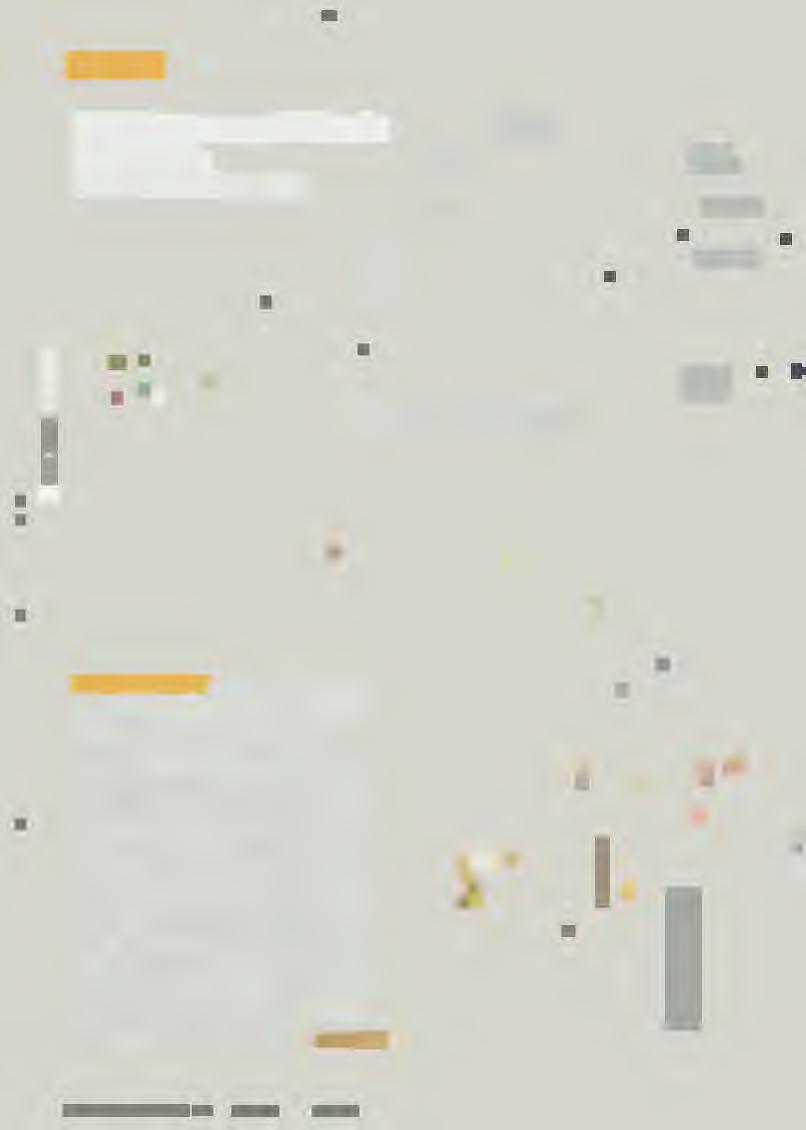





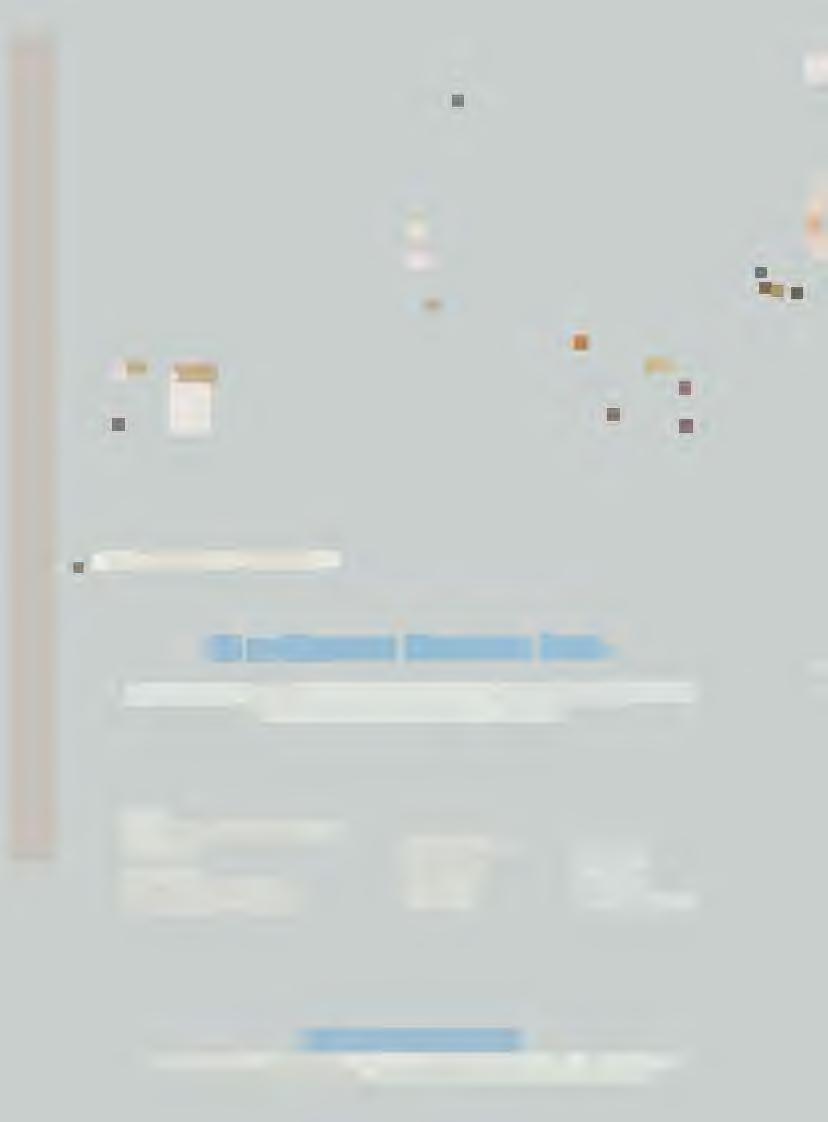




PUBLISHER Jack Becker
MANAGING EDITOR Karen Olson
CREATIVE DIRECTOR Nichole Goodwell
ART DIRECTORS Outside the Box Designs
ASSOCIATE EDITOR Joseph Hart
COPY EDITOR Loma Huh
EDITORIAL ASSISTANCE
Amelia Foster
PRODUCTION ASSISTANCE
Shauna Dee
Suzanne Lindgren
ADVISORS
David Allen
Jerry Allen
Penny Balkin Bach
Tom Bannister
Ricardo Barreto
Cathey Billian
Fuller Cowles
Susan Doerr
Greg Esser
Thomas Fisher
Gretchen Freeman
Glenn Harper
Mary Jane Jacob
Mark Johnstone
Stephen Knapp
Suzanne Lacy
Jack Mackie
Jill Manton
Jennifer McGregor
Patricia Phjj]ips
Phil Pregill
Joyce Pomeroy
Schwartz
Shelly Willis
EDITORIAL INQUIRIES editor@ForecastPublicArt.org
ADVERTISING INQUIRIES ads@ForecastPublicArt.org
SUBSCRIPTION/ ORDER INQUIRIES info@ForecastPublicArt.org
www.ForecastPublicArt.org
ADVERTISERS
A. Zahner Company
Americans for the Arts
Art in Odd Places
Barbara Grygutis Sculpture
Broken Crow
Broward County Cultural Division
Brower Hatcher
Chicago Public Art Group
Children's Museum of Pittsburgh
City of Albuquerque, NM
Dennis Oppenheim Studio
Franz Mayer of Munich, Inc.
Heavy Industries
Kansas City Municipal Art Commission
Los Angeles Metro Art
Peters Studios
Seattle Office of Arts & Cultural Affairs
San Antonio Office of Cultural Affairs
Vicki Scuri Siteworks
Western States Arts Federation
www.ArtfulPlaces.com
Find links to our Advertisers' websites at www.ForecastPublicArt.org/par-advertising.php
Howwhatweeataffectspublicart (andviceversa)ona globalscale.
© 2011 Public Art Review (ISSN: 1040-21 lx) is published twice annually by Forecast Public Art. Annual individual subscription rates are $24 for USA, $31 for Canada/Mexico, and $37 for Overseas. Annual institutional subscription rates are $48 for USA, $62 for Canada/Mexico, and $74 for Overseas. Public Art Review is not responsible for unsolicited material. Opinions expressed and validity of information herein are the responsibility of the author, not Forecast, and Forecast disclaims any claims made by advertisers and for images reproduced by advertisers. Index and Artbibliographies Modern. This issue is available on EBSCOhost databases.
FORECAST PUBLIC ART
2300 Myrtle Avenue, Suite 160
St. Paul, MN 55114-1880
TEL 651.641.1128
FAX 651.641.1983
OUR MISSION Forecast Public Art
is a 501(c)3 nonprofit organization that strengthens and advances the field of public art-locally, nationally and internationally-by expanding participation, supporting artists, informing audiences and assisting communities.
Frank Fitzgerald (chair]
Joseph Colletti
Kurt Gough
Andrea Jenkins
Shakun Maheshwari
Caroline Mehlhop
John Morse
Richard Ruvelson
Joseph Stanley
Diane Willow
JackBecker
Executive Director+ Principal
MelindaChilds
Directorof Artist Seivices + Consultant
NicholeGoodwell
CreativeDirector+ Consultant
StaceyHolland
Associate Director
MollyBalcomRaleigh Development Officer
JessicaFiala
Artist Services Assistant
AmeliaFoster
Program+ Administrative Assistant
CLIENTS and PARTNERS
The Bakken Museum
City of St. Louis Park, Minnesota
City of St. Paul Parks & Recreation
College of Fine Arts, Univ. of Shanghai
Nancy Ann Coyne
Hennepin County, Minnesota
Hennepin Theatre Trust
Jeff Lohaus
MN State University Moorhead
Ramsey County, Minnesota
REDA/Youth Farm and Market Project
Regional Arts Councils of Minnesota
University of Delaware -Newark
University of Minnesota Libraries
Web Resources for Art in Public
Thank you to the following supporters, from May 1 to November 1, 2011:
Andy Warhol Foundation for the Visual Arts
ArtsLab Partners:
Bush Foundation
F.R. Bigelow Foundation
Mardag Foundation
The McKnight Foundation
The Saint Paul Foundation
Arts Learning Exchange
F.R. Bigelow Foundation
Jerome Foundation
Knight Foundation
The McKnight Foundation
Minnesota State Arts Board
National Endowment for the Arts
St. Paul's Cultural STAR Program
The Saint Paul Foundation
Travelers Foundation
ARTS
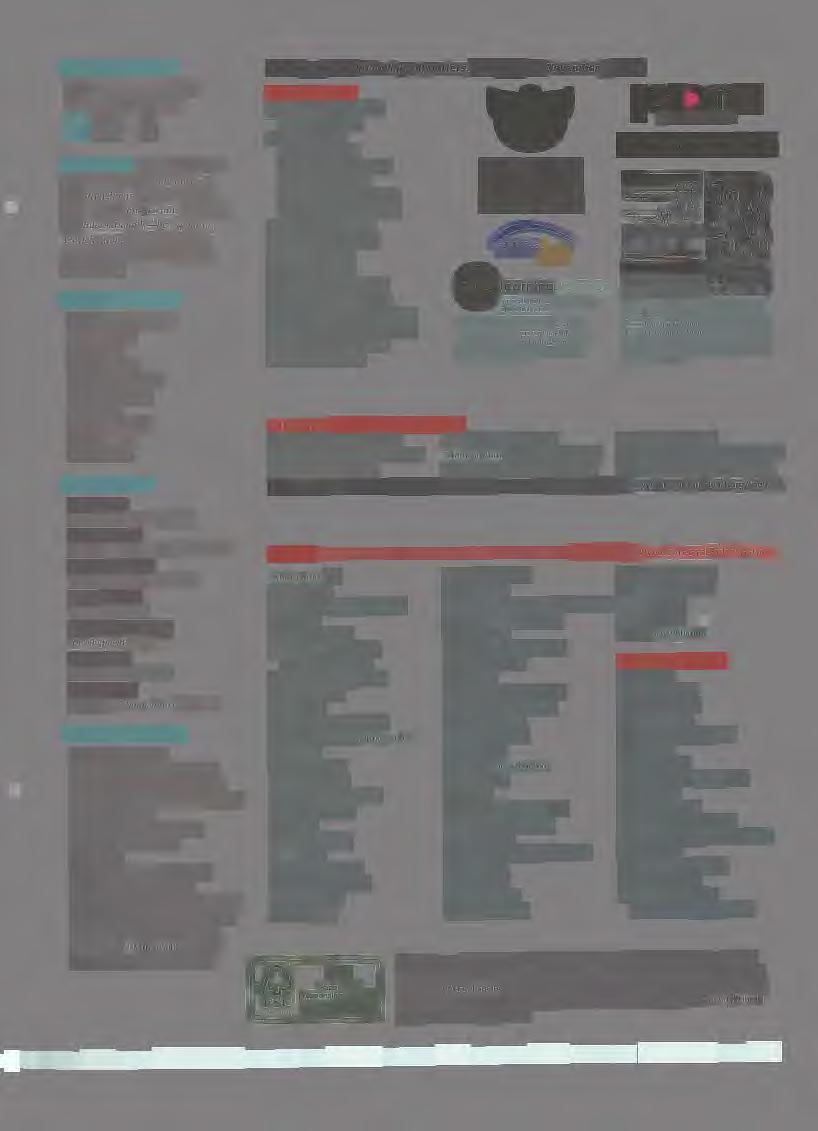
Central Minnesota Arts Board
East Central Regional Arts Council
Five Wings Arts Council
Region Arts Council
Regional Arts Council
Minnesota Arts Council
Now Online! The Public Art Toolkit, a one-of-a-kind resource for creating public art:
Anonymous (3)
Jeanette Beck
Jack Becker & Nancy Reynolds
Lann Briel
Keith Christensen
City of Aurora, Colorado
Art in Public Places
Bob Close & Cindy Peltier
Charlotte Cohen
Craig David
Richard & Valerie Deutsch
Konstantin & Adele Dimopoulos
John Early
Electroland LLC
Episcopal Homes
Vickie & Anthony Foster
Gretchen Freeman
Niki Glen
Joanne Hayakawa
Nancy Holt
Christine Huskisson
Barbara Benson Keith
Stephen Knapp
William Lager
from
Megan Leboutillier
Helen Lessick
Los Angeles County Arts Commission
Robert & Frenchy Lunning
Christi Martin
Malcolm & Wendy McLean
Margaret Markow
Diane Moe
John Morse & Joe Hamilton
Laura & Philipp Muessig
Museum Services
Robyn G. Peterson
Marjorie Pitz
Christine Podas-Larson
Anne Preston
Ron Rapp
SRF Consulting Group, Inc.
Shirley & Tom Reynolds
Schuler Shook
Stan Carroll - Beyond Metal, Inc.
Margaret Rog
Rebecca Ryan
Michael Sweere
Camille Utterback
Vicki Scuri Siteworks
Dr. Emily Wadsworth
Nancy Webber
Tom Whitlock
Sharon Zweigbaum
MULTI-YEAR DONORS
Harriet Bart
Pegi Christiansen
Malcolm Cochran
Frank Fitzgerald
Jim Gallucci Sculptor Ltd.
Kurt Gough
Ann S. Graham
Jim Hirschfield & Sonya Ishii
Peter Kramer
Andrew Leicester
Caroline & Scott Mehlhop
Andrea Myklebust & Stanton Sears
Philip Pregill
Philip & Mary S. Rickey
Richard Ruvelson
UrbanArts Institute at Massachsetts College of Art
Both the paper manufacturer and the printer of this issue of PublicArt Review are certified by the Forest Stewardship Council'". The issue is printed on Starbrite Opaque paper, made from 10% post-consumer fiber.The vegetable oil-based inks used are free of volatileorganic compounds (VOCs) and do not require solvents to cure; instead, curing was accomplished using an ultra-violetlight source.












"Artists have become sophisticated at reaching non-arts audiences and crafting messages to effect social change and build community outside of traditional venues:'
The simple notion that all Americans deserve the same opportunity to enjoy public spaces falls under the umbrella we call equality. The Occupy movement that swept the country this fall puts this notion to the test in a way that-mostly peacefully and nonpolitically-raises awareness of our corrupt and failing systems. Over the past few months, we've seen artists play a critical role in shaping Occupy's messages (see page 12). What we're seeing now takes me back more than 30 years to when public art-itself a kind of occupation of public spacebegan to flourish.
I got my start in public art at the tender age of 24 as a CETA artist; the Comprehensive Employment and Training Act was a brief but watershed era in federal support of the arts in the late 1970s. The Minneapolis version, City Art Productions, put 60 artists to work in the community and in our studios. My job title-for which I was clearly unqualified-was Gallery Director. The only catch was that the city itself, I was told, was my "gallery." The parks, plazas, libraries, and government center should be considered as venues for CETA artists.
The art of bureaucracy, I soon discovered, is not unlike found-object sculpture, combining disparate "raw materials" of the city to make things happen: artists with ideas, energies, and talents could be coupled with publicly accessible spaces.
What started out as an on-the-job learning opportunity turned into a lifelong career with Forecast Public Art. Thirtythree years later, the public art field is transforming from a community sideline to Main Street influence as it occupies our parks, plazas, and common spaces. Artists have become sophisticated at reaching non-arts audiences and crafting messages to effect social change and build community outside of traditional venues. And creative placemaking has become a major focal point of the field.

I recently had the honor of meeting with Wang Da Wei, dean of the College of Fine Arts at Shanghai University, and Professor Ling Min, who oversees development of special projects, one of which is Public Art, a Chinese-language magazine established in 2009 and devoted to international trends in contemporary public art (not unlike our own Public Art Review). They organized a "summit" meeting that also included veteran arts experts John McCormack from New Zealand, and Lewis Biggs of Liverpool, England, to discuss the development of an International Award for Excellence in Public Art. The first year, it was agreed, we would focus on public art and placemaking.
From that weeklong adventure grew a partnership with the University of Shanghai to catalogue exemplary projects involving artists and placemaking from the past six years. The data collected will be shared online with educators, researchers, and anyone interested in best practices. If all goes as planned, more than 150 projects will be collected, then reviewed by an independent international panel, and a sampling of the best examples will be highlighted in upcoming issues of Public Art Review and Public Art. A single project-temporary or permanent-will be featured as the first recipient of the International Award for Excellence in Public Art.
Developing this award has challenged us to establish definitions and criteria. What is the ideal role of artists in placemaking, and does it matter when the artist is brought into the planning and implementation? How much time do you need to judge success, and how is it measured in different parts of the world, where cultural values differ? How can a temporary project demonstrate a positive long-term ·impactor potential impact?
We hope to bring visibility and recognition to the major contributions of artists to quality of life, shared environments, and spaces that nurture citizenship and public wellbeing. A primary goal is to stimulate debate about the quality of public spaces.
At a recent gathering in Minneapolis to hear about the NEA's new Our Town initiative (see page 14), NEA chair Rocco Landesman said, "Where there's art, there's civic engagement. The arts bring people together. Art helps us all respond to our changing world, changing taste, changing culture." As the grassroots Occupy movement gathers momentum and more public spaces around the world are utilized to convey the message that we, the people, need to unify to create change for the better, the important role ofplacemaking in the creative engagement of citizens will be given the priority it deserves.

JACK BECKERis the executive director of Forecast Public Art, publisher of Public Art Review, a nonprofit based in St. Paul.
NOMINATIONS: To suggest a candidate for the International Award for Excellence in Public Art, please email a brief description and contact information to research@ForecastPublicArt.org.
As the Occupy Wall Street (OWS) movement has gained momentum on Wall Street and across the country, so has protest-related public art. Stencil artist Yako 440, who created an Occupy Wall Street stencil for the protests and then spray-painted the image on the T-shirts of willing participants in Zuccotti Park, told local reporters that the convergence of protesters and art makes sense. "Historically art is a voice for the people and it's a voice against corporate structure so, of course, [the movement] is going to attract artists." The OWS movement describes itself as a leaderless resistance movement of people of all colors, genders, and political persuasions opposed to corporate ownership and financial abuses by the wealthiest l percent of people worldwide.
The main protest site in Zuccotti Park recently attracted body-paint artist Andy Golub. He transformed several people into full-body canvases for the event. The arts group Beehive Collective also worked on-site at Zuccotti, creating a huge mural on a polyester-type cloth material. The mural was interactive and participants were invited to help create it. "Our goal, always, with the graphics that we make is to create storytelling tools that give us space to talk about what's going on in our world, especially some of the big bad news, things like Wall Street," Beehive member Emily Simon told reporters.
On October 8, Loft in the Red Zone installed a 24-hour-long gallery show, called No Comment, at the empty landmark JPMorgan Chase headquarters building, directly across
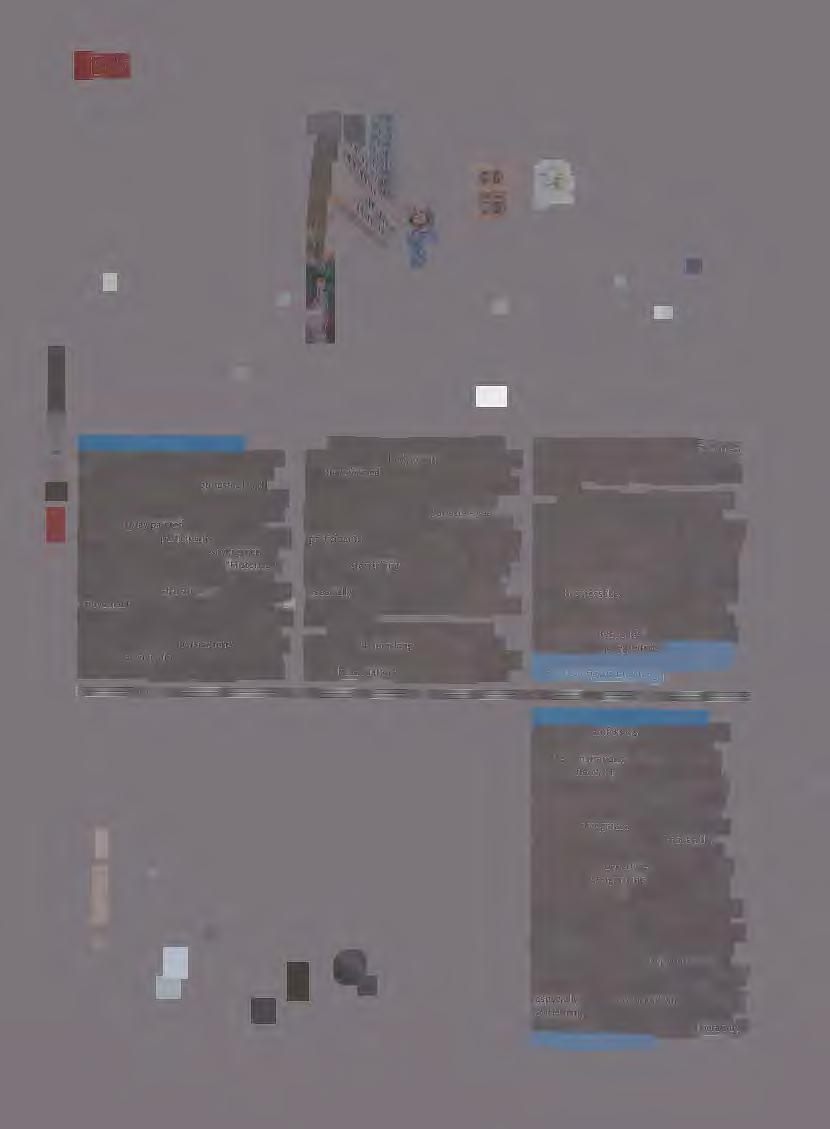
the street from the New York Stock Exchange. Many artists contributed to the show, which also included many of the protest signs used at rallies.
In addition, a group of protesters who camped in Zuccotti Park staged a "Mass Makeover" (above) on October 15. The group brought in a truckload of donated men's and women's business clothing, which they then donned for their protest. They hoped that by changing their "hippie" look to one that was more businesslike, they would both confuse and attract media attention. Asked if they intended to keep their activities confined to the park, they responded that they "have the whole city as a playground." Photos courtesy Proper BusinessAttire Working Group, online at www.suitsforwallstreet.org.
Most of the professors and 2,500 students of Cairo's Faculty of Fine Arts attended the demonstrations in Tahrir Square last spring. Afterward, as Colleen Gillard and Georgia Wells report in The Atlantic, Sabry Mansour, a professor of mural art, looked at the rather poor graffiti on the school's walls and recognized a teachable moment. Protest art would have been impossible under President Mubarak, and only a few weeks after his departure Mansour gave his students an assignment: to cover the walls of the college with it. All 60 students in the class designed and presented mural concepts and the students held a democratic vote to select the seven best, report Gillard and Wells. The murals, painted in the street, generated immediate interest from neighbors. "It is a very good feeling to change a very bad regime," Professor Mansour told the Atlantic. "It feels especially good to communicate this by doing something that would have had us arrested not very many weeks ago. Very, very liberating."
Photo by Maryah C. Picasa.
REBUILDING WITH ART
Since the Tohoku earthquake, or Great East Japan Earthquake, that devastated Japan on March l l, 201 l, artists have been contributing to immediate restoration efforts and longrange planning. According to Yasuyo Kudo, director of Tokyo's Art and Society Research Center, publisher of Japan's Public Art Magazine, many efforts are under way:
• In Sendai, MMIX LAB (mmix.org), an association that unites various media in creative art acts and connects art and regional cultures, has created The Project to Support Reconstruction from a Great Earthquake. The long-term vision of the project, which works with both domestic and international artists, is to increase the role of the arts in the earthquake recovery by incorporating art into city planning, welfare development, environmental renewal, services for children, and economic development. MMIX Lab is planning to start a 3/l l Memorial Project.
• THE VITAL FOOT PROJECT (above) was launched by artists and designers at the Ultra Factory, a design studio at Kyoto University of Art and Design. Its first project was to customize and donate bicycle trailers to deliver essentials like water and heating oil to people in the disaster area. Next, a bicycle was designed, and it is now being produced as part of an economic development plan to provide restoration assistance over the coming decade. At vitalfoot.jp, you can buy a bike, or donate toward the purchase of one, and select an artist to custom paint it. When finished, bikes are delivered to areas in need.
• DAYLILY ART CIRCUS (https:/ /sites.google .com/site/daylilyartcircuswebsite) is a traveling exhibition. In a truck fully packed with art, Daylily-which means "rebirth" in the language of flowers-traverses Japan raising money that is donated to disaster areas. Free exhibitions are also held in schools, shelters, and other places, providing not only enjoyment but also cultural activation, essential to the recovery and rebirth of Japan.
• Making art exhibitions accessible, 333 l Arts Chiyoda (www.333l.jp) offers a wide range of art spaces visitors can explore for free. One recent event at 333 l was an opportunity for participants to draw the future of Japan and Tokyo with artist Katsuhiko Hibino, a well-known artist and professor of fine arts and music at Tokyo University. "TOKYO FUTURE SKETCH: DRAW THE FUTURE WITH THE POWER OF OUR CULTURE" is this year's theme for the Tokyo Culture Creation Project, organized by the Tokyo Metropolitan Government and the Tokyo Metropolitan Foundation for History and Culture in cooperation with arts organizations and NPOs. Hibino is also supervising other Future Sketch Book programs and workshops. Sketches can be contributed to the campaign's website at www.tokyofuturesketch.jp.
• ART DRIVE JAPAN (www.artdrivejapan .com) is an online auction of work donated by artists from around the world with proceeds going to relief and recovery efforts.
Photo by Kenji Yanobe.

PUBLIC ART INSIDE THE MUSEUM
Two public art forms were brought inside museum walls this year.
The Geffen Contemporary at the Museum of Contemporary Art in Los Angeles held "Art in the Streets." Street art hasn't usually been included in the records of art history, but this show made a case for it. From taggers in the l 960s all the way up to a Banksy contribution that questions graffiti art's enshrinement, the show documents this temporal and constantly evolving art form.
Through Arizona State University Art Museum's Social Studies initiative, supported by a grant from the Andy Warhol Foundation, Gregory Sale undertook a social art project of a kind not usually associated with museums. From February to May, It's Not Just Blackand White explored the state of corrections. For two days, inmates enrolled in the reentry/rehabilitation program of the Maricopa County Sheriff's Office worked with Sale to create an installation at the museum that served as a platform for public forums, panel discussions, and performances. Sale saw the project, which invited public participation in the process, as a social experiment. "This is a topic that is offlimits, that is invisible, in the way people talk about prisons being invisible. I'm trying to see if critical access is available at all," he wrote.
WHITEWASHING THE PAST?
In an effort to put more distance between the Troubles-the 30-year period of violence between Catholic republicans and pro-British Protestant loyalists in Northern Ireland-and today's rather uneasy peace, reports Joanne Latimer in MacLeans, Belfast has been replacing murals depicting violence with softer images. So far, the Arts Council of Northern Ireland has spent $6 million since 2006 on its Re-imaging Communities Programme, which aims to tackle signs of sectarianism and racism. It has replaced paramilitary murals with images of First World War soldiers and female munitions workers, and even replaced
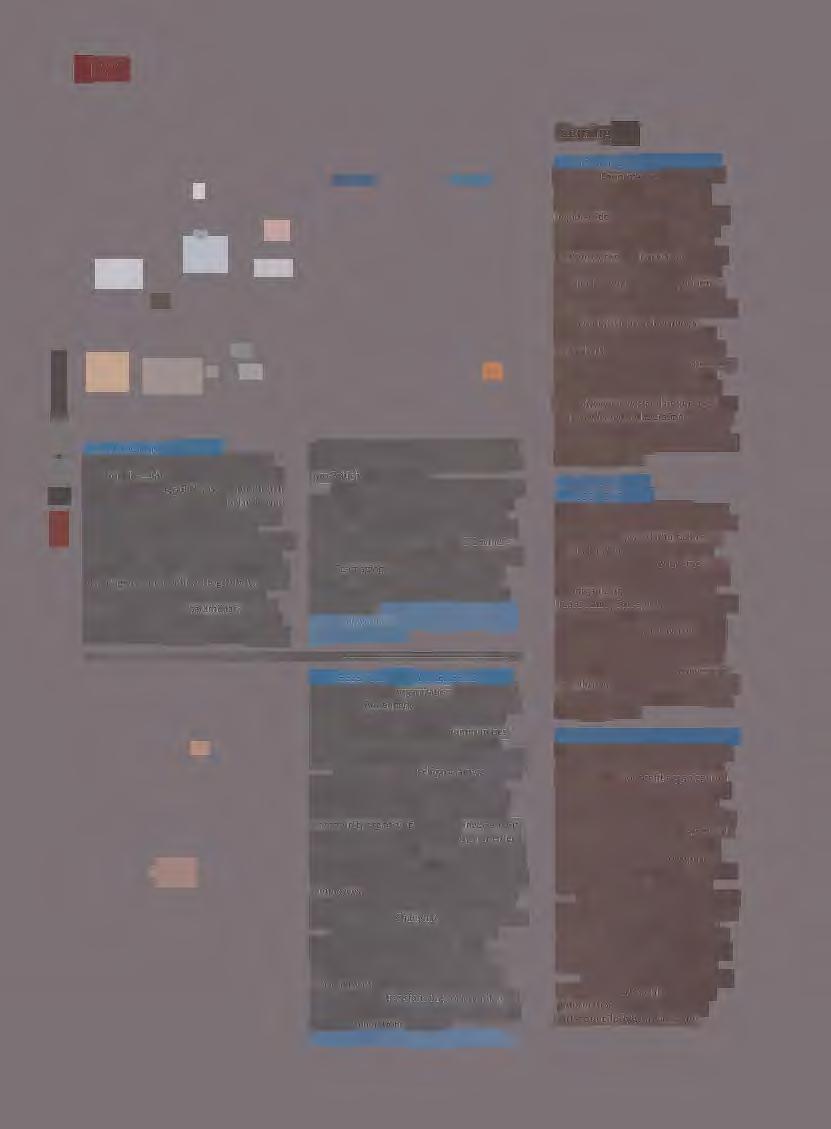
area of Belfast.
The project is under fire. "At least the Grim Reaperwas an authentic refiection of what we feel," one local resident told MacLeans. "Reimaging is a middle-class illusion of peace. We aren't holding hands just yet." Joe O'Donnell, strategic director of the Belfast Interface Project, says Re-imaging isn't perfect, but it's a step forward. "I don't know if we have a shared vision of the future, but we have a vision of a shared future." Grim Reaper (left) courtesy Arts Council of Northern Ireland. King William (right) by Martin McAlinden.
VAN HEESWIJK WINS ANNEN BERG PRIZE
Everyyear the arts organization Creative Time awards the Annen berg Prize for Art and Social Change to an artist whose work stimulates social awareness and engages communities around important public issues. The 2011 recipient was Dutch artist Jeanne van Heeswijk. Van Heeswijk is a self-proclaimed "urban curator" whose work aims to create public space that opens debate and fosters discussions of social justice. She is committed to community organizing and social involvement as artistic practice. She has also experimented with artistic forms, even working to create a TV soap opera in Norway in 2008 that revealed the medical and ethical dilemmas faced by doctors, employees, and patients on a daily basis. Her work has been shown at biennials across the globe including in Shanghai, Taipei, and Venice. "At a time when the pressures of the art market continue to increase," said Creative Time director Anne Pasternak, "it is so important to recognize artists whose commitment and practice extends beyond the art world by transforming communities in need, engaging broad publics, and inspiring a younger generation of artists."
Photo by Sam Horine, courtesy Creative Time.
CELEBRATING L.A.'S ART HISTORY
A ten-day Performance and Public Art Festival will be held January 19-29 as part of Pacific Standard Time, a region-wide celebration of the dawn of the Los Angeles art scene from 1945 to 1980. With as many as 25 major performances and large-scale outdoor projects inspired by the many radical and trailblazing public and performative works that were created by artists during that time, the festival will include new commissions, reinventions, and restagings brought together by organizers Glenn Phillips of the Getty Research Institute and Lauri Firstenberg of LAXART,as well as more than 60 partner institutions. Pacific Standard Time (www.pacificstandardtime.org), an unprecedented collaboration of cultural institutions across Southern California initiated by the Getty, runs from October 2011 to April 2012.
REANIMATING AN AMUSEMENT PARK
Next summer, an abandoned amusement park in East Berlin will be the site of KulturBahn (www.kulturbahn.org), a collaborative multimedia exhibition. The small group of international artists, curators, and researchers who are organizing the event hope that reanimating Spreepark, which has been unused since 2001, will create a new model for cultural amusement, build a platform for the creation of art and exhibition that transforms sites, and design an urban future for convening, socializing, dancing, thinking, and playing. KulturBahn will be held from June 28 to July 1, 2012.
A unique plan that pairs public safety with public art is under way in New Orleans. The nonprofit organization Evacuteer, which recruits, trains, and manages evacuation volunteers in the event of a Category 3 hurricane, is working to commission 17 large-scale pieces of public art. The art will be used to mark the newly designated evacuation sites across the city and to beautify each area in the process.
To help fund the project, Evacuteer and New Orleans' City Assisted Evacuation Plan (CAEP) used innovative methods, testing sites for online fundraising and even offering a daily deal on the group buying site Groupon. Evacuteer recently put out a call to artists for proposals. For more information visit http://percent .a rtsco u n c i Iofn ewo rl ea n s. o rg.
This year, the National Endowment for the Arts (N EA) and private funders injected big money into arts, community revitalization, and economic development.
In July, the NEA gave $6.5 million to 51 communities through its Our Town grants, which support the arts as part of a community revitalization strategy. Michigan's Midtown Detroit Inc. will use the grant money to support development of an integrated public art plan for the Sugar Hill Arts District. Wilson, N.C., will use the money to conserve Whirligigs, artist Vollis Simpson's large-scale kinetic sculptures, and to help create the Vollis Simpson Whirligig Park Project downtown.
In September, ArtPlace-a nationwide initiative to drive revitalization in cities and towns with a new investment model that puts the arts at the center of economic development-announced its first round of grants, awarding $11.5 million, plus an additional $12 million in loans, to 34 locally initiated projects in cities from Honolulu to Miami. ArtPlace was created through an unprecedented private-public collaboration between 11 of America's top foundations, the National Endowment for the Arts (N EA), and 7 federal agencies. Each project supported by ArtPlace has been selected for developing a new model of helping towns and cities thrive by strategically integrating artists and arts organizations into key local efforts in transportation, housing, community development, job creation, and more.
In San Francisco, Calif., the money will be used to turn four downtown acres into film and digital-media businesses, artists' workshops, socialentrepreneur offices, and cultural event space. In St. Paul, Minn., the grant will support more than 100 arts projects along the new rail line, with the goal of minimizing disruption in business by using art to generate a continuing flow of people during construction and build up a new urban corridor.
"Economic development historically has been about bagging the buffalo-competing for the big employer to move operations to your city," said Carol Coletta, president of ArtPlace. "But now we know the economic development game is all about how you deploy local assets to develop, attract, and keep talent. So why would you not deploy every asset you have-including artists and the arts-to do that? That's what ArtPlace is all about."
MARILYN MONROE AND THE POPE
Artist J. Seward Johnson Jr. has caused a controversy in downtown Chicago by creating a sculpture of Marilyn Monroe that, as Chicago magazine writer Whet Moser writes, is "done not in physical scale, but in social scale." The 26-foot tall sculpture of Marilyn in her famous pose from The Seven-YearItch immediately attracted passersby who posed for pictures beneath her legs and leered at her exposed backside. Others have criticized the artistic merit of the sculpture, calling it "creepy schlock," and decried it as an artwork that takes one of the iconic moments in the history
With a two-year $150,000 grant from the Open Society Foundations in New York, the Maryland Institute College of Art recently launched the Baltimore Art+ Justice Project. The first project of its kind in the United States, it aims to map Baltimore's arts-based social justice assets. The project is also being developed as the inaugural city platform for Animating Democracy, part of the Arts & Social Change Mapping Initiative program of Americans for the Arts.
A CLEVELAND MERGER
Cleveland, Ohio, has recently experienced a wave of collaborations and mergers in its arts and cultural landscape. The latest is the merger of Cleveland Public Art and ParkWorks to form LAND Studio-its name an acronym for Landscape, Art, Neighborhood and Development. With a budget of $1.3 million and a joint portfolio of $7 million in projects, this new entity will hit the ground running.

of sex appeal and turns it into something decidedly unsexy.
Across the globe in Rome, another largerthan-life sculpture has attracted unwanted attention for a different reason. The sculpture of Pope John Paul 11was created by artist Oliviero Rainaldi as a gift to the city, which placed it outside the main train station. In profile, however, the sculpture looks uncannily"like fascist dictator Benito Mussolini. Very few people who pass the sculpture have failed to notice the similarity, and the Vatican recently made an official statement of protest against the piece. The sculptor has agreed to make changes to address these concerns. Photo by Gregory Wass.
L.A.
It has long been accepted wisdom among graffiti artists that public murals are untouchable. While other public surfaces can become targets for tagging, murals have always been off-limits.
But thanks to two laws (one federal and one state) in California that stipulate that no one but the artist can touch a work after it's completed-not even cleaning or conservation crews-graffiti artists are starting to target murals. Tags on murals stay up much longer than tags on other surfaces because of the complicated legal hurdles involved in cleaning and conservation. In short, graffiti artists have found a way to extend the display time of their creations, much to the consternation of artists and public officials.
Los Angeles has long been known for its murals. The proliferation of murals began in the 1960s and 1970s and continued in the 1980s when several large murals were commissioned for the 1984 Olympic Games. Today the city boasts around 2,000 murals.

WILLIAM WALKER, 1927-2011
William "Bill" Walker, the pioneering and influential muralist, artist, and humanitarian, died in Chicago at his South Side home on September 12, 2011. He was 84. Regarded as perhaps the nation's foremost communitybased muralist, Walker launched the contemporary mural movement on the South Side of Chicago at 43rd Street and Langley Avenue in 1967 with the Wall of Respect, initiated by Walker and created by him and 12 other African-American artists and photographers belonging to the Visual Art Workshop of the Organization for Black American Culture. The landmark mural"unauthorized" in the sense that it drew local community but not city or institutional support-depicted 50 notable black figures in many fields, from Marcus Garvey to H. Rap
Brown, Cassius Clay to John Coltrane, Sidney Poitier to Stokely Carmichael, Gwendolyn Brooks to Nation of Islam leader Elijah Muhammad (whose image Walker painted).
The Wall of Respect (destroyed in a fire in 1971) sparked a nationwide movement characterized by an audience-engaged, collaborative mode of art-making that continues to influence public-art selection processes today. It inspired diverse groups of socially conscious artists to paint neighborhood walls with local community involvement and support, with messages illustrating hope, pride, power, and protest. His example provided encouragement to depict people's struggles and aspirations, issues of local and national concern, cultural heritage and history, and community identity, as well as ethnic, labor, and women's solidarity-works of affirmation, persecution, and resistance.
In 1971, Walker and artist-activist John Pitman Weber co-founded the Chicago Mural Group, the nation's oldest community mural/ public-art organization. It became the Chicago Public Art Group in 1985, reflecting its creation of works in more permanent media.
From the late 1960s to the late 1980s, Walker produced or co-produced about two dozen murals, at both outdoor and indoor locations in Chicago and Detroit, that explored social and racial issues related to the urban black experience and, as he said, the "unity of the human race." These works are often cited as being among the mural movement's most significant aesthetic and moral achievements, and have inspired generations of community artists and muralists around the nation and countless thousands of city residents and visitors. TextbyJeff Huebner. Photo courtesy ChicagoPublicArt Group.
BOB CASSILLY, 1949-2011
Bob Cassilly, a renowned public artist and founder of City Museum in St. Louis, died September 26 at age 62 in a bulldozer accident at the site of his latest project, Cementland. Cassilly was born and raised in St. Louis, where he spent most of his life pursuing projects marked by his love of whimsy and wonder. His early works were sculptural, often created out of concrete, including a series of animal sculptures that are situated at sites around the country. The St. Louis Zoo houses a 45-foot-long squid by Cassilly,while the giraffe he created for the Dallas Zoo is Texas's tallest sculpture by the length of its outstretched tongue.
MICHAEL D. BIGGER, 1937-2011
Sculptor Michael D. Bigger, a longtime professor at the Minneapolis College of Art and Design, died in February at age 73. Known for his large, colorful metal compositions, Bigger was "a sculptor's sculptor, a fearless maker of large-scale work," his colleague Brad Jirka
told the MinneapolisStar-Tribune."Watching him work alone on a piece was like watching a ballet with a crane."
Bigger was born in Waukegan, Ill., graduated from Miami University in Ohio, and earned an MFA degree from the Rhode Island School of Design (RISD) in 1968. He taught welding at RISD for a year, then taught at the Atlanta School of Art, University of Manitoba School of Art in Winnipeg, Massachusetts College of Art in Boston, University ofTexas, and the University of Maine, before landing at the Minneapolis College of Art and Design where he spent 20 years. He also served on the board of the Franconia Sculpture Park in Taylors Falls, Minn. During his 45-year career, his work was exhibited from New York to Mexico City. It is featured in corporate and museum collections including the Oakland Museum of Art, Cincinnati Zoological Society, Vassar College, and the San Antonio Museum of Art. One of his last works was for the McNeely Spectrum stadium at St. John's University in Collegeville, Minn. Photo by Rik Sferra.
In the 1970s Cassilly restored a townhouse in one of St. Louis's rundown neighborhoods, and subsequently built six new townhouses. The experience inspired him to begin a business designing architectural ornaments. He also salvaged and restored a number of the city's dilapidated buildings, including the vacant International Shoe building that became City Museum in 1997. Deemed "one of the greatest public spaces in the world" by The Project for Public Spaces, City Museum draws more than 600,000 visitors a year to its five-story jungle gym, MonstroCity.
"He really put St. Louis on the map as far as being creative goes," Barbara Geisman, the city's former executive director of development and a friend of Cassilly told the Rive,front Times. Many credit Cassilly with galvanizing a movement to renovate the downtown through his museum and additional real-estate side projects.
Cassilly started work on Cementlanda 54-acre public park filled with concrete sculptures, abandoned cement machinery, waterways, and beaches on the site of a former concrete factory-in 2000 (see PublicArt Reviewissue 42). Construction continues on Cementland with an anticipated opening in March 2012. Photo by Trailnet.

"It is difficult to design a space that will not attract people; what is remarkable is how often this has been accomplished." -William H. (Holly) Whyte
During the past two or more decades, communities around the country have fallen victim to the relentless machinations of a group of people with an overdeveloped, overspecialized "creative function," who see themselves as experts rather than collaborators or service providers. In the face of these experts and their implicit authority, communities have been intimidated and made to feel impotent. The public has been convinced to leave the creative function solely in the hands of the specially trained-namely architects, artists, and designers-and to abdicate its role in nurturing the creative life of the city. As a result, the communal psyche has atrophied and the public realm has suffered.
Projects-whether public art, public parks, or public transporta-
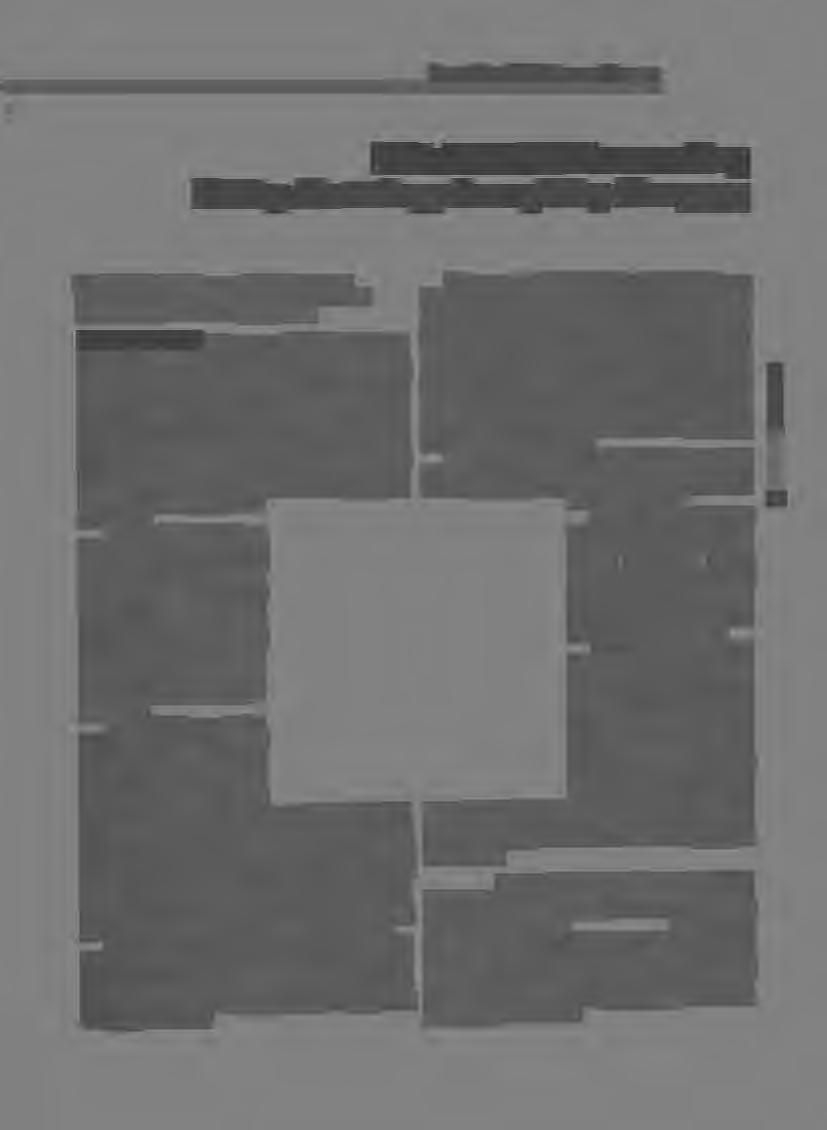
The success of a work of public art relies heavily upon the design of the public space in which it is located. Many elements come together to improve or make a good public space. If you have a work of public art, but the site is not well maintained, people do not feel safe there. If there are no design amenities or elements like seating or shade, if there's nowhere to eat or nothing to do once you get there, if you can't walk to the site or park your car due to heavy traffic or a poor pedestrian environment or because it's not connected to other places or destinations, people will not take time out to visit the work of art, and the artwork will have failed as a placemaker and a community enhancement.
A good public space, on the other hand, is not only inviting, but builds a place for the community around an artwork by growing and attracting activities that make it a multi-use destination.
A good public space builds
a place for the community around an artwork by growing and
attracting
activities that make it a
That's the bad news. At the same time, there is more happening in public art today to engage
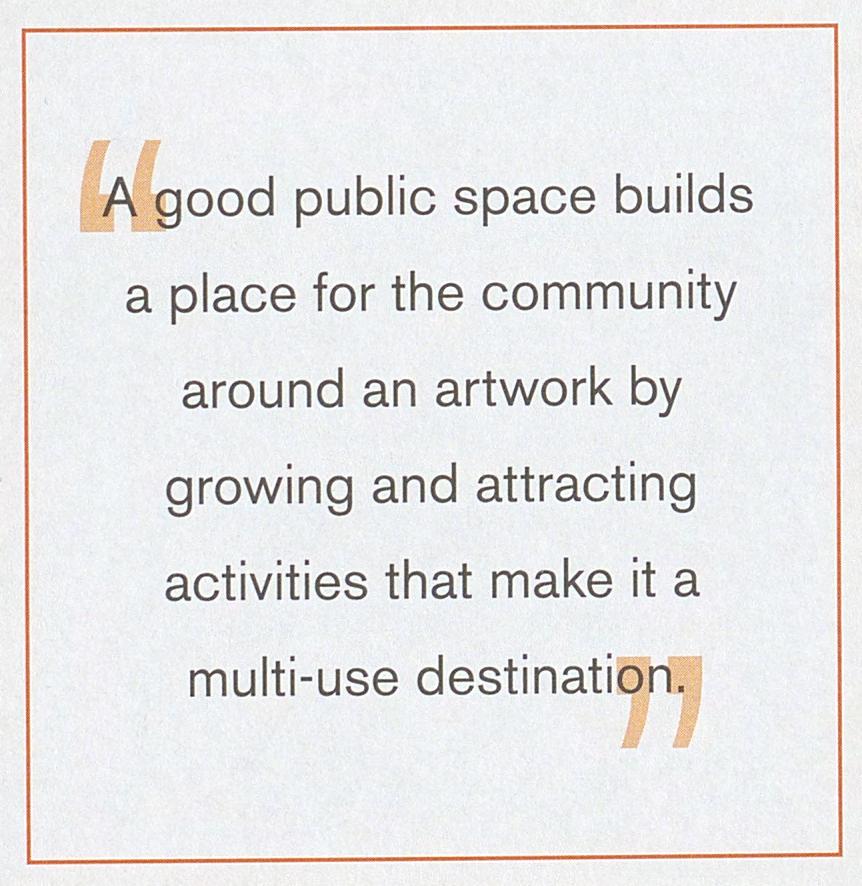
stronger communities. Instead, such spaces arise from collaboration with the users of the place who articulate what they value about it and assist the artist in understanding its complexity.
Alone, no designer, architect, or artist can create a great public space that generates and sustains tion-designed without the community in mind have provoked fierce criticism by host communities. That criticism is based on, among other things, a lack of trust in the motives of the professionals involved, who often serve something other than the public good and whose priorities are often different from those of the community.
multi-use destination. with the public space in which works are sited. More than ever before, public artworks are stimulating and inviting active dialogue among viewers rather than just passive observation, thereby fostering social interaction that can even lead to a sense of social cohesion among the viewers themselves. Maybe this is happening because some planners, artists, and architects are no longer afraid to see themselves as resources, facilitators, and collaborators, rather than as experts. In such cases, the design of art in public spaces moves away from reverence for textbook ideals and toward flexibility, changeability, evolution, and an appreciation for humanity.
We salute this new paradigm, one in which designers actually welcome the opportunity to work with communities to open up places for new interpretations, creating more room for public art-especially in parks, transforming them from ersatz cemeteries and static sculpture gardens into great multiuse public destinations.
Public art projects that engage the community in aspects of the art-making process can provide communities with the means to improve their environment and the opportunity to develop a sense of pride and ownership over
their parks, streets, and public institutions. Ultimately, however, public art projects will be most effective when they are part of a larger, holistic, multidisciplinary approach to enlivening a city or neighborhood. In this way, public art can contribute both to community life and to the service and vitality of public spaces.

FRED KENT, founder and president of Project for Public Spaces, is a leading authority on revitalizing city spaces and one of the foremost thinkers in livability, smart growth, and the future of the city. CYNTHIA NIKITIN serves as both vice president for Public Buildings and Downtowns and director of the Civic Centers Program. Cynthia's technical expertise includes the development of transportation corridor enhancement projects, the creation of public art master plans for major cities, and the facilitation of international placemaking collaborations.


From pocket parks to national parks, playgrounds to stadiums, the public spaces in which we explore, play, and rest are-naturally-home to a wide range of public art projects. In this issue, we look at how artists shape parks and parks shape artists. We report on the latest developments at sculpture parks, sports stadiums, and play spaces. And we examine how one Parks and Recreation department teamed up with an educational institution to create a program that gives students the experience of conceptualizing, presenting, fabricating, and installing public art. While putting these stories together, we found that there is plenty of fertile ground for artists in the world of parks and recreation. -The Editors
Whether weaving art into parks or creating new parks altogether, artists can play an important role in shaping how we experience our shared natural spaces.
BY CAROLYN LAW with MATTHEW STADLER
Atthe Tolt River-John MacDonald Park near Carnation, Washington, artist Elizabeth Conner recently spent six months with staff scientists from King County's natural resource divisions. Together they monitored fish biology and the water's movement at a flood plain restoration site. But Conner asked different questions and used different words than the scientists to describe what they were seeing.
"We would like to get people down to the edge of the river, maybe even get them to put their faces in the water," says park ecologist Josh Latterell. "But scientists are not so equipped to tell the river's story." That's why the Tolt-MacDonald Park scientists appreciated Conner and her questions and observations. By breathing new life into their data, she helped them make the river's story-and the river itself-more enticing because they, too, started to use more richly descriptive language when talking and writing about the biology, ecology, and history of the river. In turn, Conner has a strengthened understanding of the river and land that will inform concepts she is developing for an art project sited at the park that Latterell hopes "shows me something, rather than tells me, about the river."
Conner is one of many artists who work in various creative capacities to shape U.S. parks with varying success. While some artists subtly affect visitors' experiences by adding new content to parks, other artists fully create new parks via artistic vision and action. Whether artist-altered or artistgenerated, what makes any artistic intervention in a park ultimately successful is how well the artist understands the complex layering in the distinctive nature of parks as different from other public places and spaces.

Not a Tabula Rasa
Generally defined, parks, trails, and open spaces are publicly owned land set aside and tended by governmental agencies for the enjoyment of community members. This definition conveys a simple notion of designated green space structured for various forms of active or passive relaxation and recreation. From this limited perspective, it's possible to extrapolate that art's purpose might be to fill a cultural void, satisfy a functional need creatively, or add interest to the park. But focusing on the park as a blank slate awaiting the artist's intervention doesn't serve the artist, the art, or the park itself.
Parks, trails, and open spaces are compelling places in their own right. No matter its size or location, whether local, state, or national, each park has its own unique complexity. Different layers are associated with ecology, flora, fauna, geology, history, form, design, emotion, processes of change, and other things seen and unseen. Most significant is the emphatic presence of nature.
In a recent essay about artists and environmental stewardship, writer, activist, and curator Lucy Lippard highlights three thoughts directly applicable to artists working in parks: Artists can teach us new ways to see the land; artists' sensitivity to the land and ability to respond meaningfully is broadened if they think beyond market-driven conventions of art-making; and this sensitivity is further expanded if artists move beyond the notion of the land as a fresh slate and recognize the complex layers of meaning and uses already present in landscapes. According to Lippard, the land is never a tabula rasa. By extension, neither is a park.
Asking an artist to work in a park is like asking an artist painting a waterfall on-site to convince people to only look at their reproduction, not the real thing. The waterfall itself, within the surroundings, is generally more compelling. The challenge for artists is to see what is really there, and then offer a notable experiential expansion that provides additional meaning to people.
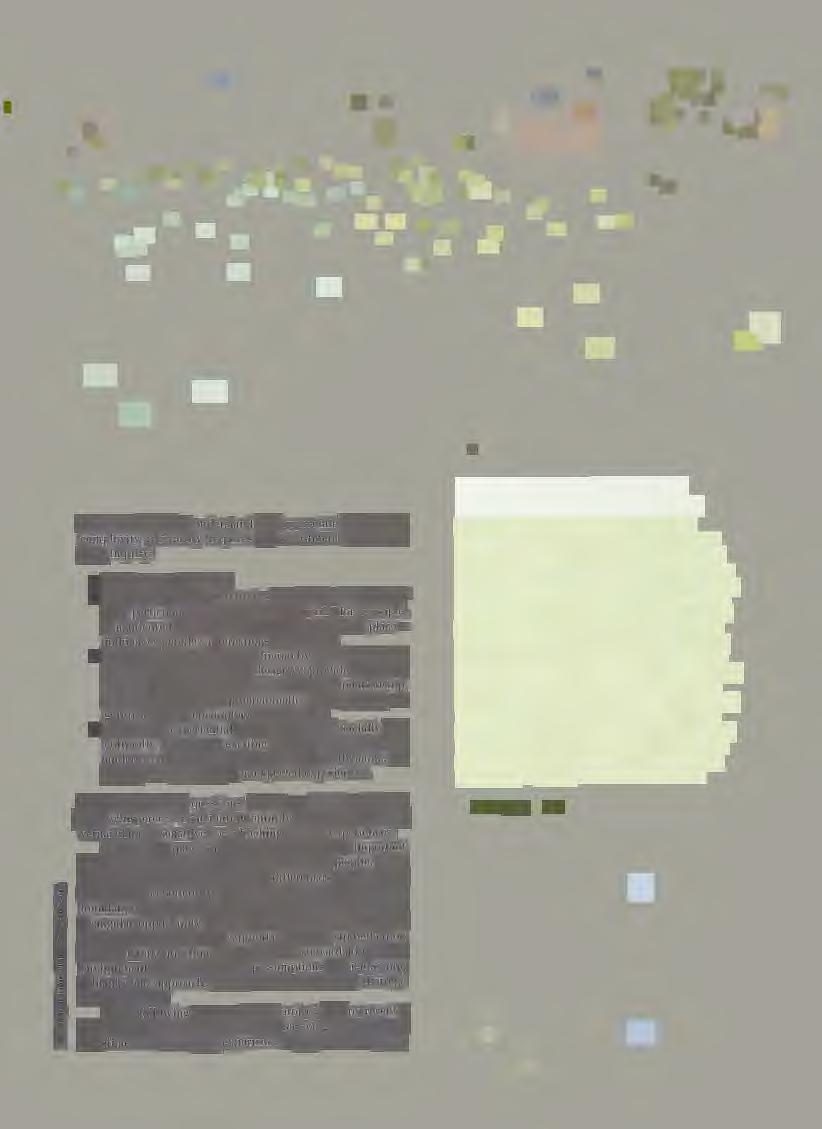
An artist's ability to understand and appreciate this unique complexity ultimately requires an investment of time in open inquiry:
• What exists in the park?
• How do human uses intertwine with what is "of the land" in a particular park? The form of a park-for example, a manicured park versus a more intact natural placeinfluences people's interactions with nature.
• How do people connect to the hierarchy of uses within the park's natural setting? Park designers provide a cultural overlay to the natural site. They refine the relationship between nature and programmatic uses, framing or guiding visitors' encounters with the land.
• What is the experiential range of the park? Socially and culturally, parks are exciting because visits, whether undertaken alone or in a group, tend to be dynamic. As people relax they open to unexpected experiences.
When asking these questions, artists are likely to become "park whisperers," contributing entirely new things to parks' vernaculars by sensitively establishing creative experiences. There is no question that parks are far more important than just places to relax and recreate. For most people, parks are the most likely location to sense differences between what we build to accommodate our lives and work and the natural foundation upon which we build them. For artists, parks are a singular opportunity to pull back the many veils between people and the land that supports them by strengthening webs of interconnection and an ethic of stewardship for the environment. In leaving behind presumptions and jettisoning a blank-slate approach, artists can make essential offerings toward this end.
In the following pages are recent projects that represent a broad range of artistic actions in parks, showing that artists can add dimension to the park experience in any number of ways.



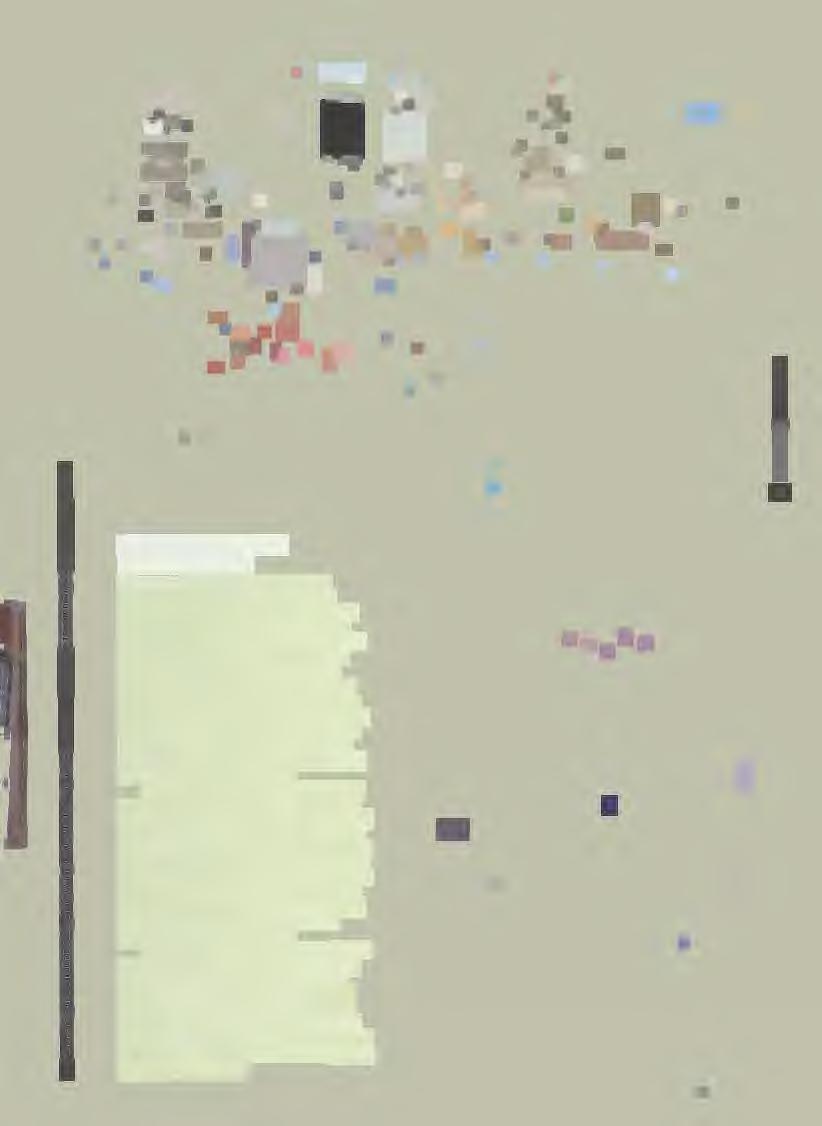
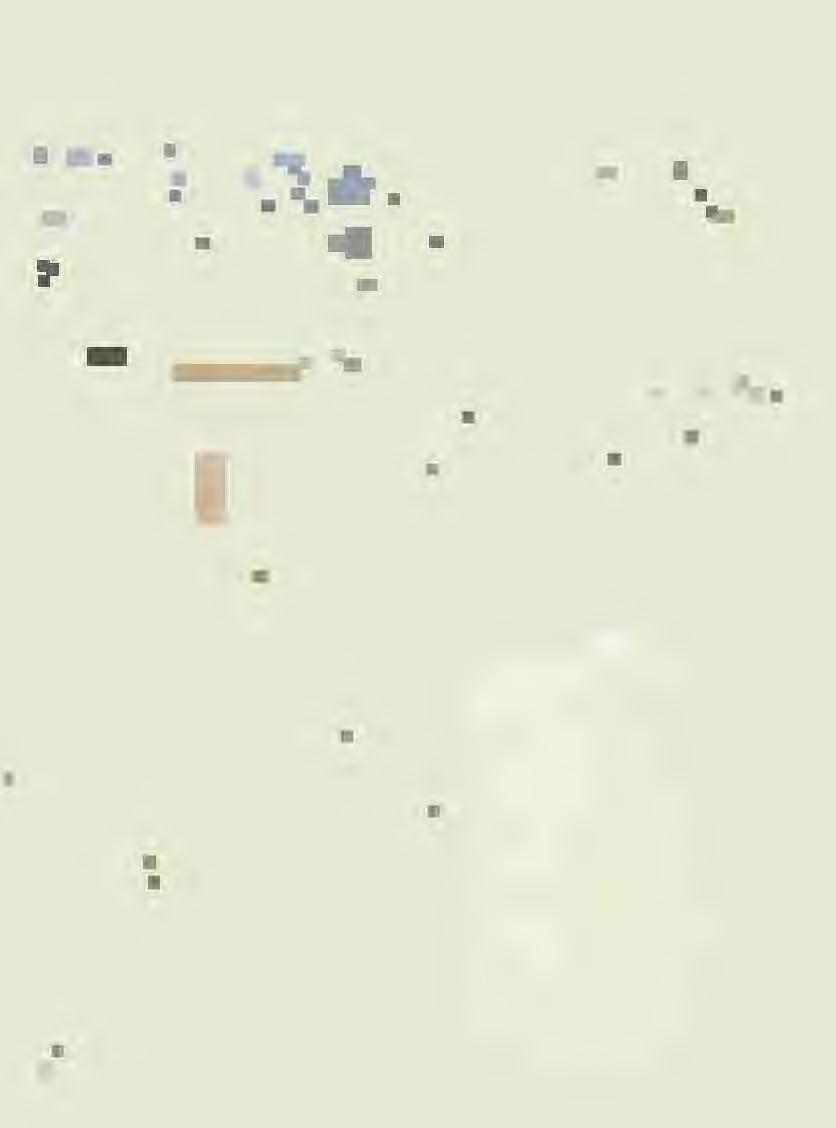
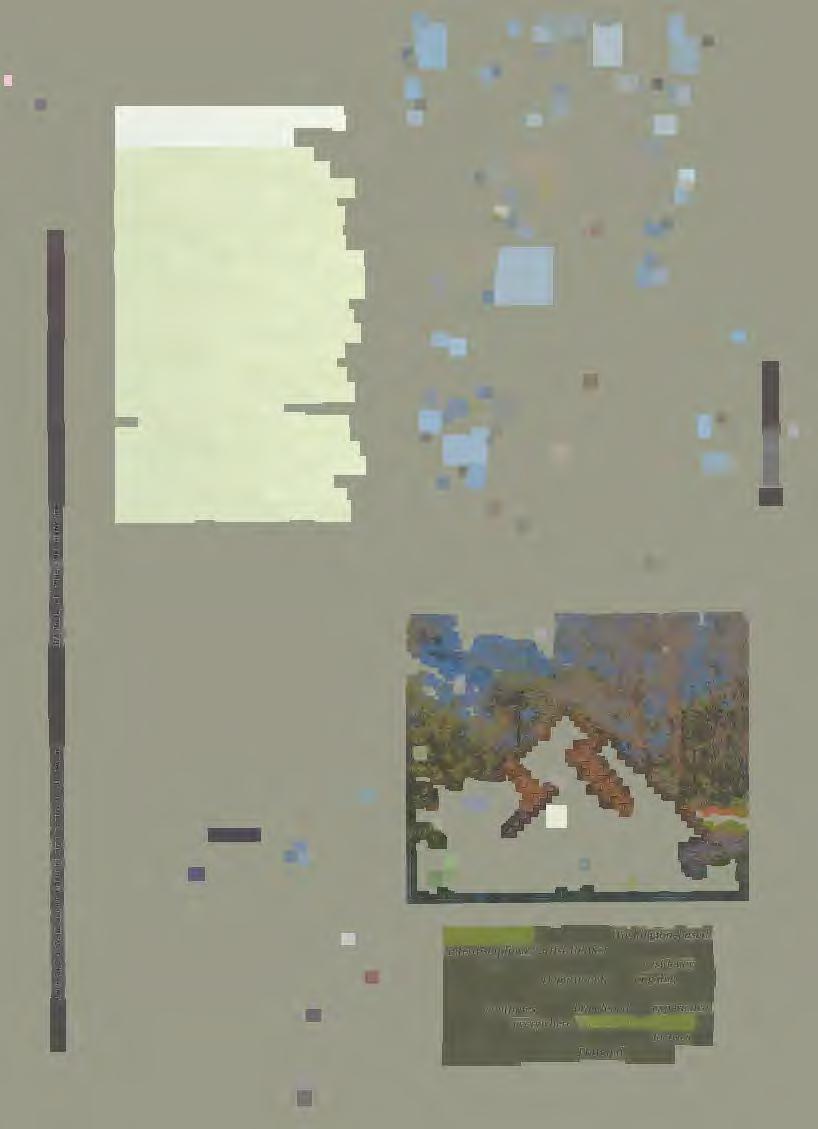
CAROLYN LAW is a Seattle, Washington-based interdisciplinary artist/thinker who wrote the Pro Parks Levy art master plan while in residency at the Seattle Parks Department. Her ongoing thinking about and deep caring for nature, parks, and artists continues to be broadened by experience with parks everywhere. MATTHEW STADLER is a writer and editor whose work often focuses on public space. He lives in Portland, Oregon.
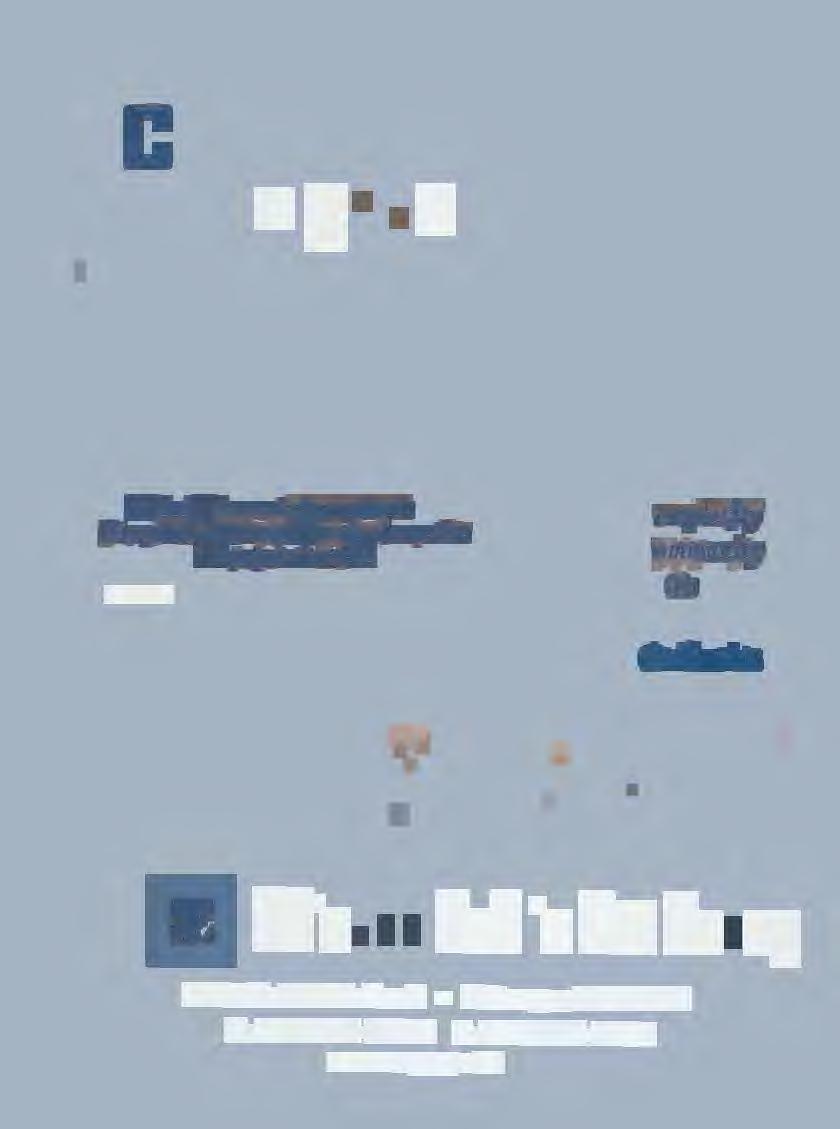

Two ongoing public art projectsexpand definitionsof parklandin the city.
BY AMELIA FOSTER
In 2005, Matt Passmore looked at a map of San Francisco that highlighted areas of the city lacking green space. Then, with his cohorts at the arts group Rebar, he went to one of these areas, picked a street parking space, unrolled a swath of live sod on top, placed a tree and a bench, and relaxed for two hours-the maximum time the meter allowed.
After Rebar posted photos online, the project went viral. To handle the flood ofrequests for replicates, the group created an open-source guide to creating a park in metered parking spaces. The project spread. Eventually, Rebar thought it best to designate a specific day for the event, and in 2006 the first official PARK(ing) Day-which aims to reclaim green space from the ubiquitous car-centric culture of American cities-was born.
This year, on September 16, there were more than 850 PARK(ing) Day installations in 30 countries. Australia's Design Gallery created an installation demonstrating the use of natural materials in art; kids in Torino, Italy, finger-painted on cardboard; and participants in Beijing, China, created a little park with a picnic blanket (above).
Although the project isn't always well received by local motorists, PARK(ing) Day has achieved remarkable success in its hometown of San Francisco. Last year Rebar worked with city officials to create a "parklet" permit process that allows members of the public to extend the pedestrian realm into the parking lane through small plazas. This year the city's installations included sculptures, health clinics, and even a booth from the California State Parks office.
"Temporary urban interventions are an excellent way to test new ideas and create urban design projects using a range of tools beyond just sitting behind a computer. This is a more grassroots, tactical approach to urban design, which allows us to engage the city as a living laboratory to incubate and evolve new design solutions."
In the sprawling metropolis of Los Angeles, a collective of artists and academics-representing public art, architecture, landscape architecture, environmental history, geography, and urban planning-have come together to discover what happens when you treat the city as though it were a national park. Through guided hikes, campfire talks, field kits, and other interpretative tools, the Los Angeles Urban Rangers organize events that help citizens navigate the strange and sometimes daunting conditions of development in their hometown.
Recently, for example, the group hosted a Critical Campout on the plaza of Los Angeles's Museum of Contemporary Art (above). Participants explored the full spectrum of human habitation represented in downtown Los Angeles, from lofted condos to the city streets, by hiking from gallery row to skid row while the Rangers encouraged observation and discussion.
Originally formed for an exhibition at the Art Center College of Design in 2004, the Los Angeles Urban Rangers soon discovered they'd created a model that resonated with the public. "People responded very positively to the persona of the ranger, who helps people learn to interpret and connect to the place where they are," says artist Sara Daleiden, a founding member. The role of the ranger has inspired the group's online initiatives, including downloadable and printable maps, field guides, and owner's manuals to public spaces.
The Rangers' practice is expanding. Whether observing a neighborhood's flora and fauna, questioning the values conveyed through our understanding of urban space, leading safaris on the public beaches of Malibu, or installing trail systems in the Netherlands, the Rangers continue to claim more space as parkland.
AMELIA FOSTER is the program and administrative assistant of Forecast Public Art.
ABOVE:CatheyBillian'sPiedralumbreincludescopperslabscarvedintheprofileoftheRio ChamaRiver,CarsonNationalForest.TOP:ANewMexicositethatinspiredPiedralumbre.
OPPOSITEPAGE:Billian's12-by-12-footscalerepresentationofAcadiaNationalPark.

Three artists talk about the opportunities and challenges of their park residencies.
BY JON SPAYDE
For public artists, th~ fact that p~rks ~re public spaces may give park res1denc1es a special magnetism. The chance to work in the open, the immediate presence of an audience, the sense of contributing to an important public amenity, all may be elements of the attraction. Still, the effect of a residency on an artist's sensibility and career remains a subtle and individual thing. I spoke with three very different artists who took part in very different park residencies-one of them even created a couple of residencies of her own-to get a sense of what works were inspired by their stays and what the park experience meant to them.
In 1993, New York artist Cathey Billian began a residency at the granddaddy of all national parks, Yellowstone. It was a natural choice for someone in a longtime love affair with the West. But Billian was not just another successful applicant to one of the National Park Service artist-in-residence programs, which today operate in more than 40 locations. She had pioneered by creating earlier residencies to realize her site-specific passions.
In 1988, while summering in Santa Fe, N.M., she became involved with locals in their decade-long efforts to save the Rio Chama River from being dammed. She realized that having an official residency would add clout to her efforts, and the U.S. Forest Service offered to sponsor her. It evolved into a threeyear commitment in which Billian created Piedra Lumbre (Rocks Afire). an interpretive installation for Carson National Forest's Ghost Ranch Living Museum (now called Piedra Lumbre Visitor Center) that highlighted the river and regional characteristics of land and light. When the dam project was defeated several years later, she was asked to craft a national ceremony celebrating its transformation to "wild and scenic" status. (The ritual water vessel she made for the occasion now belongs to Al Gore, a gift to him from American Rivers.)
But a month's stint in Yellowstone in the early 1990s was pivotal for Billian. "I became very interested in the depth of how people experience the park," she says. "It's like a remote planet,
one of the most outrageous scenic sites on earth. Understandably, when I witnessed people just snapping a photo from their car window, and checking a feature off their list, I committed myself to creating tools to deepen people's engagement with nature. Beyond conveying information, what I missed as an artist was reaching for a sensitivity to the power of the place."
The realization propelled her into an ongoing relationship with a national park nearer home, Acadia in Maine. "Maine had long been a part of my life," she says. "I met with some park staff there and found they were open to possible contributions artists could make to their interpretive strategies." The conversations evolved into her forming a summer field school at Acadia exploring interpretive design through the arts and offered to students nationally under the accreditation of Maine College of Art.
A few years later, Billian returned, at the park's invitation, to redesign its primary interpretive feature for the visitor center, a 12-by-12-foot scale representation of Acadia. For this permanent project, she gathered a student/faculty/professional team from Pratt Institute, where she is a professor, and Massachusetts College of Art, for a month-long residency at the park. "It's difficult to avoid the flattening effect inherent in most mapping aids to orientation," she says, "but sculptural practices enabled us to create context, scope, and an almost aerial sensation of the mountain majesty of this unique island environment, inspiring people to envision an adventure."
Billian has gone on to expand her relationship with the parks, and their interpretation, in a number of ways, including serving on the advisory board of the Urban Park Rangers program of the New York City Department of Parks and Recreation and working as a team artist on a National Park Service Rivers and Trails plan for the revitalization of the San Lorenzo Riverway in Santa Cruz, Calif.
"The path I embarked upon led me to develop ways to enable the general public to experience the intense response to nature that many artists feel," Billian says. "As the research confirms, once you are passionate about a place, you will naturally work to preserve it."
A devotee of Japanese sculpture, Bill Wolff spent four years on a Ministry of Education and Culture fellowship, studying, working, and exhibiting in Tokyo, Yokohama, and elsewhere.
"As my time in Japan ended, I knew I was going to have four or five months living out of a suitcase back home," he says. "I had packed up my studio in Japan and didn't have one in the U.S. yet. It was a good time for a residency."
The one he attended in 2009 placed him on the Upper Peninsula of Michigan, in remote solitude. The Porcupine Mountains Wilderness State Park hosts one artist at a time.
"I don't think there are too many places where you can make a big piece of outdoor sculpture that's only going to be there for a short time," he says. "I wanted to go into the forest, gather materials, and make something out of stuff that I found on the ground."
What would he make? A symbol of transition. In an alpine meadow that's a ski slope in winter, and using only the tools he could carry on the bicycle that the residency provided, he crafted Bird bridge, a 10-by-35-foot bridge structure, plus a bird made of rope and driftwood.
There was a music festival at the nearby ski lodge on the last weekend of the residency, so the sculpture had an audience, albeit briefly. "It blocked the ski slope, so I bet it made it till winter and then got taken down," says Wolff.

The object is gone, but the experience lingers in Wolff's memory. "Seeing the lake-and not being able to see the other side-gave me the feeling, 'this is the end of the world,"' he says. "It stormed the day before and the day of the music festival. It was tough to have to stay in the cabin, but it was good to see Lake Superior angry. The physical presence of the lake refreshed the work. That sense of isolation was something I was relying on to fuel what I was doing."
And the residency also reminded this self-reliant, handson sculptor to be even more self-reliant and hands-on in future work. "I think what the experience left me with was renewed conviction to do large work on my own, instead of contracting out certain elements," he says. "It was a nice reminder of how freeing it is to gather stuff, let the pile germinate into an idea, then develop an image and make it, all without asking anyone's help or permission."
The city-park residency that Chris Manzione took up in 2010 is one of the most famous in America: the Emerging Artist Fellowship at the Socrates Sculpture Park in Queens. But not everybody treats it like a residency. "A lot of people worked off-site and brought in the sculptures a week before the show," he says. "I worked on-site because at the time I didn't have a large enough space to do what I was doing. So I was there all summer."
As he worked on Entropic Growth 100, a spiky polyurethane structure halfway between a tree stump and a rock formation, Manzione relished being able to talk about the process of making the piece with visitors. "I'm very interested in and involved with process, and normally when I work that's lost, since all the viewer sees is the finished work."
Entropic Growth is eminently discussable: a pseudo-natural object whose unnaturalness Manzione enhanced, first by covering it in iron-based paint that rusts, then by adding QRcode tags. That means anyone can aim a smartphone at the tags and see bright blue crystalline structures added to the image of the sculpture on the screen. (Manzione is the developer of the Virtual Public Art Project, which electronically "adds" virtual sculptures to smartphone images of specific sites.)
"I had been following Socrates for a while," he says, "and a lot of the newest sculptural ideas are being tried there. I kind
ABOVE:ChrisManzione'sEntropicGrowth100includes a QR-codetag(left)thatallows smartphoneuserstoseecrystallinegrowthonthesculptureontheirscreens(right). BELOW:Manzionecreatedthesculpture in 2010atSocratesSculpturePark.
of saw myself fitting into that. And the people at Socrates are amazing, very supportive. They know that for most people this is the first time they are doing this, but they aren't babying you or watching you.
"I want to do more public work, but it's kind of like getting a teaching position-'three years of experience a must' for most commissions. How do you get those three years? That's another reason why Socrates was so appealing to me-they're willing to take chances with younger artists."
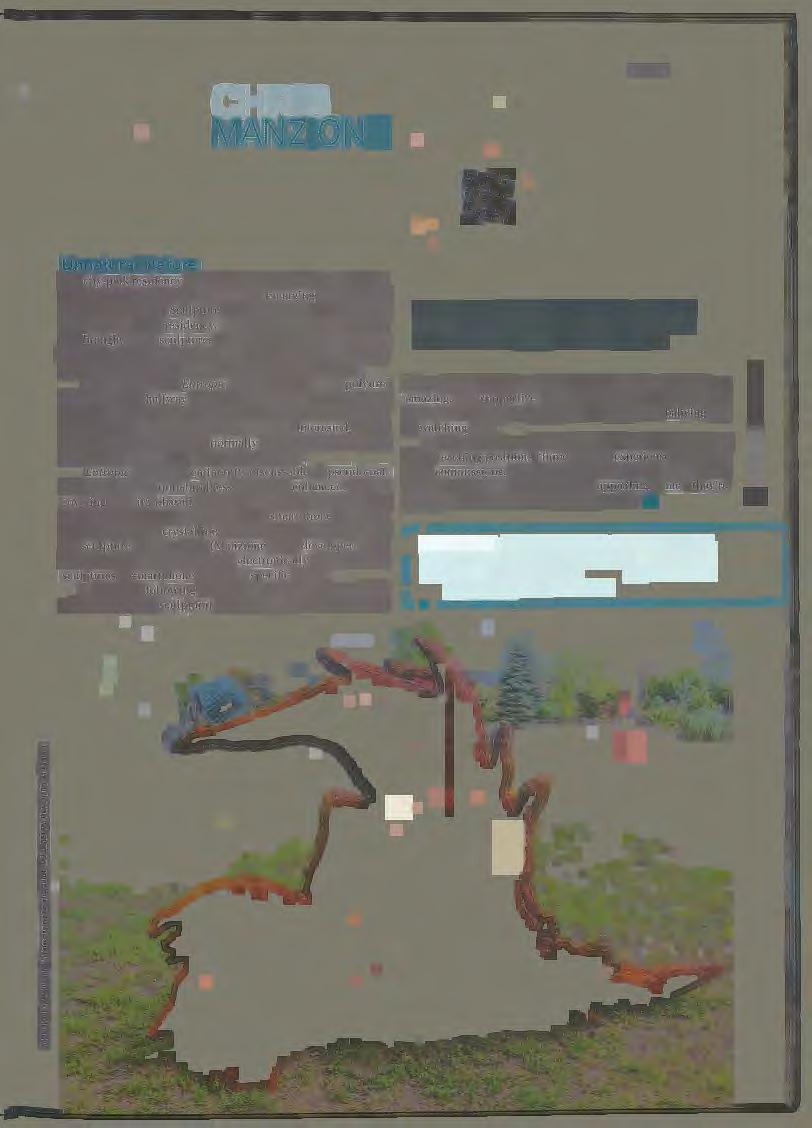
33
JON SPAYDE, a contributing editor to Public Art Review, , edits The Line (www.thelinemedio.com}, an online magazine about entrepreneurship, culture, art, and community development in the Twin Cities.
Day and night, families and cyclists, lovers and school kids, bird-watchers and solitary walkers flock to Riverside Park South, seven acres of marsh grasses, wildflowers, winding paths, sports areas, and picnic spots running alongside the Hudson River from 59th to 72nd Street in Manhattan. Now additional pleasures await them. In June 2011, sculptures created by students at the Art Students League began appearing, adding an alluring dimension to the landscape. "They turned the park into a sculpture garden and treasure hunt;•says neighborhood resident Jayne Cooperman. "We can spy installations clearly visible atop park benches or subtly hidden in nature. They make the park come alive in new ways:'
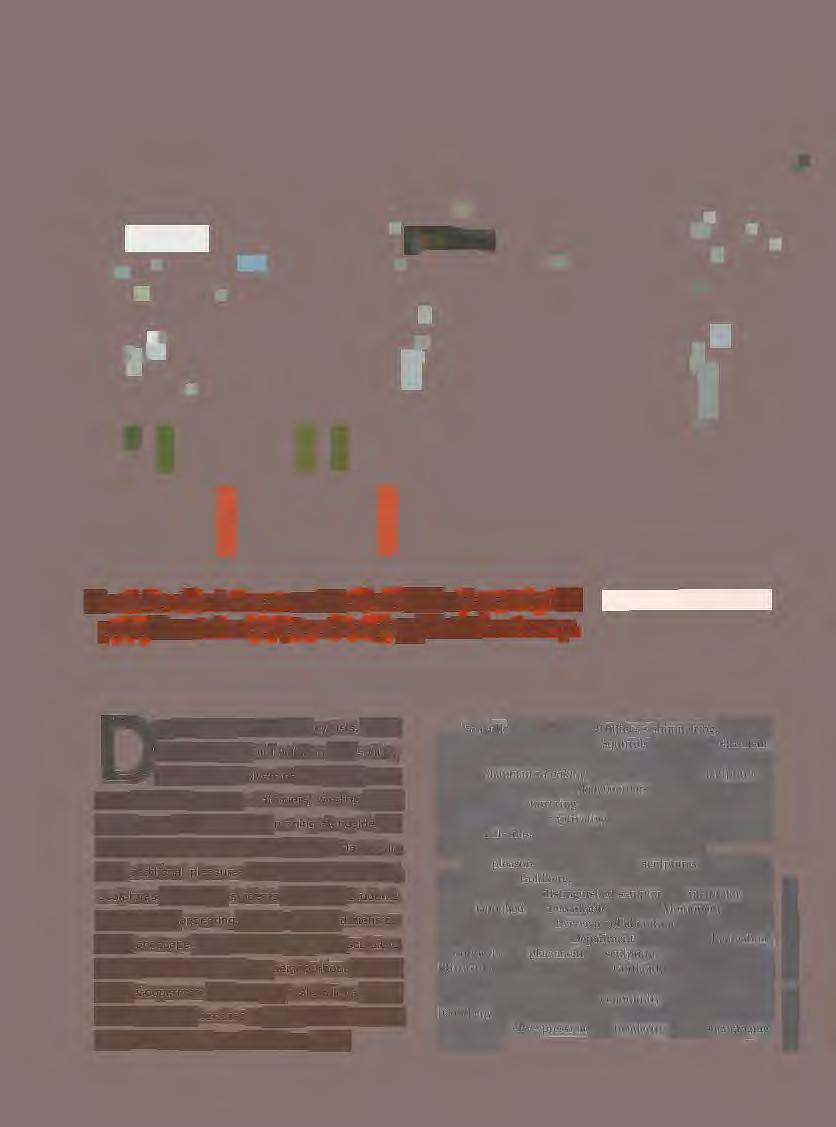
Seagulls perch on Selva Sanjines's shimmering, bird-like Flight: From Past to Future. Squirrels climb over Elizabeth Allison's attentive couple, River Gazers. Children play near Allston Chapman's Looking Up, a six-foot bronze sculpture of a little girl and her dog. Skateboarders slow down to gaze at Akihiro Ito's two towering wood totems, Forever. Further along the way, three other captivating works adorn the path, created by John Balsamo, Noa Shay, and Matthew White, each with its own devoted human, animal, and avian admirers.
The pleasure elicited by these sculptures is only one reason why Ira Goldberg, executive director of the Art Students League (ASL), and distinguished sculptor and instructor Greg Wyatt launched the remarkable Model to Monument program in the fall of 2010. A five-year collaboration between the ASL and the New York City Department of Parks and Recreation, it supports the placement of sculpture by ASL students in Riverside Park South and Van Cortlandt Park in the Bronx, with new pieces to be installed on a yearly basis. "The ideal of the artist as a server of the community is an old one," says Goldberg in his art-filled office, "one that has largely been lost in a time of self-expression and insularity. We're encouraging its revival."
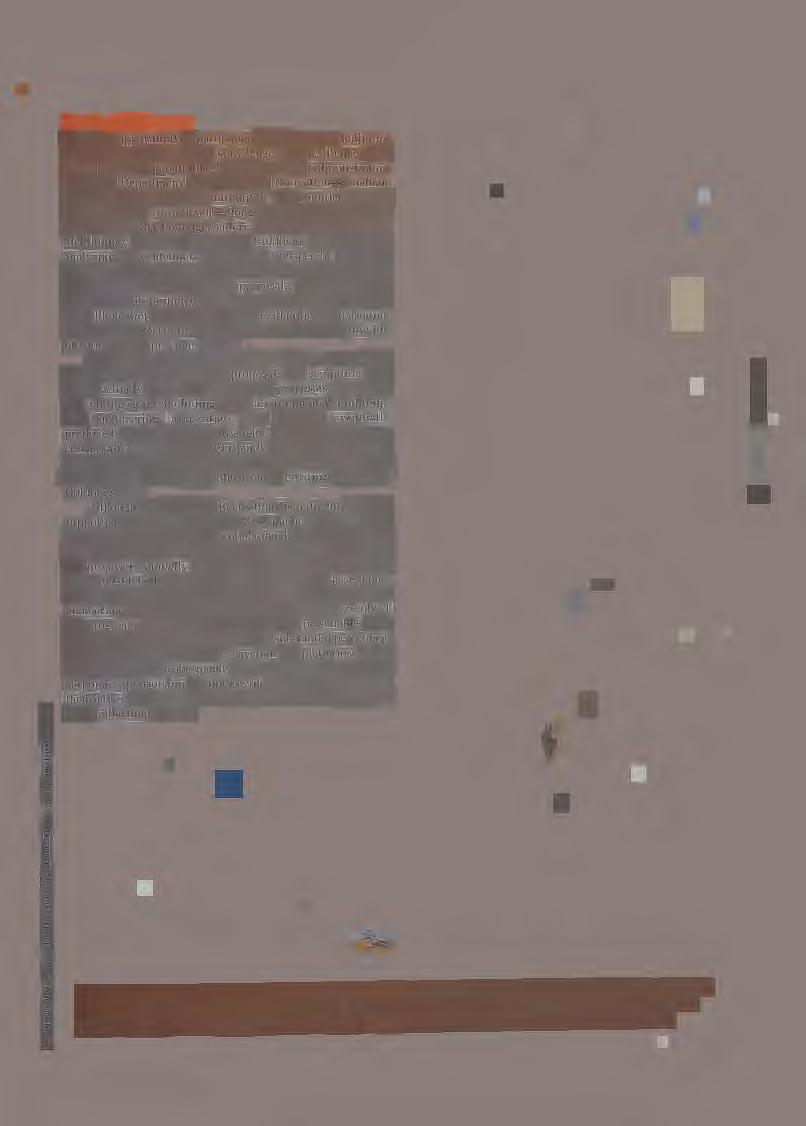
To win an opportunity to participate in the program, sculptors need a great deal of talent, knowledge, and resilience. Last year's selection committee included two administrators from the Department of Parks and Recreation-Jonathan Kuhn, director of arts and antiquities, and Jennifer Lantzas, the public arts coordinator-along with Michael Gitlitz, a director of the Marlborough Gallery, and ASL instructor James McElhinney, as well as Wyatt and Goldberg. They began by analyzing the contenders' designs for site-specific works for the plaza across the street from the ASL, which were done as an exercise. As part of their proposals, the students had to show the proportions of the work in relation to the space using Photoshop and submit an essay explaining the reasoning behind their decisions. They were also asked to provide pictures of their previous pieces.
Once the winners were chosen, they had even more work in front of them. They wrote proposals for sculptures that would actually go into the parks. These proposals covered all the contingencies, including costs, environmental conditions, and engineering necessities. The students eventually produced seven works for Riverside Park South and one collaborative piece for Van Cortlandt Park. Each was paid a stipend of $300 per month for the nine months of their labor. "We gave them a boot camp education in creating public art," Goldberg says.
Although the Parks and Recreation Department has long supported public art, Model to Monument marks the rare occasion when the office has collaborated with an art school. A prized location for public art, the city receives more than 100 proposals annually, with 25 to 35 usually realized. Thus, it is a considerable honor both for the ASL to earn acceptance as a partner and for the students who have been part of the pioneering venture. Given the benefits to everyone involved, the program's price tag of $200,000 seems reasonable. And costs should become less with time, as a substantial percentage of that amount covered initial excavation and platforms, which will be reused in subsequent years. The hope is to attract corporate sponsorship to underwrite the costs. The works themselves, after they come down, will eitl1er be placed in other collections or sold.

Kuhn led some of the early talks with the artists. He discussed their responsibility to the public and the need to draw people to the parks. He also wanted them to gain an understanding of the specific locations, such as Riverside Park South's history as the site of the former 60th Street Rail Yard, the remains of the former cargo Pier D, and the rail company logos carved into large granite seating slabs. "I hoped that they would be responsive to the locations," he says, "to look again and again, and come up with multiple interpretations. And then of course, to figure out how to integrate their works into the environment, and yet have them stand on their own. Their enthusiasm made the project successful. They joyfully threw themselves into their work."
At first, the students creating sculpture for Riverside Park South considered grouping their pieces along one of the promenades, but after they spent more time by the river and walked the paths, they decided it would be better to place them more widely apart, so people could come upon them in different areas, and each piece could be individually experienced. On the other hand, for Van Cortlandt Park, they decided to make one large piece, inspired by an area near the Van Cortlandt House Museum, which, built in 1748, is the oldest house in the Bronx.
Margot Perron, president of the Van Cortlandt Park Conservancy, and Wyatt escorted the students around the bucolic 1,000-acre park, giving them a chance to see the available spots for their sculptures. But not until Wyatt pointed out the quiet, empty circle behind the Van Cortland House Museum did they excitedly respond to a location. "I think it was because you don't see it right away," Perron says. "You have to go around a corner by a staircase and old herb garden. It's like a secret place, a marvelous internal area. When you're there, you look at the landscape around you very differently." Since the house presents productions of plays and musical performances, the students came up with the idea of a twelve-foot aluminum-and-steel smiling mask to symbolize theater.
Once they had picked their settings, the participants began writing proposals that took practicalities into consideration, such as the cost of installing the sculptures and taking them down. Then came the drawings, maquettes, and rubber models,. and finally casting their works in the Modern Art Foundry in nearby Astoria and, in some cases, adding the patina. "The first four months," says Chapman, "were an intense mental exercise. But thankfully, Greg coached us through the whole process."
Chapman took a lot of time selecting her place in Riverside Park South, visiting at all hours to see where people spent their time. She was most influenced by seeing children at play and by the Hudson River. Though a very different kind of water, the river reminded her of going to the beach as a child in her native South Carolina. She decided to add a dog to her sculpture of a little girl, in remembrance of a cherished Yorkshire terrier, giving it a few traits of a Pomeranian Maltese. "One of the nicest things happened," she says, "just after the opening when I saw a man put his dog next to the dog in my sculpture and take a picture. It made me feel that my sculpture had a home there. "
Allison also spent time in the park, finding that many people appeared to use it as their backyard and as an oasis where they could escape from the everyday. That's how she came up with the idea of a sculpture of a man and woman simply sitting on a bench, looking out at the river. She chose as her materials bronze and cast stone, strong enough to withstand the elements, and added pieces of metal and stone for complexity. She didn't tightly model them in the traditional academic sense, however. Instead, she used a more gestural, expressive style. With their pale coloration, they stand out against the dark waters of the river and fit in well with the light weathered wood of the benches and the warm colors of the surrounding grasses.
"I thought such a style would relate to the ruins of the broken-down piers," she says, "helping to unify this blatantly man-made object with the bucolic environment of the park itself." Like Chapman, she found participating in Model to Monument educational. "I came away with a much more logical mind-set, and much more organized," she says. "I also love the idea that, unlike in a gallery, my work can be seen any time of day and will be affected by all the seasons."
Wyatt couldn't have hoped for a better outcome. "Their work now enters the world," he says. "It's a huge experience for an artist, with a spiritual dimension. They have to achieve a delicate balance between their private aesthetics and their public constituency. It's expanded their creativity. They were brave and courageous, and I'm very proud of them."
VALERIE GLADSTONE writes about the arts for The New York Times, the Washington Post, the Boston Globe, ARTnews, Metropolis, and many other publications. She has published books on the visual arts and dance.

ABOVE:AkihiroIto'sForever in RiversideParkSouth.BELOW:Mask, a collaborativesculpture bythesevenModelto Monumentartists,inVanCortlandtParkintheBronx.

Sculpture parks and gardens are brimming with creative
ideas for drawing new visitors
and introducing them to art.
BY CAMERON CARTIERE
It's Saturday morning and 20 enthusiastic yogis clad in various layers of Lululemon athletic gear roll out a rainbow assortment of mats to begin their sun salutations. A typical West Coast scene, but this one has a twist: The location for this workout is the Olympic Sculpture Park in downtown Seattle. As part of the Seattle Art Museum's "Summer at SAM;' the park sponsors free yoga sessions on Saturday mornings. Not interested in doing a downwardfacing dog? Then come back in the afternoon for the free Zumba class.
These classes are just part of an ongoing trend toward "user-friendliness" that has swept through the museum field over the past decade, and sculpture parks are no exception. In order to bring in broader audiences and enhance their experience, administrators have undertaken creative programming efforts, which continue to be central to the survival of sculpture parks and gardens. If anything, art parks and gardens have a distinct advantage over traditional museums, particularly for families. In both urban and rural parks, there is usually room to roam. Yorkshire Sculpture Park in England, for example, opened in 1977 and has expanded over the years; it now offers 500 acres where children and adults can run wild. Similarly, several recently created art parks allow visitors to explore in exciting and new ways.
After the Olympic Sculpture Park opened five years ago, there were occasional renegade yoga classes held there, says Operations Manager Paul Klein. The first time an official yoga class was scheduled was for Yoga Day USA in January 2010. Eighty people showed up at the park's pavilion with mats. "Clearly this was a popular spot to practice yoga," says Klein. So when yoga instructors approached the museum about teaching regularly at the park, the administration agreed. During July and August, an average of 100 people showed up weekly for the class, and when there was a DJ too, 200 people came. Not only did they enjoy yoga, but they were also exposed to art in the park. The park plans to continue hosting the classes next year.
Following the health-conscious example of the Olympic Sculpture Park, deCordova Sculpture Park and Museum in Lincoln, Mass., offers free admission to any visitor who rides their bicycle to the park. There also seems to be a concerted effort to promote access to the park and museum for the local
community; therefore Lincoln residents, as well as active-duty military personnel and military families, are admitted free of charge with proper identification.
Visitors to the Socrates Sculpture Park in Queens can enjoy a wide array of fitness activities as well, including yoga, capoeira, pilates, t'ai chi, and boating through the spring and summer months. They can also pick up locally produced fruits and vegetables at the Saturday farmers market held on the park grounds from June through November.
The North Carolina Museum of Art in Raleigh is currently studying how its Museum Park is being used as part of local visitors' fitness efforts. Data from surveys will be used to determine fitness programming and improvement of trails and loops.
The Walker Art Center in Minneapolis, another museum with a free-to-the-public sculpture park, has an open field on its grounds. In 2010, it started to make use of that space with a popular new program called, eponymously, "Open Field." Aimed at creating a cultural commons based on the
"gift economy," the program invites people to create events, participate in them, or just come hang out.
Many parks and gardens are taking advantage of digital trends, a tactic particularly suited for helping visitors learn about publicly sited art, which often has no information about it readily available. The University of California-San Diego Stuart Collection, for example, created a smartphone application that features highlights from its collection and interviews with curators.
At the Beijing International Sculpture Park, people are interviewing each other. What started out as a small group of parents who visited the park to exchange information about their unmarried children just before Valentine's Day has, over the years, turned into a major event. More and more single people are showing up to post information about themselves on large boards erected in the park, then mingle on the grounds-looking for love among the sculptures.
Some parks offer visitors a chance to simply rest. One of the oldest sculpture parks, Hakone Open Air Museum in Japan, has a flowing natural hot springs footbath-a nice way for people to relax and rejuvenate after walking the grounds.
The past decade has been a boom time for the creation of new sculpture parks and gardens-and the variety has been impressive. The two-block Citygarden in downtown St. Louis, Mo., opened in 2009 and was recently awarded the Urban Land Institute's Amanda Burden Award. Of note this year was the installation of the Multi-ethnic Sculpture Park and Healing Garden in Chicago's Ronan Park and tlie groundbreaking for
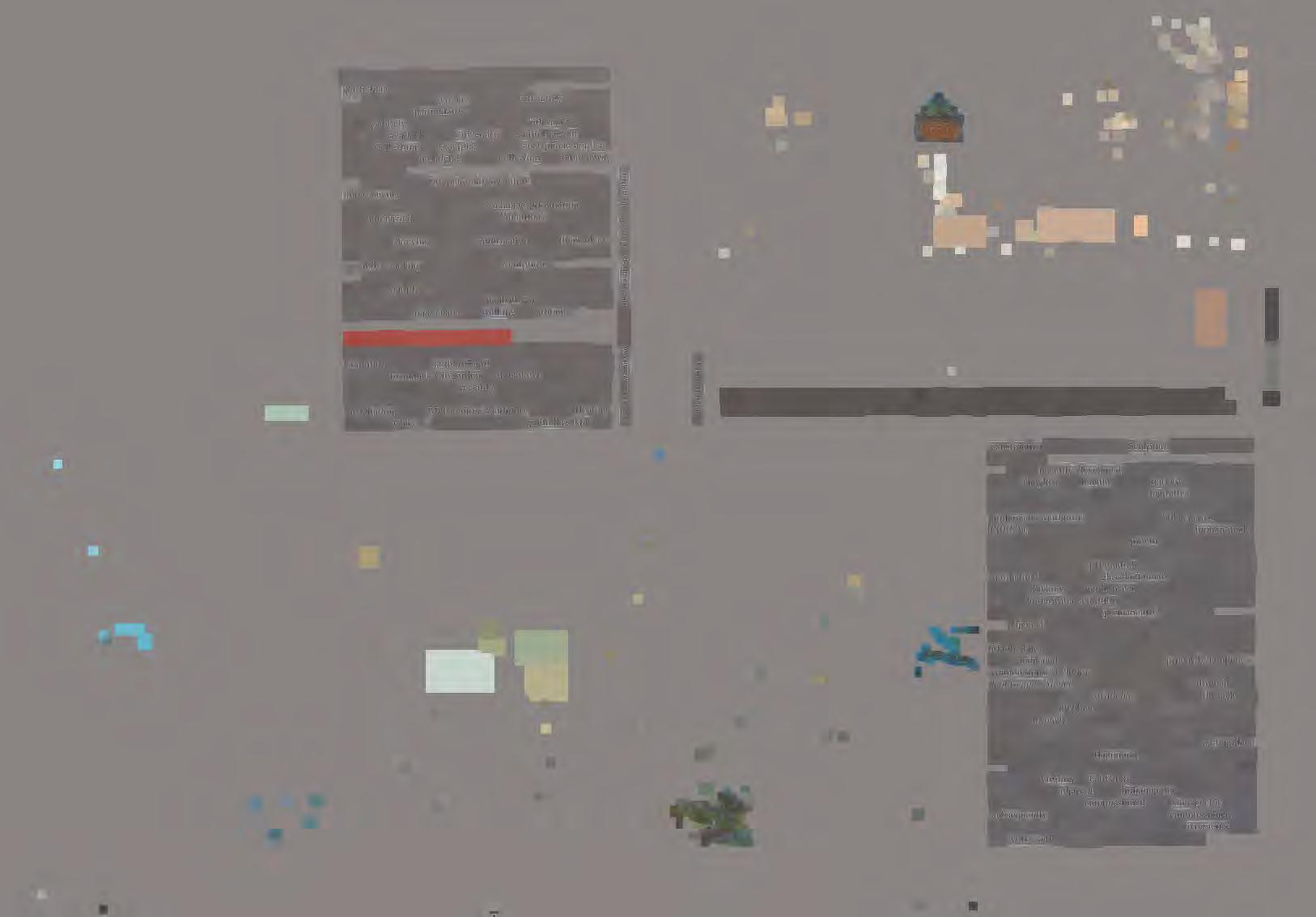
ABOVE:IgorMitoraj'sErosBendato,1999,at Citygarden,whichopenedin2009inSt.Louis,Missouri.OPPOSITEPAGE:(aboveleft)AtWalkerArtCenter'sOpenField,anyonecanproposeand participateinevents;Ant/Jropocene(belowleft),2011,andsomeofthe400sculpturesthatmakeupla EvolucionSi/enciosa(right),2010,byJasondeCairesTaylorattheMuseoSubacuaticodeArte.
construction of the Crow Asian Sculpture Garden in Dallas's Arts District.
Other recently developed art parks have gone to new depths, heights, and lengths. British sculptor Jason deCaires Taylor has placed over 400 life-size figurative works on the bottom of the sea ten minutes by boat from Cancun. This underwater sculpture park, the Museo Subacuatico de Arte (MUSA), which opened in 2010, is not only a human-made reef that attracts natural aquatic growth, it also draws visitors away from more fragile natural reefs nearby. Visitors can view the works, made from pH-neutral concrete, via scuba diving, snorkeling, or riding in glass-bottomed boats. MUSA isn't deCaires Taylor's first underwater effort. In 2006, he created the first underwater sculpture park in Grenada. It covers over 800 square meters with 65 permanently sited works.
Opened in 2009, the High Line is an elevated park located on a disused elevated railroad line 30 feet above the streets of Manhattan's West Side, between 10th and 11th Avenues. While not a dedicated art park, it does feature primarily temporary commissions, including works by Sarah Sze (Still Life With Landscape-Model for a Habitat, June 8, 2011, through Jtme 2012), Kim Beck (Space Available, March 4, 2011, through January 2012), and Stephen Vitiello (A Bell for Every Minute, June 23, 2010, through June 20, 2011). A new book, High Line: The Inside Story of New York City's Park in the Sky (Farrar, Straus and Giroux, 2011), by Friends of the High Line co-founders Joshua David and Robert Hammond, tells the story of the project. One of the largest museum art parks in the country is 100 Acres: The Virginia B. Fairbanks Art and Nature Park, which opened in 2010 adjacent to the Indianapolis Museum of Art. In its first year, the park commissioned eight site-specific works; subsequently, one artist each year will be commissioned. The works are intended to give visitors hands-on experience with the work-and to explore nature at the same time.
ABOVELEFTandRIGHT:Manhattan'selevatedHighLine.MIOOLE:NewYorkcollective TypeAworkedwiththeIndianaMuseumofArttocreateTeamBuilding(Align)at100Acres.
BOTTOM:FreeBasketbytheHavana,Cuba-basedartcollectiveLosCarpinteros,at100Acres.

Despite all this creative programming and innovation, the essential challenges of managing a sculpture park or garden remain the same: the works must withstand the elements and quite literally take a beating.
While strolling across the formal gardens of the Yorkshire Sculpture Park, I witnessed a young boy pounding away at Jonathan Borofsky's Molecule Man 1+ 1+ 1 with a tree branch while his father watched. I have also seen parents hoist their children up onto Henry Moore bronzes to use as jungle gyms, and I saw a teenager try to scale a Nigel Hall work like a rock face. He even had on climbing shoes. It would be unthinkable to treat the same sculptures within the white walls of a museum with such disrespect, but move the work outdoors and some visitors seem to lose their self-control.
While sculpture parks and gardens have gone to great lengths to make their collections more accessible and their grounds more inviting to the general public, it is important to remember that the sculptures and installations are works of art. They may often be constructed of steel and stone and other industrial-strength materials, but they are also the result of an artist's creative energy and countless hours of work. Sculpture parks and gardens provide wonderful opportunities for people to experience artwork outside the confines of the white cube gallery, and to enjoy the work in some of the country's most amazing landscapes. They also offer an opportunity for parents to teach their children about the wonders of sculpture and the power of artistic vision. This comes in part from instilling a respect for the sculpture as an object in its own right and not seeing it as a substitute for playground equipment.
This is not to say that we should take a strictly hands-off approach to experiencing sculpture. Within many of the parks and gardens I have visited, I've found sculptures that specifically invite visitor participation; these are usually designed to withstand the extra attention from enthusiastic visitors. Some parks even have specific children's sections where all the work is designed to be part of a hands-on exploration. And if, after hours of roaming the grounds, enjoying the outdoors, and discovering works that invite interaction, one's children still have energy to burn, we can always hope that the free yoga will calm them down.
CAMERON CARTIERE is the dean of Graduate Studies at Emily Carr University of Art + Design in Vancouver, British Columbia. She is co-author of the International Directory of Sculpture Parks & Gardens (http://www.bbk.ac.uk/sculptureparks}, a free online resource featuring over 500 parks from around the world. She has personally visited over 100 parks as part of her research. Additional reporting and research for this story by Karen Olson.

After a hiatus, recent stadium developments are incorporating public art-in a big way.
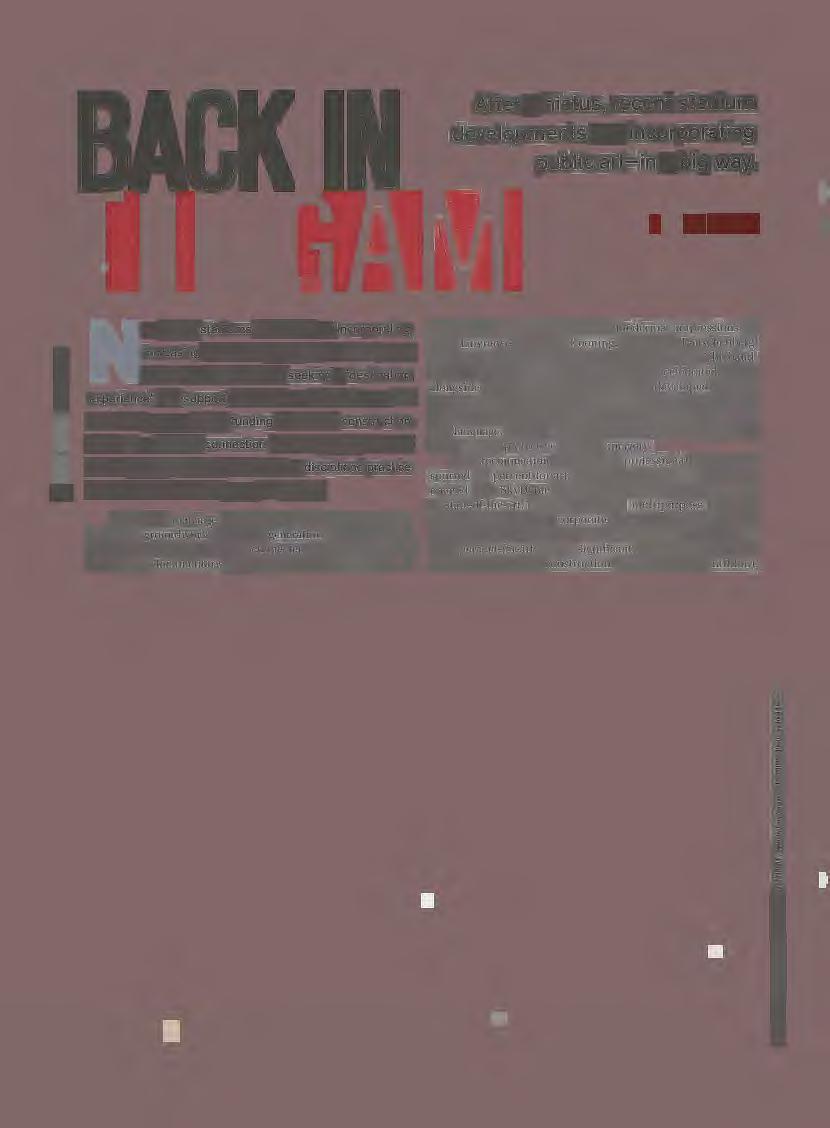
New sports stadiums in America are incorporating increasing amounts of public art, and this is fitting.
The art adds value to fans seeking a "destination experience;• and support for artists can console some cultures that oppose public funding of stadium construction. There is an intrinsic connection, too: the affinity between art and sports is natural; both focus on disciplined practice and the human need for grace and beauty.
While the marriage of public art and sport may seem recent, its groundwork was laid a generation ago. Prior to the 1970s, art and sports were well connected in the United States. From early documentary images by Currier & Ives, Thomas
Eakins, and George Luks, to the modernist impressions of Jacob Lawrence, Elaine de Kooning, and Robert Rauschenberg, to the pop images of Andy Warhol and Wayne Thiebaud, for more than a century American artists celebrated sports alongside other aspects of life. The rift that developed between art and sports in the 1970s was likely the result of two trends: an artistic turn away from shape and form in favor of concept and language, and the rising business mind-set in sports that made leagues protective of sports imagery.
The reconnection of art and professional sports was spurred by percent-for-art laws. In 1989, the city of Toronto opened the SkyDome (since renamed the Rogers Centre). a state-of-the-art, widely admired multipurpose stadium. Financed by public and corporate sources, the facility was the first sports stadium in North America to include, as dictated by local percent-for-art laws, a significant budget for art (CAD $5 million out of a final construction cost of CAD $570 million).
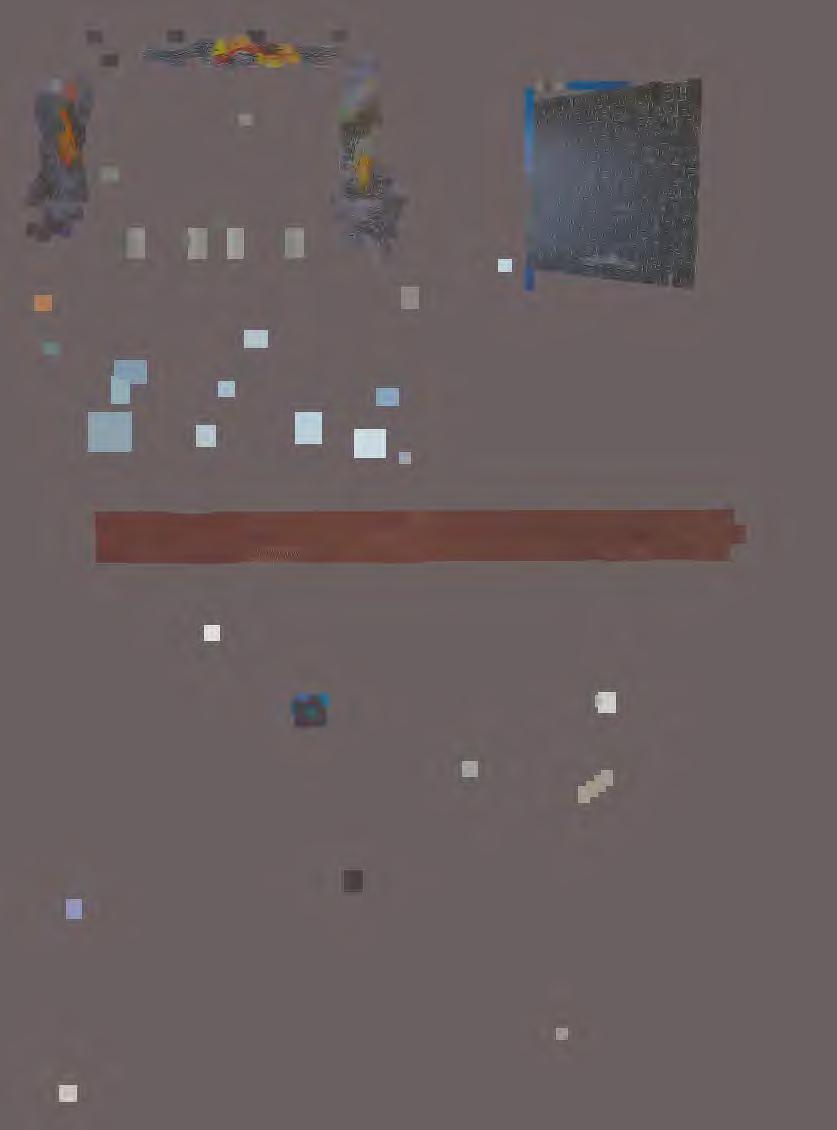
TheworksonthesetwopagesareinsidetheCowboysStadium in Dallas,opened in 2009.TOPLEFT:MatthewRitchie'sLineofPlay,about30feetby20feet,powdercoatedaluminum,vinyland acryliconwall.ABOVELEFT:GarySimmons'sBlueFieldExplosions,22feetby70feet,urethane,pigment,andoilstickonwall.ABOVERIGHT:MelBochner'sWin!,38feetby33feet,acryliconwall. BELOW:FranzAckennann'sComingHomeand(MeetMe)AttheWaterfall,variousdimensions,acryliconwall.OPPOSITEPAGE:Jimlsennann'sUndded,40feetby96feet,vacuum-fonnedstyrene.
DesignsfortheMiamiMarlinsBallpark.TOP:CarlosCruz-Diez,
ChromaticInductioninaDouble Frequency,tilepaversforentranceplaza.MIDDLE:DanielArshamlSnarkitecture,Untitled, LEOlightingandcastconcrete.BELOW:RedGrooms,Untided, a home-runfeature.
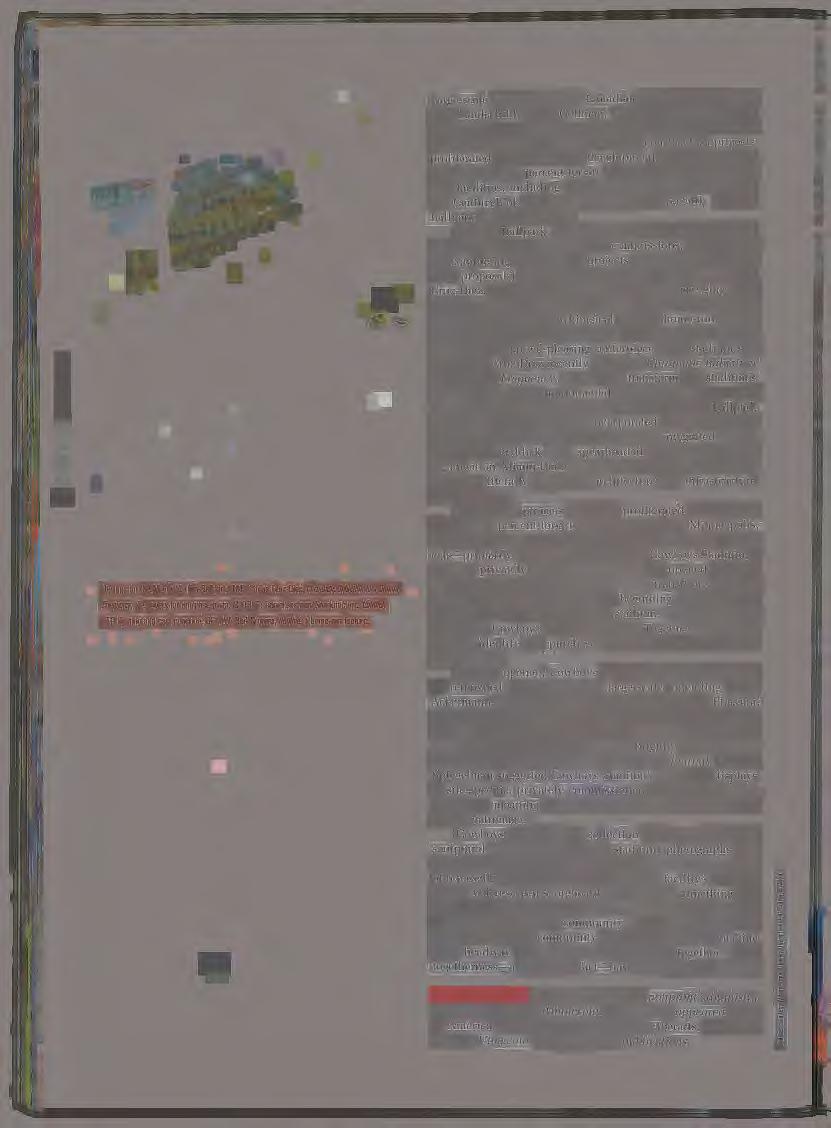
Large-scale public works by Canadian artists Michael Snow, Lutz Haufschild, Mimi Gellman, Susan Schelle, and Judith Schwartz are on display inside and outside the stadium. During the ensuing 20 years, as stadium construction projects proliferated thanks to urban development trends and sports franchise needs, percent-for-art laws affected a number of new facilities, including Coors Field in Denver, Safeco Field and CenturyLink Field in Seattle, and, most recently, Marlins Ballpark in Miami, Florida.
Marlins Ballpark, which opens in 2012, will include $7.2 million worth of public art commissions. The four artists completing five public art projects (chosen from 432 initial artist proposals) include storied veterans Red Grooms, Carlos Cruz-Diez, and Christian Moeller, and a young emerging artist, Daniel Arsham. The quality and reach of these works is of the highest order. Grooms's whimsical untitled home-run feature, with its colorful leaping fish, birds, and sprays of water and light, will be a crowd-pleasing centerpiece of the stadium's interior. And Cruz-Diez recently called his Chromatic Induction in a Double Frequency, which will transform the stadium's entry plaza, the most monumental work of his long career. Beyond the quality of the work, what will make Marlins Ballpark unique is how the artwork is incorporated into the design of stadium. "We're the first to do such highly integrated works," says Brandi Reddick, who spearheaded the project with her organization, Miami-Dade County Art in Public Places. "These works are literally part of the architecture and infrastructure of the stadium."
Stadium art projects have also proliferated in cities that do not have percent-for-art laws. Target Field in Minneapolis, which opened in 2010, included a handful of public art projects-primarily outside the stadium. And Cowboys Stadium, a massive, privately funded sports facility that opened in Dallas in 2009, includes so much art it nearly transforms the concept of a sports facility. "From the beginning we wanted our stadium to be more than a sports stadium," says Gene Jones, the wife of Cowboys owner Jerry Jones. Together they led the effort to identify and purchase art for the stadium's massive public spaces.
When it opened, Cowboys Stadium housed the work of 20 renowned artists who work large-scale-incuding Franz Ackermann, Matthew Ritchie, Doug Aitken, Olafur Eliasson, and Mel Bochner. Each was offered a blank canvas: a large area of the stadium on which to do whatever sort of work they desired. The result is an array of brightly colored, richly textured work. Writing in the Wall Street Journal, Willard Spiegelman suggested Cowboys Stadium's "big, bold displays of site-specific, privately commissioned and funded pieces ... [give] new meaning to the twin notions of artistic size and artistic patronage."
Cowboys Stadium's art collection will grow by adding sculptural elements outside the stadium, photographs and other wall pieces to interior clubs (17 have already been purchased). and even video art for the facility's massive central video-screen scoreboard. "We wanted something that had not been done in sports before," Jones says. "The goal was to get people in the art community to talk about sports and people in the sports community to talk about art. We're making great headway in getting those two groups together." This togetherness-a reunion, in fact-has been a long time coming.
MICHAEL FALLON is a writer, editor, and nonprofit administrator based in St. Paul, Minnesota. His work has appeared in Art in America, American Craft, Art Papers, Fiberarts, Public Art Review, Utne.com, and many other publications.
Ron Baron used 7,000 discarded football trophies to create O's (2004) for Auzten Stadium at the University of Oregon. The work, commissioned by the Oregon Arts Commission, has two o's that face each other from opposing elevator bays.
We asked members of the Americans for the Arts' Public Art Listserv to nominate their favorite works at sports stadiums. The nominations poured in and, after looking through projects at hockey arenas, football fields, and ballparks, we present to you four works that celebrate sports and the athletic spirit.
-The Editors

Paying homage to Brancusi's Bird in Space, Donald Lipski created The Ziz (2009), a 60.5-foot sculpture, for Arizona's Goodyear Ballpark, where both the Cleveland Indians and the Cincinnati Reds have spring training. Its height is the same as the distance from the pitcher's mound to home plate.
To create The Moons (2007), a percent-for-art project for Sprint Center Arena in Kansas City, Missouri, Chris Doyle and his crew spent three days videotaping more than 600 Kansas Cityans jumping on trampolines. These videos appear on three round LED video screens, or three "moons," set in oasis-like gardens in front of the stadium, which is home to basketball, rodeo, and other events.
Thomas Sayre's Curveball (2010), which marks the main entrance to the Washington Nationals Stadium in Washington, D.C., is made from 30 stainless steel baseballs. On the east fac;:ade,the piece illustrates the rotation of a curveball pitch and on the west it follows the trajectory of the ball after it is hit by the batter. Curveball was commissioned by the DC Commission on the Arts and Humanities' DC Creates! Public Art Program.

Internationally, play spaces have become more creative while they've languished in the United States. Here, a playground expert says it's time for American artists to return to the design table, and offers inspiring ideas from around the world.
BY SUSAN G. SOLOMON
American artists were a force in playground design in the 1 950s and 1960s, but when patrons began to choose equipment based on whether it would reduce their liability, artists disengaged from design. Architects, landscape architects, and visual artists in Europe, Australia, and Asia, however, have remained engaged. In these locales, artists have fashioned natural materials into play spaces; located play in nontraditional settings, most of which expand public space; and developed play areas and skate parks that have revitalized urban life. In the process, they have shifted play from tightly contained playgrounds with limited play value toward more generalized, interactive playscapes. Their work has led to recently designed play spaces around the world-including a few projects in the United States-that are both artful and fun.
Postwar American playgrounds and schoolyards had strong ties to nature. M. Paul Friedberg devised wooden "post and deck" systems in the 1960s to simulate play in rural streams and hills. In the 1970s, landscape architect Robin Moore transformed the asphalt schoolyard at Washington Elementary School in Berkeley, Calif., into the "Environmental Yard," an oasis of earth and water. These pioneer efforts later gave way to companies who market inert post and deck structures and to seismic retrofitting that ripped out the plantings in the Berkeley yard and returned it to a dead, man-made plane. Meanwhile, natural playgrounds in other parts of the world-particularly Scandinavia-have continued to thrive. For more than two decades,
50

ABOVEANOPREVIOUSPAGE:CanadianfabricartistToshikoHoriuchiMacAdam'sKnilledWonderSpace 2,2009(previouspage),isinstalledinsidethe WoodsofNetPavilion at HakoneOpenAirMuseuminJapan(above).RIGHT:Altera freewaycuttheDutchtownKoogaandeZaaninhall, NLArchitectscreated a vibrantpublicspace-with a supermarket,flowershop,mini-marina,andskatepark(designedbyCarve)-undemeath it.
Copenhagen-based architect and landscape architect Helle Nebelong has led efforts to include nature in schoolyards and children's quarters of parks. In places like the Nature Playground in Valbyparken (2001), she has created lively, intergenerational public domains, open 24 hours per day, where, she says, "children have to use their full bodies and minds to explore and manage their surroundings."
"Denmark has a long-standing tradition for letting children play freely using their own imagination," says Nebelong. "The junk playgrounds-later called adventure playgroundsthat emerged in my country in the 1940s inspired me a lot. Using leftover building scraps, kids have opportunities to experiment and manipulate materials, to socialize, and to embark on fantastical journeys. Children train themselves in dealing with and triumphing over unpredictability. I try to accomplish the same thing using water, sand, soil, stones, plants, terracing, and hidden spaces among natural growing materials."
Such site-specific commissions eschew manufactured solutions-but they also require an artistic sensibility. According to Tim Gill, play advocate and author of No Fear: Growing Up in a Risk Averse Society, less talented designers might "scatter a few randomly placed boulders or logs around cookie-cutter play areas, thereby insulting our intelligence and aesthetic sense." Instead, he says, the goal is to shape-as Nebelong has done successfully-an entire ensemble.
Many leading play space designers are exploring the location and character of children's play in interesting ways. Sometimes children themselves dictate where a play space needs to be. Nebelong, for instance, includes children's spots adjacent to the sensory gardens she creates for municipal nursing homes where most residents have dementia. Reflecting on her first installation, she says she "saw the number of grandchildren and great grandchildren who visited and realized how much they enjoyed playing on the rocks," Her gardens dramatically improve the daily life of old folks at the same time that the play zones keep children active.
Play can also merge with educational tools. Elger Blitz, from the public art design firm Carve, and Dutch landscape architect Annemieke Diekman won the competition for a revamped entrance to the Netherlands' Zuiderzee Museum, which is dedicated to cultural heritage and includes the largest number of wooden ships in the country. When people arrive at the proposed entrance, they will find large playful objects to touch, move, or scamper upon. These forms, entitled Garden at Sea, will suggest daily routines of the former Zuiderzee region such as fishing and trading-activities that visitors will learn about inside the museum.
Geopark has a slightly different educational mission.
Architect Reinhard Kropf, a founder of the firm Helen & Hard, notes that Stavanger, Norway, lacked a public, centrally located space for young people. When the city was designated a European Capital of Culture in 2008, he initiated a campaign to address that void and simultaneously highlight Stavanger's role as Norway's administrative heart of oil exploration. The result is a park composed of equipment left over from offshore drilling, including an oil rig that was being demolished. Kropf, giving an industrial spin to the adventure playground, wanted to "create space that would display the tangible and intellectual properties of the local industry by using its waste to provide a needed, lively public space for young people." The captivating park, which features play structures in varied shapes, quietly critiques the amount of waste that drilling generates. Adjacent to the Norwegian Petroleum Museum, Geopark has no admission charge and never closes.
Other parks serve specific goals for child-play. A masterful insertion in Amsterdam, for example, was designed by the Carve firm to retain older kids at two playgrounds created by the illustrious architect Aldo van Eyck in the 1960s. The play areas, adjacent to each other in heavily used Vondelpark, each contain a giant circular sandpit and a low climbing frame. Carve's answer was to build two wood slat towers that sit between-and link-the van Eyck spaces. Vondeltuin Towers (2010) establishes a vertical monument that houses intricate climbing and rope devices.
Skate parks, while dominated by mass-produced equipment, are another venue for creative design. Carve, whose principal Elger Blitz was once a serious skater, is one firm that appreciates how carefully designed skate parks can enhance cities. In Koog aan de Zaan, for instance, the AB freeway divided this small town into two and formed a desolate space below. In 2005, Carve helped the firm NL Architects change that by inserting a large skate park into NL's A8ernA project beneath the freeway. A multigenerational crowd now comes to skate and watch. This once lifeless space, further enhanced by the addition of a supermarket, a flower shop, and a minimarina, is now a vital, active connector that unites both sides of a municipality and reestablishes a central public hub.
ArtistsReturnto Playgrounds
Like architects and landscape architects, artists provide vital input to creative play spaces. Examples include visual artists in Australia and Japan, where liability issues are similar to, but less severe than, those in the United States. Today, ventures in both countries have drawn artists back into the creation of recreation spaces. Australia's Urban Art Projects (UAP), conceived by visual artists Daniel and Matthew Tobin, serves as a par-
ticularly strong model of how to achieve results. UAP acts as curator, manufacturer, and site and project manager for major pieces of public art. By streamlining the selection and production process, UAP makes it easy for patrons to consider art for public spaces-and Australian municipalities are eager to sign up. "There is general understanding that innovative work leads to heightened economic success," says Daniel Tobin, UAP commissioned sculptor and painter Fiona Foley to create a series of play objects with nautical references for Northshore Hamilton Park in 2008. The developers of this mixed-use community, on the site of abandoned Brisbane wharfs, wanted a playscape that would energize the site, promote community gatherings, and increase sales. Foley also designed play features and a skate park for Sydney's Redfern Park to help revive that venue.
Toshiko Horiuchi MacAdam is a Canadian fabric artist and graduate of Cranbrook Academy whose play work is found
BELOWLEFTANDRIGHT:AmericanarchitectDavidRockwell'sImaginationPlayground,2010, consistsgiantloamblocksthatareeasilytransportableandadheretosafetyguidelines,

LEFTANOBELOW:DesignedbyDanisharchitectandlandscapearchitectHelleNebelong, theNaturePlaygroundatValbyparken in Denmark isopen24hours a day,ABOVE,RIGHT ANOMIDDLE:ArchitectReinhardKropfusedequipmentleftoverfromoffshoreoildrillingto createGeopark in Stavanger,Norway, It isbotha 24-hourplayspaceanda quietcritiqueof thewastegeneratedbydrilling,OPPOSITEPAGE:lotusCross,2008,isoneofseveralplay objectscreatedbyartistFionaFoleyforchildrenundertheageof7 atSydney,Australia's RedfernPark,forwhichshealsodesigned a skatepark,Foleywasinspiredbynativeflora,
in her native Japan. MacAdam investigated the connection between her own weaving and human needs in Tokyo, where she lived in the 1970s. She concluded that the Japanese capital lacked the intimate spaces where she had played as a child. She says that her "creativity came from play and imagination I was able to engage in as a kid." Feeling a moral responsibility to aid today's children, she began to construct three-dimensional crocheted objects on which kids can bounce, crawl, and swing. The Woods of Net Pavilion, designed by Tezuka Architects at Hakone Open Air Museum, showcases Knitted Wonder Space 2 (2009), her abstract sculpture for children. There is no charge for kids on Saturday. Her earlier play nets for Toyotomi Silk Village in Yamanashi Prefecture are free for all.
There are pockets of playground design in North America that are encouraging. American landscape scholar Susan Herrington has documented how children prefer nature to standard equipment, and natural schoolyards are gaining traction. The "Environmental Yard" may return in Berkeley. Other innovations include architect David Rockwell's Imagination Playground (2010), which consists of "loose parts" in the form of giant foam blocks. These transportable pieces adhere to safety guidelines and enliven any location.
Stanley Saitowitz remains, sadly, the single notable architect to design a unique skate park. Saitowtiz's Extreme Park, in Louisville, Ky., displays his refined detailing and benefits from a state recreation immunity law that releases the city from liability as long as there is no gross negligence and no
fee charged. The park has enticed people and small businesses back into a formerly industrial district.
The San Francisco Arts Commission, which has promoted public art through a distinguished percent-for-art program, has brought play into San Francisco International Airport. This year, sound artist and photographer Walter Kitundu created Bay Area Bird Encounters in newly renovated Terminal 2. The work is a mural consisting of transfers onto wood of his photos of local birds. He completed the composition by building benches where anyone can use a mallet to sound out the songs of depicted birds. Kitundu reflects that his audience, while controlled, is still sizable. "Creating pieces for airports causes artists to consider what they can contribute to unusual venues or users," he says.
In Kitundu's case, the arts commission reached out to him. The time might be right, however, for interest to flow the other way. Artists should consider becoming proactive, bringing ideas for play or skating to any city with a percent-for-art program and even approaching real estate and mall developers. By demonstrating that exceptional playgrounds are flourishing and fostering economic change abroad, artists might finally have a rationale for a comeback in an area from which they have been too long absent.
SUSAN G. SOLOMON is president of Curatorial Resources & Research. The author of American Playgrounds: Revitalizing Community Space (University Press of New England, 2005), Solomon consults and lectures on innovative playground design. She received her Ph.D. from the University of Pennsylvania.

53
AMERICANSFORTHE ARTS PUBLICARTNETWORK(PAN) is the nation'sleaderin advancingthefieldof public art throughadvocacy,informationandresourcetools, andpeer-to-peernetworking • •
PANIS YOURRESOURCEFOR:PublicArt Preconference • weekly projectopportunitylistservpostings • professionaldevelopmentwebinars including:thePublicArtArtistAcademy,ProjectManagementandContracts • Yearin Review - the onlyawardprogramthat specificallyrecognizes outstandingpublicartworks• PANBlog
BecomeanAmericansfortheArtsmemberforas little as$50 a yearandjoin the onlinelistserv,getfreewebinars,access to bestpractices,directoriesandmore.Publicart administrators, artists,designersandalliedprofessionalslookto PANto advaflce publicart in theircommunity.www.AmericansfortheArts.org/PAN
Imagefeaturedis from2008PANYearin Review, indestructiblelanguagebyMa,yEllenc"arroll.
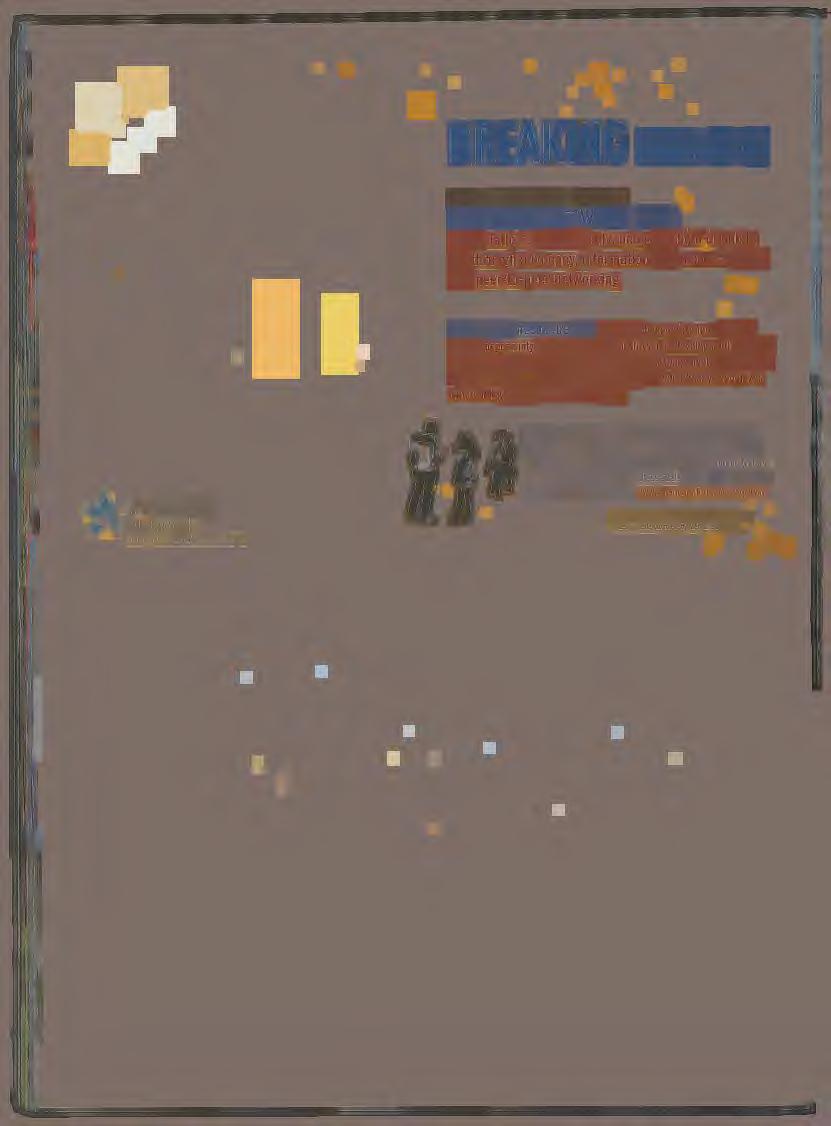

Swarm 2011. Rolled stainless steel, tinted cast acrylic, misting system. 10' h x 12' dia.
Liverpool once had a proud tradition of privately commissioned permanent art that helped define its public space. But over the past 40 years, its new public art has been different in character: ephemeral, detached from the built infrastructure, attempting to reimagine the city in and for the present, and paid for by the public purse. Since the election of the coalition government in May 2010, public funds have disappeared. An immediate question is how to fund public art under these conditions.
But there is a longer-term shift involved, with the concept of public space in Liverpool, as elsewhere, dying. All over the western developed world, politicians have convinced us that their job is merely to look after the economy. As a result, the responsibilities of citizens have been reduced to the rights of the consumer. Sometimes civic spaces are born again as consumer spaces; sometimes they are simply privatized and the public is denied access. The real urgency is perhaps less how to fund public art, and more whether public art as an idea can survive in the form in which it has done since the invention of public space. Will Liverpool have a context for a public art that addresses issues of public concern? Will there be a life beyond the marketplace?
History and Permanency
From the mid-nineteenth century until its traumatic economic decline in the 1960s, Liverpool was one of the leading cities in the United Kingdom for the patronage of public art. Although primarily an expression of private wealth, the intended effect was to celebrate the civic power of the community through an abundance of art freely available to the public. For instance, there are many architecturally magnificent pubs in Liverpool, enriched with art nouveau craftwork, deserving the name of people's palaces. Many of them were paid for by Sir Andrew Barclay Walker's brewery, the same Walker (sometime Lord

Mayor of Liverpool) who paid for the building of the Walker Art Gallery and donated it to the city (despite the fact that he was not noted for his interest in art).
Other fabulous examples are the stone carvings by Edmund C. Thompson on the exterior of the neo-Egyptian offices for the Mersey Tunnel (1934, architect Herbert Rowse). These include a highly original relief of a motorcyclist seen head-on, seven feet high, in Portland stone. The Anglican Cathedral (completed in 1978) includes stone carvings and sculptures by the local artist Edward Carter Preston. And one of the last memorials in this tradition was Arthur Dooley's The Speaker's Platform at the Pier Head (1973). This homage to Tatlin's Tower-designed by Russian architect Vladimir Tatlin just after the Bolshevik Revolution but never built-was commissioned by the Trade Union Movement, providing a platform from which to address mass rallies. It did not survive Dooley's death in 1994.
By the early 1970s, the owners of Liverpool's wealth (and their liquid capital) had migrated to other parts of the world, and the city's infrastructure-including all those magnificent buildings, monuments, and public spaces-was left to molder. From that point onward, public art has been funded not by wealthy individuals, but by publicly funded agencies and by churches.
Liverpool's International Garden Festival of 1984 signaled the shift to publicly funded ephemera. Artworks to enliven a former landfill waste tip were commissioned by public art pioneer Isabel Vasseur. After the festival, many of the artworks were placed in storage or simply disintegrated. Maybe one-fifth of the original number, including Dhruva Mistry's Sitting Bull, are now displayed in public. The culture of festivals encourages ephemerality: festivals create a public space that is aimed at tourism (passing trade) rather than a community with its own traditions and history. (Eiffel's tower was never intended to outlive the Great Exhibition for which it was commissioned.)
During the 1990s, the Liverpool City Council paid for a series of visual arts festivals that took place as much on the street as in conventional galleries, with the artworks having a life of only weeks. In retrospect, it's clear that these festivals created the habit for local visual artists to express themselves through temporarily sited public artworks.
Liverpool's status as European Capital of Culture in 2008 was gained partly on the strength of its art in public space, with the most high-profile commissions coming through the agency of the Liverpool Biennial. Public art has been a defining feature of this 10-week international festival since the second edition, in 2002. It has favored temporary public artworks over permanent, not only because they are easier to fund and permit, but because the energy of the ephemeral can more successfully engage citizens in thinking about their environmentasking them to see their own city through a tourist's eyes. With permanent work, you get an outcry when you put it there; with temporary, you get one outcry when you put it there, and a second when you take it away.
Three of the most successful of temporary works were commissioned for 2008: Richard Wilson's Turning the Place
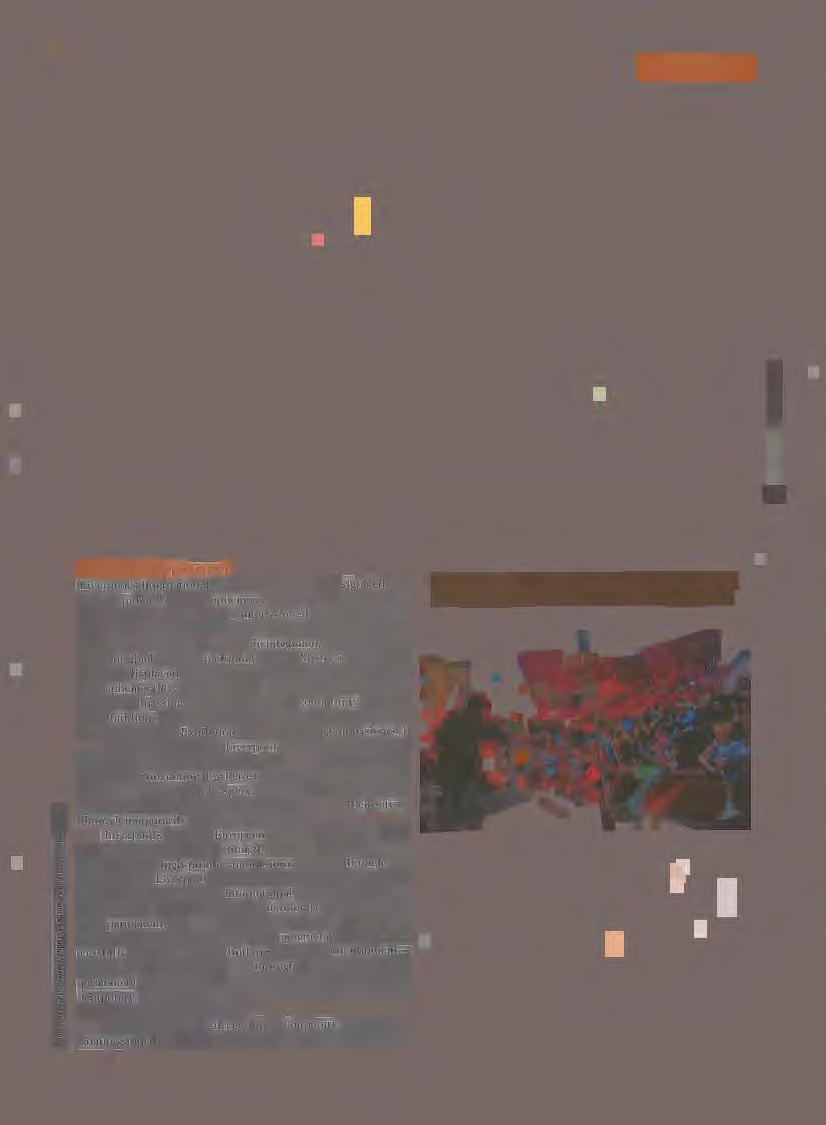
ABOVE:DhruvaMistry's1984Si/lingBull,commissionedfortheInternationalGardenFestival. BELOW:RockscapebyAtelierBow-Wowwascommissionedforthe2008LiverpoolBiennial.
ABOVE:x-RayTedGolfBugbyJoeRushwaspartofthisyear'sLiverpoolDiscovers.
BELOW:LiverpoolGreats,includingJohnLennonbyPaulMcKay(left)andElizabeth'Lizzie' ChrislianbySarah-JaneRichards(right),wereauctionedforcharityat LiverpoolDiscovers.
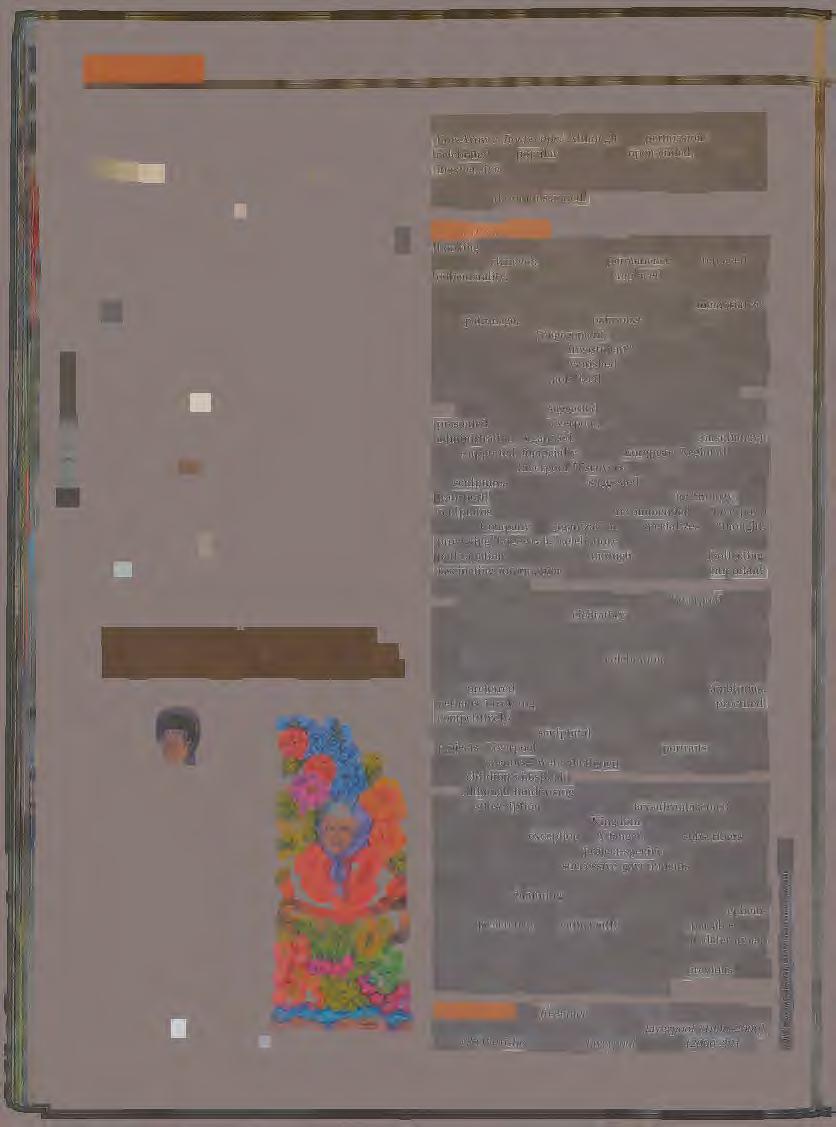
Over; Diller Scofidio + Renfro's Arbores Laetae; and Atelier Bow-Wow's Rockscape. Although the permissions for these celebrated and popular artworks are open-ended, and they are inexpensive to run, no funds, public or private, can be found to maintain them. All three have "made their point" and all are now being decommissioned.
Looking back half a century, it seems that the rationale of public art has changed: not only has permanence been replaced by ephemerality, and private money replaced by public, but the audience for public art has shifted from "citizen" to "tourist." Could this be because private patrons want to memorialize their patronage, while public patronage looks not only for that elusive quality of "engagement" in the present, but also for a financial return on its investment? At this critical moment, when public money has vanished, how can private and commercial resources be mobilized again in the creation of art for civic space (and to reassert the idea of civic space itself)?
One answer is suggested by a recent six-week project presented by Culture Liverpool, the cultural unit within the city administration, organized by Wild in Art (an art consultancy) and supported financially by the European Regional Development Fund. Liverpool Discovers was a city center trail of 11 sculptures on 10 themes suggested by the public, such as transport, health, sports, and science and technology. The sculptures were made by people recommended by Liverpool Lantern Company, an organization that specializes in "thoughtprovoking, large-scale, celebratory events." The reactions and participation of the public through the website (collecting fascinating information about the themes) were an important part of the event.
There's no doubt about the success of Liverpool Discovers from a heuristic and celebratory point of view, and in this it was a welcome gambit to revive civic space in the sense of a site acting as a reservoir of historic memories held in common by citizens, rather than the celebration of consumer space which is the message of so much "art in the mall." I would have preferred for the process to have been more ambitious, perhaps involving artists from outside the city or procured competitively. But in my view, the most telling feature of the event was that the sculptural images that made up one of the projects, Liverpool Greats-a series of 22 portraits by almost as many creators-were auctioned for charity, in support of a local children's hospital.
Although fundraising for public art (as for other forms of art) by subscription is common (and tax-advantageous) in the United States, in the United Kingdom it is a lapsed tradition (with the notable exception of Artangel, whose subscribers pay an annual fee rather than a project-specific one). We continue to try to convince our successive governments in the UK to alter our tax rules toward those of the United States. Maybe we should be planning for a future in which public art continues to engage with and create civic space, and is ephemeral by preference, but sufficiently durable and portable to be available for auction to private bidders after a predetermined period. However difficult a path this would be to tread, it's clear that there's no going back to either of the previous methods of paying for public art for civic spaces.
LEWIS BIGGS is a freelance curator, writer, and cultural consultant. He has been director of Tate Liverpool (1990-2000) and CEO/artistic director of Liverpool Biennial (2000-2011).
The recent unveiling of Maya Lin's design The Meeting Room-a park redesign intended to improve and reenergize Queen Anne Square in the center of Newport, Rhode Islandreveals the challenges involved in placing public art in Rhode Island. This state prides itself on being home to more historic structures per capita than any other, and it has a strong preservation movement guarding these structures. So any change to the built environment, including the placement of public art, inevitably brings up the tension between old and new, traditional versus contemporary, and is bound to be accompanied with lively exchanges.
Lin, best known for the Vietnam Veterans Memorial in Washington D.C., proposed a subtle design of four partial stone foundations recreated according to plans of colonial structures, all originally found in Newport. Lin describes her design as a palimpsest that references New England's traditional stone walls and documents layers of history while simultaneously providing seating atop 18-inch-tall walls with views of Newport Harbor, Trinity Church, and historic structures surrounding the park.
The Newport Restoration Foundation (NRF) raised financing and commissioned Lin's proposal for the public park, which was originally given to the city by Doris Duke, the philanthropist who founded the NRF in 1968. The foundation is largely credited with saving many of the colonial structures that still dominate the streetscape today. "We have a long tradition of some of the finest architects, landscape architects, and cabinetmakers working here, using Newport as a laboratory for their ideas and their work," says Pieter Roos, the executive director. "We wanted to introduce somebody from the twenty-first century into this mix."
Ironically, what is intended to honor Doris Duke and provide a monument to historic preservation's accomplishments is labeled a fake by critics because it uses not authentic, historic foundations in their original locations but interpretations of those foundations. In response, Roos warns that "preservation should not be presenting a freeze in time. Cities change all the time-that's what keeps them vibrant."
Providence and other towns in Rhode Island keep changing through a variety of public art initiatives.
"Things evolve, things are not static," says Elizabeth Keithline, director of project grants for organizations and public art at the Rhode Island State Council on the Arts (RISCA), echoing Pieter Roos. While pointing to Rhode Island sculptor Peter Diepenbrock's

Old and New
In Rhode Island,traditionand innovation merge to benefit the community
Torsion III (2010), an abstract bronze sculpture funded by the state's one-percent-for-the-arts program, Keithline discusses the specific challenges Rhode Island faces because of the necessity "to marry historic sites and contemporary art works."
In Diepenbrock's piece, she notes that the large swooping gesture constructed from small, overlapping bronze rectangles echoes the patterns of the large, rough granite blocks used in the original construction of Lippitt Hall, which sits along the quad of the traditional New England campus of the University of Rhode Island in South Kingston.
Other recent percent-for-art funding paid to commission Mikyoung Kim's Horizon Garden (2010) in front of the Rhode Island Convention Center, Cliff Garten's Schooling (2011) at the Graduate School of Oceanography at University of Rhode Island, and Bill Fontana's Natural Song Lines (2007) installed along the walkway to the Kent County Courthouse in Warwick.
Keithline is proud that many of the pieces RISCA funded have increased in value over time. "Based on the price point of our program, we often get artists on their way up, before they become recognized nationally and internationally," she says, referencing earlier works by James Carpenter and Ursula van Rydingsvard that adorn the airport, among others.
Local collector and enthusiastic patron of the arts Dr. Joseph Chazan has paired his keen interest with a strong financial commitment to promote art and artists in Rhode Island.
ABOVE:Waterfire,anannualevent,hasattractedmillionsofvisitorsto RhodeIsland.
BELOW:ATapeArtpiecebyMichaelTownsendandColinBlissbycityhallin Providence.

"People are affected by their environment, their surroundings, and I see my involvement with art as my commitment to the community," says Chazan. He has commissioned Rhode Island artists Howard Ben Tre, James Reynolds, Jonathan Bonner, Nicole Chesney, Steve Easton, Coral Bourgeois, and Agustin Patino to create art for The Wheeler School and its Seekonk farm, which is open to the public.
Besides the sculpture at The Wheeler School's farm, Bonner's subtle, sophisticated sculptures can be found across his home state with the most recent addition, Gaze (2011), gracing the lawn of the Temple Beth El on Providence's East Side. A Holocaust memorial to be located downtown is in the works. And another piece by Bonner, a Brancusi-inspired granite column, marks the entrance to the Museum of Art at the Rhode Island School of Design (RISD).
The presence of one of the oldest and most highly regarded art schools in the country has helped make Rhode Island an arts destination. Located on Providence's Benefit Street, one of the country's most complete, preserved historic streetscapes, the museum recently added a modern wing designed by Spanish architect Rafael Moneo.
RISD's neighbor, Brown University, has instituted its own one-percent-for-the-arts program, committing money for art with every construction and renovation project. The program has brought works such as a sound installation by Brown alumna Nina Katchadourian entitled Advice from a Former Student (2010) and a carpet by Ann Hamilton to the campus. In addition, Brown University started a loan program that has enabled it to borrow public art by Calder, Noguchi, and Lichtenstein from foundations to display in a three-year rotation, and it commissions artworks to be installed on the campus on a temporary basis. Last year Square Roots, a large installation by Patrick Dougherty, graced a campus green.
While RISD has helped to establish Providence as an arts destination, it is the city's government that has made a commitment to expand that reputation.
Unlike the state, the city of Providence does not have a budget for public art, but it does have a strong Department of Art, Culture and Tourism (ACT). The ACT works closely with artists and arts organizations in an effort "to add to the vibrancy of the city and the civic life in the community," says Lynne McCormack, the director. "We are interested in ethereal and ephemeral installations and events that foster community building."
Last summer the city invited Michael Townsend and Colin Bliss, infamous for building an illegal apartment in the nearby shopping mall, to create one of their massive Tape Art pieces. Using custom drawing tapes, the Tape Art team installed a 14,000-square-foot drawing engulfing a skating rink across the street from city hall as part of the city's 375th anniversary celebration.
This year's Wooly Fair, described by founder Sam White as "our Providence-born DIY art carnival," provided stipends to 19 artists to build a 40-foot dome and 21 space pods, creating "a brief, dreamlike environment on a large scale" around the theme "To the Moon." The event, according to White, "is very much rooted in the participatory culture that Burning Man fosters." It's held at the Steel Yard, a large brick indush·ial mill complex that has been undergoing restoration and environmental remediation. It's now an arts complex where
public artist Brower Hatcher has a studio, and where Ellen Driscoll, with a fellowship from the Rhode Island Foundation, recently created Distant Mirrors, an archipelago made from recycled plastic milk bottles that floated down the Providence River as part of the city's anniversary celebration.
Similarly, AS220-Providence's venerable, hip downtown arts organization-recently renovated two historic buildings to expand its facilities. The wall behind the original building on Empire Street features a large mural by Shepard Fairey, who studied at RlSD, and along its front runs a sculpture by Jonathan Bonner.
An outstanding example of a public art event that builds community is WaterFire, a sculptural installation originally created by Barnaby Evans for the 10th anniversary of First Night Providence (First Fire, 1994) and the next one (Second Fire, 1996) for the International Sculpture Conference and the Convergence International Arts Festival. Since 1996, several times each summer, baskets float down the Providence River accompanied by music and are lit on fire at sunset. The installation has been credited with attracting millions of visitors to Providence and Rhode Island.
Providence, which promotes itself as "the Creative Capital," recently received $200,000 from the NEA's Our Town initiative, focused on creative placemaking projects that shape the physical and social character of a neighborhood, town, or city through arts and cultural activities.
When touring the city with McCormack, Rocco Landesman, head of the NEA, enthusiastically praised Providence's accomplishments. "You guys get it," he said. "The kind of things we are always talking about-things like creative placemaking and using the arts to bring communities together-you're doing it already." The NEA funding will be used to provide public programming for Greater Kennedy Plaza and support public artworks through AS220, the Steel Yard, and CityArts in coordination with public presentations in the summer of 2012 with WaterFire, the Rhode Island Philharmonic, and Festival Ballet, contributing to the rich array of arts offerings across the state. Other public art programs there include Project One in Newport, Rhode Island College's Sculpture Tour, the sculpture park at Tiverton's Four Corners Arts Center, and the City of Pawtucket Arts Festival.
The fact that so many artists call Rhode Island their home helps to create this art-friendly environment and many willing participants. Similarly, in the preservation movement, the fact that a significant number of Rhode Islanders live in historic structures makes for a broad support of the local preservation movement. The intersection of the two-art and preservation, or conservation and creation-can at times create friction. But it simultaneously provides these local constituencies, who share a deep commitment to community, the opportunity to shape it and participate in it.
MARTINA WINDELS is a designer who has written about art and design for Art New England, American Craft, Metalsmith, Glass Quarterly, and several Rhode Island publications. She recently was a member of a panel charged with selecting public art for the Department of Motor Vehicles in Cranston, Rhode Island, as part of the state's one-percent-for-art law.
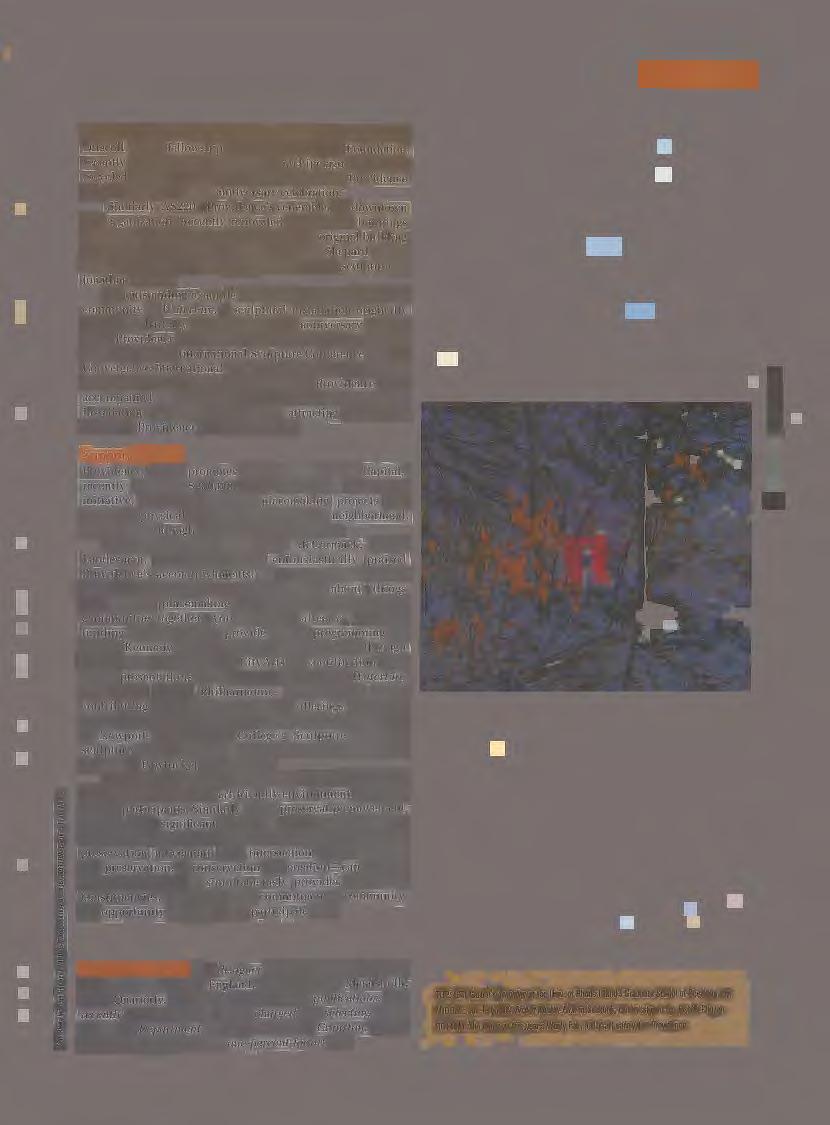
TOP:CliffGarten'sSchoolingattheUniv.ofRhodeIsland'sGraduateSchoolofOceanograpy. MIDOLE:JimReynolds'ArchatWheelerFarminSeekonk,commissionedbyJosephChazan. BOTTOM:Thedomeatthisyear'sWoolyFair,a DIVartcarnival inProvidence.
Public art is a dynamic and expanding endeavor. As art's concerns adjust to our increasingly complex world, the role of artist is shifting from object maker to problem solver. This summer, the Colorado Art Ranch in conjunction with the town of Lake City, Colorado, embraced this definition of public art in the Hardrock Revision residency, during which a transdisciplinary team of artists explored how to reclaim, preserve, and give new life to Lake City's inactive Ute Ulay Mine.
Perched on the Alpine Loop, a rugged and popular route for off-roaders, the mine is about three miles from Lake City and reflects the larger history of the San Juan Mountains. Named for the Indians it displaced through the Bruno Treaty of 1873, the Ute Ulay produced silver, lead, and zinc in a constant state of boom and bust until 1912, and then operated only sporadically until 1995. Each time the mine opened, the community filled with hopes of economic stability, which never materialized. The shuttered mine left the community with a pile of tailings-the potentially toxic discards from the milling process-and water quality concerns. Yet the site is a valuable cultural asset and offers opportunities for economic development, particularly as a destination for visitors interested in history, recreation, and sustainability.
When the current owner, LKA International, proposed donating the mine, the mill, and the former residential sites to Hinsdale County, the community was interested, but also cautious. They pursued a brownfields report, which revealed that environmental concerns are manageable. They also contacted Grant Pound, executive director of Colorado Art Ranch. This nomadic interdisciplinary arts organization brings artists to small towns to use the arts to address issues of those towns. Lake City wanted help envisioning what to do with the mine. Thus, Hardrock Revision was born.
For the month-long residency, Pound assembled a team of seven core members: Hannah Fries, a Massachusetts poet; Bland Hoke, a sculptor from Wyoming; Julia Lewandoski, a public historian and musician living in Montreal; Anna Macleod, a sculptor and environmental artist based in Ireland; Lydia Moyer, a videographer and educator from Virginia; Becky Sobell, a landscape

architect from Manchester, England; and myself, Linda Wysong, an interdisciplinary artist from Portland, Oregon.
The team explored the mine, met with visiting scientists and a host of advisors, learned about the region, delved into the community and its history, and got to know the people who live and vacation at an altitude of 8,600 feet. Since the community has only 400 residents, it is appropriate to question the wisdom of bringing in "outsiders." But Pound and Kristine Borchers from Lake City's Downtown Improvement and Revitalization Team (DIRT) did their homework and forged valuable links. Throughout the residency, the artists had weekly meetings with a Community Advisory Committee whose enthusiastic support opened the citizens' hearts, minds, and homes.
"It was helpful having such a diverse group and the experiences and knowledge brought from various corners of the globe," says Marian Hollingsworth, president of DIRT. "I believe that the month of conversations deepened an awareness of the Ute Ulay. It is a valuable asset which could be lost."
Beginning with an examination of history and place, the Hardrock team shifted from thinking about place as a fixed location to seeing it as a dynamic set of relationships tempered by time, experience, and narrative. This encouraged a multilayered proposal. The vision for the Ute Ulay embraced the historic preservation of the buildings, acknowledged the 10,000 years of Ute culture, highlighted the stories of hope and hardship endured by the prospectors, and established a framework for a dynamic future through reuse and ecologically sensitive development. The dual goals of conservation and growth were pursued through the underlying principles of transparency, historic preservation, fun, function, and environmental awareness.
After a month of living and working in Lake City, the team members presented their ideas at a day-long Artposium, complete with maps, a model, and a lot of conversation. The proposals offered an eclectic mix of the practical and the imaginative. For leaking roofs, the group recommended tarps, each a potential canvas for a temporary painting. Shoring up the head frame, a structure over the mineshaft, was recognized as a sculpture
opportunity. Proposals to provide habitation and income included establishing a hostel in the old boarding house, constructing visual access to the mill building, restoring the trolley as a tram, and even establishing a zip line for adventurous travelers. Ways to incorporate sustainable energy ranged from generating electricity with floating generators to using burros as alternative transport.
The single element that most distinguished the Hardrock team's vision from the standard reclamation process was the tailings pile. The usual procedure is to bury or cap mine tailings, making them disappear. The Hardrock team recognized the tailings pile as an earthwork with enormous symbolic and physical value and recommended that it be sealed and kept as a tribute to the work that shaped the site.
Hardrock Revision was a cooperative effort between a nonprofit arts organization (Colorado Art Ranch) and a civic nonprofit (DIRT) with the support of the Hinsdale County Commissioners. Because they were not tied to the policies of an established arts commission, the organizers were able to display a light-footed sense of improvisation that was a good fit for an innovative town with a small budget and an active citizenry.
The Hardrock Revision collaboration was not intended to result in a piece of traditional public art, but to engage and inspire the participants and the community. This type of art is about time and space, similar in many ways to music or theater. Success is not judged by the craftsmanship or impact of an icon, but by the power of the concepts and the level of engagement. In this way, Hardrock Revision's focus on process and interaction entered the realm of social practice, which shifts the definition of art from the closed loop of the eternal object to a set of dynamic relationships directly connected to our lived experience.
Colorado Art Ranch has challenged the traditional parameters of the usually solitary artist residency by turning it into an opportunity for social engagement. Hardrock Revision enlarged the civic dialogue around the role of the artist in contemporary society and the fundamental definition of public art.
LINDA WYSONG is an interdisciplinary artist who makes public art, writes, and engages in the civic dialogue. She lives and works in Portland, Oregon. www.lindawysong.com.

ABOVE:TheUteUlayMinenearLakeCity,Colorado.BELOW:Proposalsforthesiteincluded turning a watertankintoa cameraobscurawithwheelchairaccess(top),aswellas rebuildingtheaerialtramwayusedtohauloreandminersandadding a zipline(bottom).
Cergy-Pointoise, France • May 1 9-20, 2011
Quel Destin Pour L'Art Public? (What is the Fate of Public Art?) was an international conference convened by World Heritage Centre of UNESCO and the Commonwealth of Cergy-Pontoise on May 19 and 20, 2011. Organized to celebrate the United Nations World Day for Cultural Diversity, it brought together an interdisciplinary group of speakers and an audience interested in urban planning, architecture, and public art. The panels touched on critical issues in the field but also illuminated the wide divide in approaches to public space today.
The proceedings on the first day were held in CergyPontoise, a new town northwest of Paris. The focus was specifically on architecture and public art as grand gesture, with the nearby Axe Majeur by Israeli artist Dani Karavan as a backdrop. Planning for this three-kilometer-long project began in 1980 and it embodies new-town idealism. (Cergy-Pointoise is one of several planned cities on the outskirts of Paris that was conceived in the 1960s. The population has quadrupled since then, with significant growth since the 1980s.) The project includes 12 monumental stations, from the Belvedere Tower to the Astronomical Island; it forms a walkway crossing the Oise River and creates a symbolic axis that aligns the Cergy with Paris.
On the topic of "The Creation of Urban Space," architect Peter Eisenman declared architecture to be the first public art and discussed his Holocaust Memorial in Berlin as an intersection of site, place, time, and space. Architect Rem Koolhaas spoke of the Piazza della Signoria in Florence as having the ideal balance between architecture, art, public, and space, and he cited examples of contemporary projects such as the work of Anish Kapoor that he sees as too self-referential. A lively roundtable followed.
The second day was held at the remarkable UNESCO Headquarters designed by the international team of Marcel Breuer of the United States, Pier Luigi Nervi of Italy, and Bernard Zehrfuss of France and completed in 1958. Taking breaks in the Garden of Peace by Isamu Noguchi indirectly put

the issues facing public art into the larger context of the past half-century. With a collection that includes works by Picasso, Miro, Le Corbusier, and Moore, the building represents a high point in International Style art and architecture.
The panels introduced tantalizing concepts, but were organized too broadly to form any consensus. I spoke on a panel on "The Genesis of a Work of Public Art" and was joined by Vivien Lovell (Modus Operandi, London) and Hiroko Shimizu (Osaka City University, Japan) who shared a sense of dynamism in their regions. Global exchange about projects is so beneficial in a field where tremendous effort goes into "local" matters.
Each panel touched on the complex issues surrounding public acceptance and the longevity of artworks in a changing
ABOVE:IsraeliartistDaniKaravan'sAxeMajeur,athree-kilometer-longprojectinCergy-Pontoise, France.A1960s"newtown,"Cergy-Pontoisehostedthe2011UNESCOconferenceonpublicart.
urban fabric. Artist Daniel Buren discussed his efforts to draw attention to the lack of preservation of several projects from the 1990s. Julie Guiyot-Corteville, a conservator, raised thorny issues related to conserving art in various new towns, where the sculptures may not have the same relevance as when they were initially commissioned. Public art administrators with works commissioned in the 1970s would find her presentation particularly relevant. Caroline de Saint Pierre discussed three case studies examining the public's response to art commissioned since 1980, citing examples where degraded art becomes a symbol of degraded space. In a more positive vein, she noted that the Axe Majeur is seen as a distinctive feature that is a source of pride to residents.
The final panel, "From Ephemeral to Eternal: Sustainability of Public Art in an Urban Policy Context," could have been the subject of an entire conference. On this panel Jaime Lerner, a renowned Brazilian architect and urban planner, discussed the city as a solution and eco-architecture versus ego-architecture. Rather than merely a short presentation on a panel. it would have been amazing to hear a keynote speech on this theme. In any case, UNESCO should be commended for giving these topics an international spotlight, with an esteemed ensemble of speakers who posed questions, rather than solutions, to spur us on.
JENNIFERMcGREGOR is senior curator at Wave Hill, a public garden and cultural center in the Bronx. She was the first director of New York City's percent-for-art program.
San Diego, California• June 15-16, 2011

While budgets across the country are down, attendance was up at this year's Public Art Preconference. In June, just before the Americans for the Arts annual convention, more than 300 people gathered in San Diego for a day and a half of inspiration and networking, of looking at where public art in the United States is coming from and where it is headed.
In her keynote address, Erika Doss, author of Memorial Mania, noted that more than 400 percent-for-art ordinances have been established in the past few decades and that public art has become increasingly professionalized in a relatively short period of time. Only in the past few years, she said, have memorials flourished as a result of our national obsession with issues of memory and history, and an urge to express our feelings about them in public. "It is this dynamic of feeling I find most compelling in the field of public art today," Doss said.
In keeping with the main theme of the preconference, "Innovations in Infrastructure," Ed Lebow, director of public art at the Phoenix Office of Cultural Affairs, kicked off the days' conversations with a fascinating presentation on America's physical infrastructure. He spoke to the country's need to invest and rebuild. "The question for public art is what role do artists have-and can beauty be a part of this?" Speakers and attendees were abuzz about Lebow's talk-and its implications-throughout the preconference, which continued with sessions on built, transportation, media, social, and green infrastructures. Artist Cliff Garten said that this country hasn't taken its infrastructure seriously enough since the era of the WPAand that much of what was built then needs to be undone today. "We have the opportunity to build in a different way," he said, "so that people see the infrastructures and understand their functions."
To help artists new to public art better understand the field, PAN offered an Artist Professional Development Track for the first time this year. It included two special sessions-on percent-for-art and DIY work-as well as portfolio reviews with established artists. "The artist track attracted many young artists and artists new to the field, which was really great to see," says Matthew Farley, one of 30 artists who received a scholarship to attend the new program. He said the useful sessions and portfolio review reflected the spirit of generosity, of both time and knowledge, that pervaded the entire preconference.
Farley's work SnoWaffle was named one of 47 outstanding projects during the perennially popular Public Art Network Year in Review. The 2011 curators-consultant Gail Goldman, curator/artist Kendal Henry, and artist Richard Turner-selected the projects, all completed in 2010, from 430 submissions. The curators added a new category this year, naming the City of San Jose's Office of Cultural Affairs "Program of the Year."
Innovative programming at the preconference was designed to give attendees a quick snapshot of the broad spectrum of issues concerning public art. For instance, Public Art Five in Five gave 10 presenters five minutes to present five images, and a morning roll call gave attendees a chance to share, in 60 seconds or less, the current state of their programs,
ABOVE:ConstanceWhite(left)ofSanDiegoInternationalAirportandMaryBeebe(right)ofUCSO.
BELOW:Fromlefttorigh~participantsCameronCartiere,JanePerdue,BryanNewson,andPeterFink
many of which are under severe financial strain (a round of applause greeted Chris Manke, who lost her long-held position as percent-for-art coordinator at the Wisconsin Arts Board when the state cut its public art program). Morning roundtables offered an opportunity for one-on-one conversation, as did bus rides to and from the University of California-San Diego (UCSD) campus, where most of the preconference was held. The UCSD campus is home to the fantastic Stuart Collection, founded in 1987 by its director, Mary Beebe. Beebe was the recipient of this year's PAN Council Award. In her remarks, she said she has always sought work that focuses on engagement, not decoration-and that such work is not an easy sell. Much of her job has been about framing. "If you invite people over for Thanksgiving turkey or roast chicken," she said, "you get an entirely different response than if you invite them over for dead bird." Worth remembering in the very public process of making public art.
KAREN OLSON is managing editor of Public Art Review.

LARGESCALE:FabricatingSculpture in the 1960s and 1970s
Jonathan D. Lippincott
New York: Princeton Architectural Press, 2010 256 pages, $45 (hardcover)
Who actually made Claes Oldenburg's 96-foot-tall steel Batcolumn, a public fixture in Chicago since the 1970s? Who engineered, cut, bent, welded, assembled, transported, and installed this monument and dozens of other jumbo sculptures by artists like Louise Nevelson, Robert Indiana, and Jean Dubuffet? The answer is revealed in Large Scale, which documents work at Lippincott, Inc., in North Haven, Connecticut"the first and for nearly a decade and a half the only company of its kind"-where such massive projects were undertaken.
Using photos (many in color and most by company cofounder Roxanne Everett), Large Scale effectively shows a process entailing artist collaboration with brawny, T-shirt-clad skilled workers from the Lippincott shop (a hangar-like space), culminating in sculpture placement at sites ranging from subway entrances and traffic islands to semi-public sculpture gardens (including upstate New York's Storm King Art Center), private corporations, and residences.
Clearly, Lippincott, Inc., was congenial for artists, even familial. The book's author notes that his father, company cofounder Don Lippincott, was himself son of the principal of the company that designed the Campbell's Soup label-and whose client U.S. Steel "generously shipped some of its new weathering steel-plate product, trademarked as Carten, to Don." Thus, steel takes prominence here over other materials and Large Scale sometimes seems like a series of Carten ads.
Many pieces depicted in the book seem dated or are hideous-Robert Morris's consistently ugly industrial impediments, George Sugarman's sugary colorful cutouts-with telling titles like Stiff Boxes. A few are simply beautiful (the minimalist aesthetic of Ellsworth Kelly's curves), somehow wonderful (Menashe Kadishman's glass and aluminum Segments), or at least intriguing (Barnett Newman's Broken Obelisk; Nevelson's pieces, often composed of scrap; and Clement Meadmore's semi-organic curvy boxes).
Although the joy the author recalls sensing as a boy visiting the Lippincott shop isn't often visible here, Large Scale still aptly portrays a lost corner of an era when "flower power" met industry, when old ways were cast off, businessmen wore purple jeans, and possibilities seemed joyful and limitless.
CHRIS DODGE is a freelance editor and indexer in Montana.
Lily Yeh
Oakland, CA: New Village Press, 2011 208 pages, $34.95 (hardcover)
All public artworks are community works; merely by virtue of their placement in the public realm, they are products of, by, and for the people. Within this broad truth, however, are myriad degrees of cultural intention. Public art can bully (Third Reich monumentalism), strut (1970s plop art), or simper (CowParade). In a few cases, it can transform a community.
Of the many public artists who attempt the last, Lily Yeh is one of the few who can claim unambiguous success. In nearly 40 years of practice, the Chinese-born artist has developed a methodology founded on the principle that "art is a powerful tool for social change and that artists can be at the center of that transformation." Awakening Creativity is an approachable and evocative casebook of Yeh's methods.
The Dandelion School is a small middle school in an industrial neighborhood of Beijing. The boarding school caters to the children of migrant workers-an unstable and rapidly growing segment of the country's population. (Yeh writes that the 150 million Chinese on the move represent "the biggest migration ... in human history.")
Although the curriculum emphasizes creativity and "cultivation of the whole person," the concrete building and grounds struck Yeh on first sight as "bland and featureless." Over a period of years, in collaboration with students and teachers, Yeh changed all that. Today, the campus sparkles with colorful mosaics and murals.
As a case study, Awakening Creativity is both inspirational and detailed. In simple prose, Yeh outlines the project's workshops, planning, execution, and philosophy and includes illustrations not only of the outcome, but of student poems, artworks, and concepts that emerged from the process itself. (A useful explanation of her methodology can be downloaded from the website of her organization, Barefoot Artists.)
At every step from concept to completion, Yeh recruits members of the school community, including students, as genuine collaborators in the artistic process. The result is a series of works that reverberate throughout the lives of their co-creators. The art beautifies the campus, but its impact is far deeper: it gives students the skills and the inspiration to be active co-creators of their own lives.
JOSEPH HART is associate editor of Public Art Review.
Berkeley: University of California Press, 2011 296 pages, $49.95 (hardcover)
Nancy Holt is best known for her land-art work Sun Tunnels, four large concrete tubes in the Utah desert. But her public artworks-Dark Star Park, in Rosslyn, Virginia, for exampleare significant as well. She has also made a number of films since the late 1960s, such as Swamp (with Robert Smithson). Yet surprisingly, though she regularly shows up in surveys of land art, she has not attracted the same attention as contemporaries and colleagues such as Smithson (her husband till his 1973 death), Michael Heizer, Richard Serra, and others. This large, attractive volume fills an obvious gap in late-twentieth-century American art history.
The book is an ambitious attempt at coverage, including critical essays, a collection of Holt's writings about specific works, an extended interview, and a biographic chronology, as well as numerous and excellent photographs of Holt's work, most of them taken by the artist. All this material might warrant two volumes, but the result is an effective overview of 30 years of Holt's art-making, from the late 1960s to the late 1990s. The most compelling reading is Holt's own words, in her essays and the interview. But the critical essays help fill out her story; for example, Matthew Coolidge tells the saga of Sky Mound, Holt's most monumental work, but one unfinished and moribund in New Jersey's Meadowlands.
The authors give only brief attention to Holt's relationship with Smithson, with whom she often collaborated early in their careers, and Holt talks of him only a little in the interview. Even from these short bits the matter of mutual influence seems an obvious and intriguing topic. Perhaps that's another book.
This book is Holt's, and she has plenty to show, including site-specific works such as Missoula Ranch Locators, Solar Rotary, and Up and Under; installations such as Pipeline and Ventilation; films such as Pine Barrens. These and other works reveal her "affinity for place, land, and sky," her fascination with cyclical time and patterns as well as with systems and flows. Their description and depiction make for an exciting and satisfying account of her career.
CAPPER NICHOLS lives in St. Paul, Minnesota, and Borrego Springs, California. He teaches in the Department of Writing Studies at the University of Minnesota.

Sandra Q. Firmin
New York: Princeton Architectural Press, 2010
256 pages, $45 (hardcover)
Artpark, founded in 1974, was a 172-acre plot of land designated for artistic exploration and funded, remarkably, by the New York State Parks and Recreation Department. Between 1974 and 1984, Artpark hosted more than 200 artists for summer residencies during which they created site-specific works situated on the grounds along Niagara Gorge. Artists at work were completely accessible to the public. Artpark: 1974-1984 examines the first decade of Artpark as artists navigated issues of site-specificity, public discourse, and thinking outside the traditional sculpture garden's "green cube."
The works chronicled in Artpark span all genres and sizes, from new media works to land art, minuscule to monumental. At any time a visitor to Artpark might encounter Agnes Denes planting rice (Rice/Tree/Burial, 1977), pose for Richard Mack's portrait series (Who Sees You See? 1977), or witness Chris Burden dropping I-beams 80 feet into a bed of wet concrete (Beam Drop, 1984). Nearly all works are addressed in contextualizing essays that situate Artpark within contemporary trends of new media, site-specificity, and architecture.
Without the picturesque veneer of a traditional sculpture park, Artpark-a former industrial waste site-challenged artists to examine the story of the land as well as the purpose of their own works. Real-time interaction with the public instilled a new sense of urgency in the artwork. By establishing Artpark as a site, not a landscape, it became more widely accessible to a larger public.
Only a fraction of the story of Artpark can be contained between the covers of a book, and the paper experience is bittersweet. While author-editor Sandra Q. Firmin presents a wonderful cross section of photographs, slides, and video stills, Artpark: 1974-1984 will leave readers longing for a time machine trip back to Artpark at its creative peak. Though the site of Artpark lives on as an outdoor theater venue, the visual arts program was phased out in the early 1990s. Artpark addressed a need for discourse around the creation of art that is as critical now as it was 30 years ago. Readers might feel the absence of a present-day Artpark more acutely than ever.
AMELIA FOSTER is the program and administrative assistant at Forecast Public Art. 67


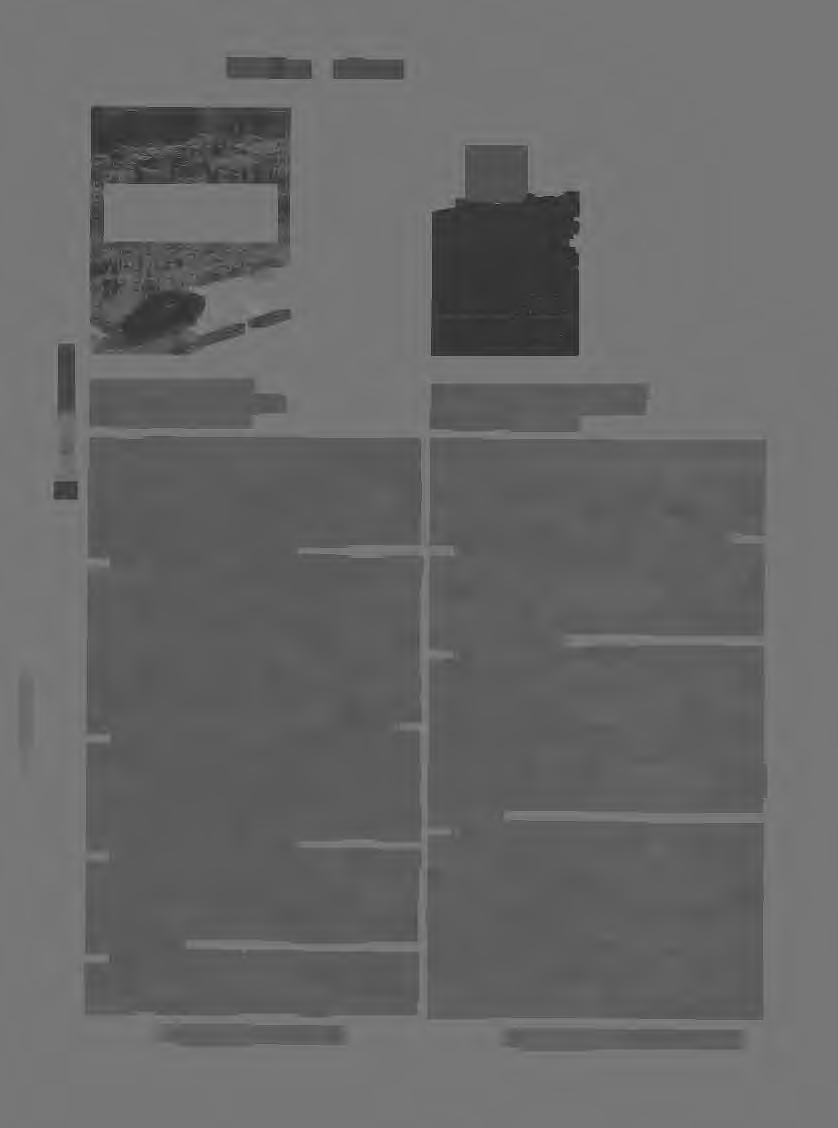










Duncan McCorquodale, editor
London: Black Dog Publishing, 2011 352 pages, $59.95 (hardcover)
For more than four decades, Krzysztof Wodiczko has been creating and installing large-scale public work across the globe. While he's best known for his video projections on the facades of public buildings, Wodiczko, now a professor of art and design at Harvard, has created other provocative and often political public art, including personalized vehicles for the homeless and instruments to help migrant communities communicate in their adopted culture.
All of Wodiczko's work is anthologized in a new book, Krzysztof Wodiczko (Black Dog Publishing). The tome takes a detailed look at Wodiczko's entire oeuvre, from early designs of the 1970s in his native Poland, to his contemporary work in the United States and Britain. As a young artist, Wodiczko was concerned with the question "How does one create?" and whether artistic creation was a private endeavor between an artist and his own aestheticism. He ultimately decided that it was not, that artistic creation is the product of public dialogue, and that an artist's goal is not to create beauty as much as it is to provoke thought and discussion. Beauty, said Wodiczko, was simply a way of "narcotizing society by means of art."
In keeping with this philosophy, Wodiczko practices what he calls Interrogative Design, a type of art that wrestles with life's big issues: homelessness, xenophobia, displacement, war, violence, abuse. These topics form the organizing principle of the book, and each chapter moves more or less chronologically through the pieces that relate to these larger themes. Fullpage photos and drawings are accompanied by critical essays, reviews, and interviews with the artist.
The essays in each chapter are written by noted sociologists, media theorists, art historians, and architects, and their dense writing is by turns illuminative and hard to pierce-an unfortunate aspect of the book since Wodiczko's art, by its nature, already gives the viewer a lot to grapple with. A more conversational discussion would have helped open his art to a wider audience.
But anyone looking for a complete guide to the work of Wodiczko will not be disappointed. The book is defined by detail and analysis, while equally celebrating one of the most political and prolific public artists of the past several decades.

ELLEN BERG is a Minneapolis writer and editor.
BETWEEN GRACE & FEAR:The Role of the Arts in a Time of Change
William Cleveland and Patricia Shifferd Champaign, IL: Common Ground, 2010
416 pages, $40 (paperback)
Reading this compendium of conversations with artists, philosophers, activists, theologians, community-development specialists, philanthropists, and others is partly an exercise in nostalgia. Published last year, it's based on interviews that appear to have mostly been held before the 2008 election and the Great Recession. To say that many of the issues faced by such folks have shifted since then is an understatement.
In fact, Cleveland and Shifferd's project was inspired by something they discovered during Continental Harmony, a nationwide, music-based, community-arts initiative way back in 2005. "In site after site," they write, "we found that, while people involved in civic affairs perceived the arts as a valuable asset, they did not see them as relevant to their core concerns as community activists."
The pair's response was to ask 30 knowledgeable people to talk about how this art/community divide has been and could be bridged. They also asked a wider question: "If a major shift in worldview is taking place, what role might society's arts and cultural resources play?" Responses range from the highfalutin (theorist David Korten's Hegelian assertion that we are on the cusp of the second of four epochs of consciousness) to the down-to-earth (Lily Yeh's account of how her simple art intervention in a Rwandan village-co-creating a beautiful painting on a village wall-lit the "pilot light" for entrepreneurial revitalization and economic renewal of the whole community).
That today's political gridlock and economic pessimism aren't factors in these pages means that they need to be read adaptively. Populist theorist and activist Harry Boyte's call for a revival of the spirit of the WPA cultural-political alliance is poignantly buoyant with pre-Obama change-hunger ("I think there may be a new sense of getting beyond ... Red versus Blue America"). But his call for artists (and all of us) to challenge the ruling paradigm of the citizen-as-consumer, purchasing services from government rather than taking a dignified part in a democratic experiment, couldn't ring truer today. And Arlene Goldbard's call for artists to continue helping once-unheard voices tell stories that challenge our journalistic, political, and marketing master-narratives feels both timeless and immediate.

JON SPAYDE is a contributing editor to Public Art Review.
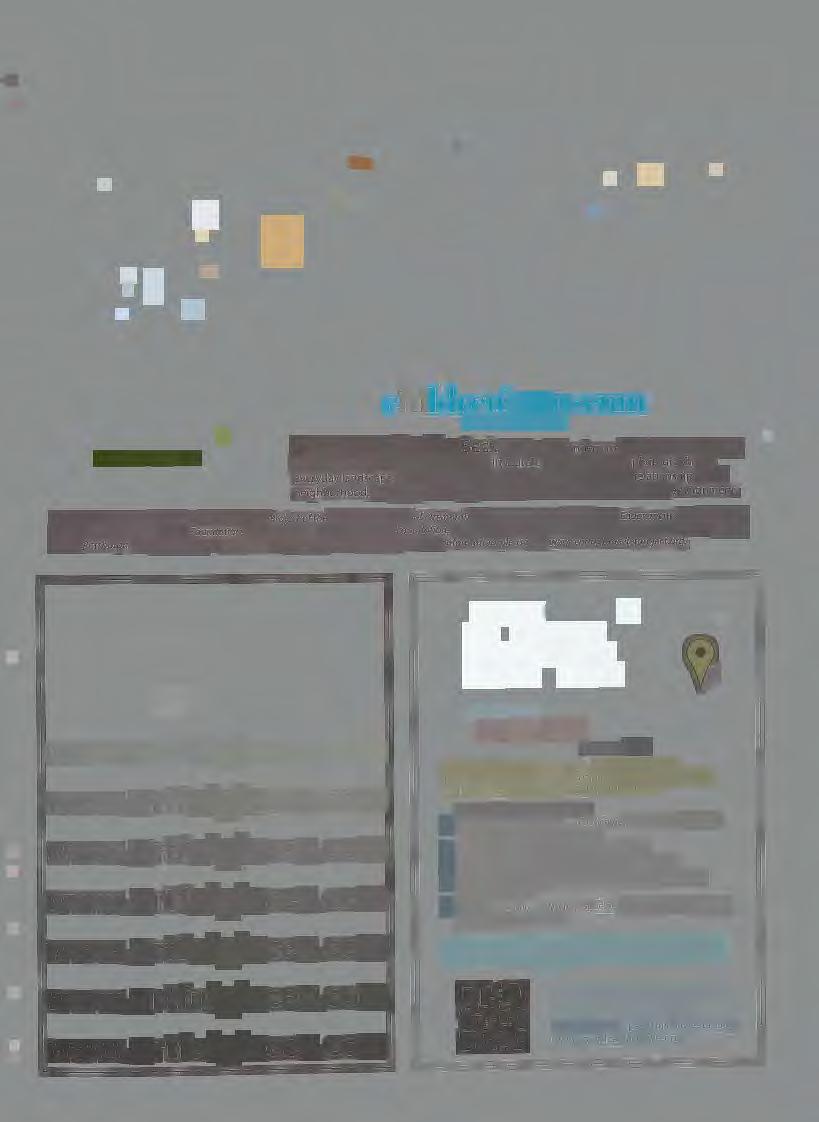
BL U E SK f ES by Kim Becklights up the underpass with a slice of a blue sky from a sunny day on the North Side of Pittsburgh. In this large scale photograph, the everyday landscape is elevated by the size of the print. With a direct relationship to the neighborhood, this piece of blue sky connects the natural world to the built environment.
UNDERPASSPublic Art Gallery is a Charm Bracelet Project of the Children's Museum of Pittsburgh and is made possible by The Heinz Endowments with additional support provided by The Grable Foundation, NRG Energy, Inc., Norfolk Southern Foundation, and National Endowment for the Arts. Special thanks to NRG Energy Center Pittsburgh, LLC. Digital print on vinyl (1O'x 92') by Alpha Screen Graphics. For more information, please visit www.charmbraceletproject.org.
70
:x, m C':I
m 2 -, ..., C: a, ,.; :!::; c:i
2 .,,
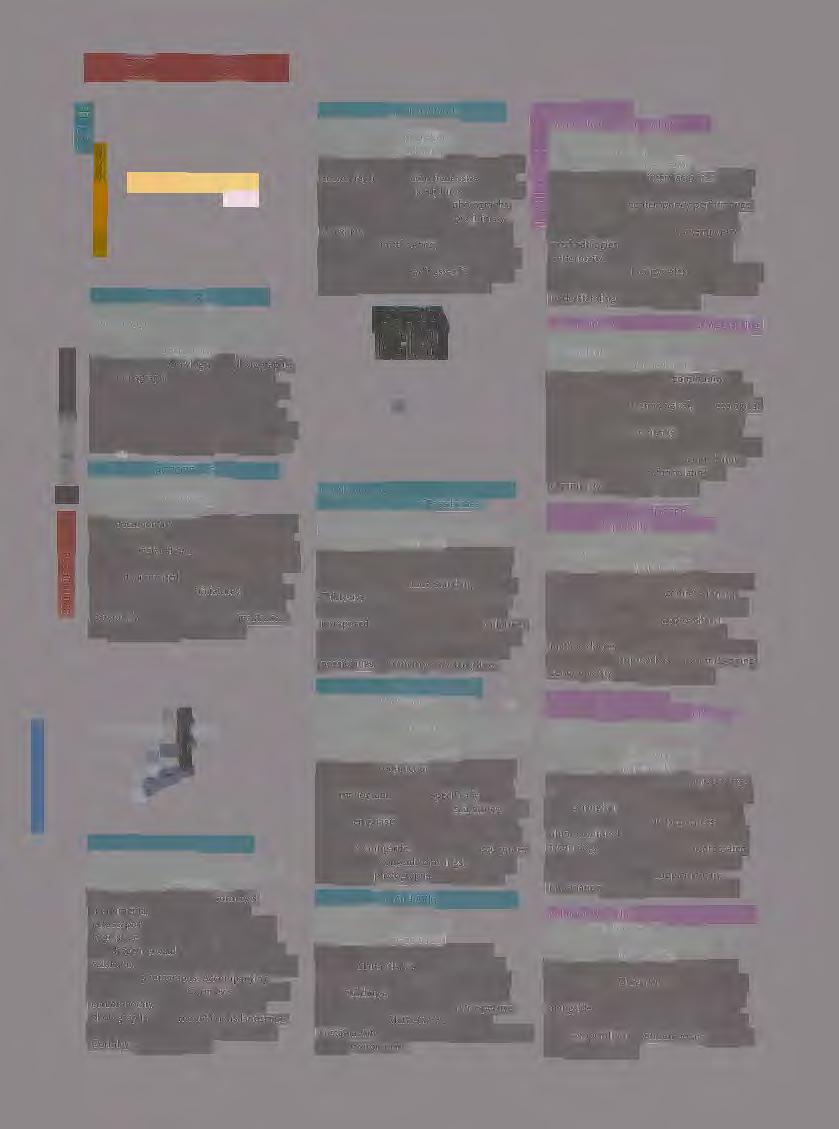
MARYLYN DINTENFASS: Parallel Park
Aliza Edelman
Stockbridge, MA: Hard Press Editions, and New York: Hudson Hills Press, 2011 140 pages, $50 (hardcover)
Through essays, drawings, and photographs, this monograph documents the work of Marylyn Dintenfass. It examines the artist's thematic fixation on postwar automobile culture, including her recent installation of Parallel Park, a 529-foot public artwork on the facade of a parking garage in Fort Myers, FL.
THE WORLD ACCORDING TO KAPOOR
Heinz Peter Schwerfel, director Paris: Schuch Productions, 2011 85 minutes, €20 (DVD)
This documentary recounts the story of Anish Kapoor through a visit to his London studio, as well as installations in Chicago and Naples and exhibitions in Bilbao, Mumbai, and Delhi. Works documented span his entire career, including his pigment miniatures, enormous mirrors, and wall hangings. The artist talks personally about his motivation, inspiration, and ongoing quest for new forms.
URSULA VON RYDINGSVARD: Working
Patricia C. Phillips
New York: Prestel Publishing, 2011
208 pages, $65 (hardcover)
Spanning the past 30 years of her career, this monograph takes a comprehensive look at the artist's immense sculptures shaped from cedar beams. Full-page color photographs document works in progress, preliminary drawings, and the artist at work on gallery and outdoor installations. Essays examine themes of exteriority and interiority, recycled materials, and Von Rydingsvard's personal history in connection to her artworks.
:::!!::SOCIAL WORKS:
v, Performing Art, Supporting Publics
Shannon Jackson I-
C::: New York: Routledge, 2011 310 pages, $39.95 (paperback)
;: Social Works takes an interdisciplinary look at C::: the forms, goals, and histories of innovative ffisocial practice in contemporary performance
;:: and visual art. Shannon Jackson presents a range of case studies and contemporary methodologies to examine the fields for performative and visual art studies. The resulting analysis incorporates current political and aesthetic discourses as well as a practical understanding of social practice.
COMMUNITY ART: The Politics ofTrespassing
Paul De Bruyne and Pascal Gielen, eds. Amsterdam: Valiz, 2011 373 pages, $28.98 (paperback)
This volume proposes that community art can be an integral part of effecting change in social, economic, technological, and ecological realms. It explores a multitude of practices and concepts of community art in western and nonwestern societies. Rather than arguing a single theoretical model, the contributors present a new critical reformulation of community art's place in society.
ANTONY GORMLEY: Horizon Field
Kunsthaus Bregenz, ed. Bregenz, Austria: Kunsthaus Bregenz, 2011 176 pages, $65 (hardcover)
The most recent of Antony Gormley's monumental projects set in natural landscapes was Horizon Field, a series of large-scale figures situated in the Arlberg and Bregenzerwald regions of Austria. This catalogue documents the installation through large color photographs. Accompanying essays critically place Gormley's work within contemporary art aesthetics. Sweeping photographs of the mountainous landscape juxtapose Horizon Field with a number of Gormley's previous works.
CONSTANTIN BRANCUSI AND RICHARD SERRA: A Handbook of Possibilities
Fondation Beyeler, ed.
Ostfildern, Germany: Hatje Cantz Verlag, 2011 244 pages, $75 (hardcover)
This book frames the likeness between the works of Constantin Brancusi and Richard Serra through their understanding of space. Thirty-five major Brancusi works including The Kiss and the Column of the Infinite are juxtaposed with a selection of Serra sculptures across his career. The title reveals how these sculptors delved into the essence and the possibilities of contemporary sculpture.
DAVID SMITH: Cubes and Anarchy
Carol S. Elie!, Christopher Bedford, Alex Potts, and Anne Wagner
New York: Prestel Publishing, and Los Angeles: Los Angeles County Museum of Art, 2011 176 pages, $49.95 (hardcover)
Published in conjunction with an exhibition at the Los Angeles County Museum of Art, this monograph focuses specifically on the geometric features of Smith's sculptures, with special emphasis on the Cubi series. Essays explore Smith's interest in utopian optimism and the avant-garde. Illustrations of sculptures are included alongside drawings, paintings, and vintage photographs from the artist.
GORDON MATTA-CLARK: Conical Intersect
Bruce Jenkins
London: Afterall Books, 2011
l 02 pages, $16 (paperback)
This book provides a focused study of Gordon Matta-Clark's 1975 work, Conical Intersect, a spiraling "cut" into two derelict Paris buildings. As a part of Afterall's One Work series, this book offers a retrospective examination of Matta-Clark's focus on sustainability and the creative reuse of the built urban environment.
LOCATING THE PRODUCERS: Durational Approaches to Public Art
Paul O'Neill and Claire Doherty, eds. Amsterdam: Valiz, 2011 421 pages, $27.50 (paperback)
This book explores how durational processes to public art curating and commissioning have emerged as an alternative to nomadic, itinerant, and short-term approaches. It provides an assessment of curatorial methodologies and explores why curators are adopting these approaches to commissioning contemporary art for specific places.
CHECK IN/ CHECK OUT:
The Public Space as an Internet of Things
Christian van 't Hof, Rinie van Est, Floortje Daemen, eds.
Rotterdam: NAi Publishers, 2011 160 pages, $40 (paperback)
Charting the increase of digital surroundings in our daily lives, this book uses case studies from Shanghai, Tokyo, London, and Rio de Janeiro to examine the consequences of an ultra-monitored society and questions when technology aids or restricts us. Incorporated into the book's design are digital tags that allow readers to access supplementary information through their mobile devices.
(DIS)LOCATIONS: Exile, Topology, Relocation Gabriela Vaz-Pinheiro, ed.
Porto, Portugal: University of Porto, 2011 180 pages, €18 (paperback)
This book gathers capstone projects from students of the University of Porte's Master of Art and Design for Public Space program alongside texts by public art experts and a graphic novel by Jimenez Lai. It is presented as a compendium of contemporary public art and space thinking.
ART & AGENDA: Political Art and Activism
Robert Klanten, Matthias Hubner, Alain Bieber, Pedro Alonzo, Gregor Jansen, eds. Berlin: Gestalten, 2011
288 pages, $68 (hardcover)
This book explores the impact of political activism on contemporary art. Featured artists' work spans genres of urban intervention, sculpture, posters, paintings, and performances. Art alAgenda documents current artworks with an eye to future forms of political discourse.
Frederick Steiner
Austin: University of Texas Press, 2011
304 pages, $45 (hardcover)
Frederick Steiner uses this book to make a case for design practice grounded in ecology and democracy, informed by critical regionalism and reflection. He encourages a broad view of ecology that encompasses human and natural, urban and wild environments. He also examines the lessons to be learned from disasters both human and natural, including 9/11, Hurricane Katrina, and the BP oil spill.
LI.I PUBLIC ARCHITECTURE: The Art Inside
§; Curtis Fentress
t; Pt. Reyes Station, CA: ORO Editions, 2010 394 pages, $85 (hardcover)
:c This large volume tells the story of Curtis Fentress, an architect known for his award< winning designs of international airports, national museums, courthouses, and government buildings. His Denver-based firm was recently honored with the American Institute of Architects' 2010 Thomas Jefferson Award in recognition of his contributions to public architecture. Spanning 30 years of the firm's work, Public Architecture examines the creative working process, including 39 projects showcased through photographs, illustrations, and essays from the architect himself.
SENTIENT CITY: Ubiquitous Computing, Architecture, and the Future of Urban Space
Mark Shepard, ed.
Cambridge, MA: MIT Press, and New York: Architectural League of New York, 2011 231 pages, $24.95 (paperback)
This book examines the experience of living in a "smart" city. Five teams of architects, artists, and technologists imagine a variety offuture interactions that happen as computing spills out of our desktops and into the streetsfrom "electronically assisted" plants that encourage energy conservation to a trash can that throws back the wrong kind of trash. Each proposed project is described, documented, and illustrated alongside theoretical essays that look at the future of our digitized urban space.
Send RECENT PUBLICATIONS announcements to: info@ForecastPublicArt.org
HOLY HIATUS:
Ritual and Community in Public Art
Ruth Jones, ed.
United Kingdom: Parthian Books, 2010 126 pages, $25.95 (hardcover)
In May 2008, five temporary art events exploring themes of ritual, community, and place occurred in public spaces throughout Cardigan, England. This book documents each artist's approach to their "performative interactions" and contextualizes the public art examples within the realms of anthropology, sociology, and religious studies.
OUTDOOR SCULPTURE IN BALTIMORE:
A Historical Guide to Public Art in the Monumental City
Cindy Kelly
Baltimore: johns Hopkins Univ. Press, 2011 416 pages, $49.95 (hardcover)
This book highlights more than 250 outdoor sculptures throughout Baltimore, providing title, location, sculptor, date, medium, donor, and photographic portraits. Author Cindy Kelly presents 18 different walking and driving tours with maps to help readers experience what makes Baltimore "the monumental city."

WALL: Andy Goldsworthy
Kenneth Baker, Andy Goldsworthy, and jerry L. Thompson
New York: Abrams, 2011
92 pages, $32.50 (paperback)
Built in 2000, Andy Goldsworthy's 278-foot stone wall at Storm King Art Center has since been a seminal fixture of the sculpture garden as well as the site of numerous ephemeral artworks. This book provides documentation of the wall through its creation and subsequent duration through the cycle of the seasons. An essay by art critic Kenneth Baker considers the Storm King wall in the context of Goldsworthy's other works.
LUCY+ JORGE ORTA: Food, Water, Life
Lucy and Jorge Orta
New York: Princeton Architectural Press, 2011 192 pages, $40 (hardcover)
Paris-based husband-and-wife team Lucy and Jorge Orta have produced work that addresses universal concerns of community, shelter, migration, and sustainable development since 1993. This book features hundreds of drawings and photographs presenting recent works that address issues of food, water, and the environment.
STATUESQUE
Nicholas Baume
New York: Public Art Fund, 2011 l 70 pages, $29.95 (hardcover)
This catalogue documents Statuesque, a group exhibition commissioned by Public Art Fund that was installed in 2010 at City Hall Park in New York City and in 2011 at the Nasher Sculpture Center in Dallas. It contains thorough photographic documentation of the exhibit as well as an exploration of figurative sculpture in contemporary art through interviews and essays.
THE BEAUTIFUL WALLS:
Photographic Elevations of Street Art in Los Angeles, Berlin, and Paris
Larry Yust and Patrick A. Polk
Seattle: University of Washington Press, and Los Angeles: Fowler Museum, 2010 l 00 pages, $40 (hardcover)
Photographer Larry Yust traveled to metropolitan centers in pursuit of the finest graffiti-covered walls, buildings, and railcars.
The result is this collection of panoramic images documenting the artistry and audacity of street artists around the world. This book's wide pages unfold to reveal multi-block views of densely painted and wheat-pasted surfaces. Yust's short statements accompany each image to tell the story of discovering graffiti.
AGAINST THE WALL:
The Art of Resistance in Palestine
William Parry
London: Pluto Press, and Chicago: Lawrence Hill Books, 2011
192 pages, $19.95 (paperback)
This book illustrates the lives of those affected by Israel's separation wall through photographs of artworks on the barrier and personal perspectives of local residents. Photographs of the wall highlight works by Banksy, Ron English, and Blu as well as Palestinian artists, activists, and frustrated citizens. Interspersed with the photographs are vignettes from those for whom the wall presents a daily barrier.
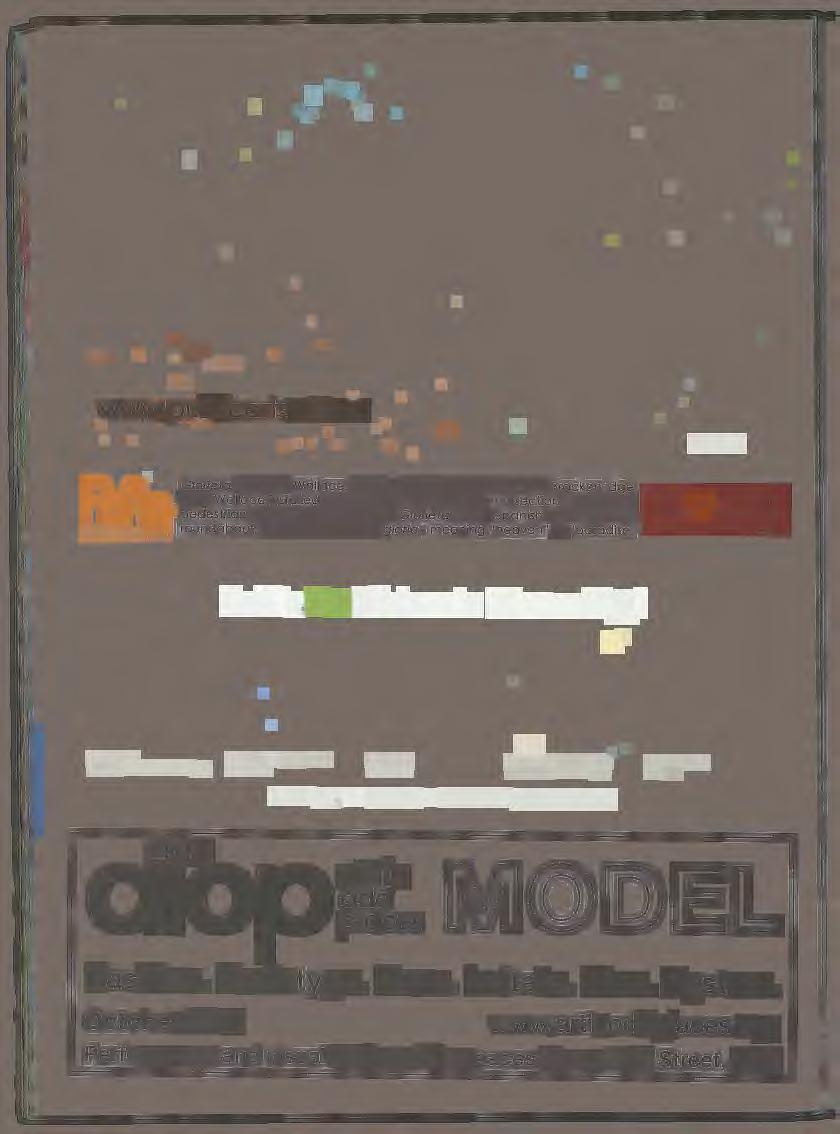
Glorieto by Anne Wallace: using a fallen Pecan tree from Brackenridge Park, Wallace installed its cast bronze slices at an intersection of two park pedestrian paths. The site is named Glorieto from a Spanish term for traffic publicarl sananlon,o roundabout, but also refers to lo glorio- meaning "heaven" or "paradise."

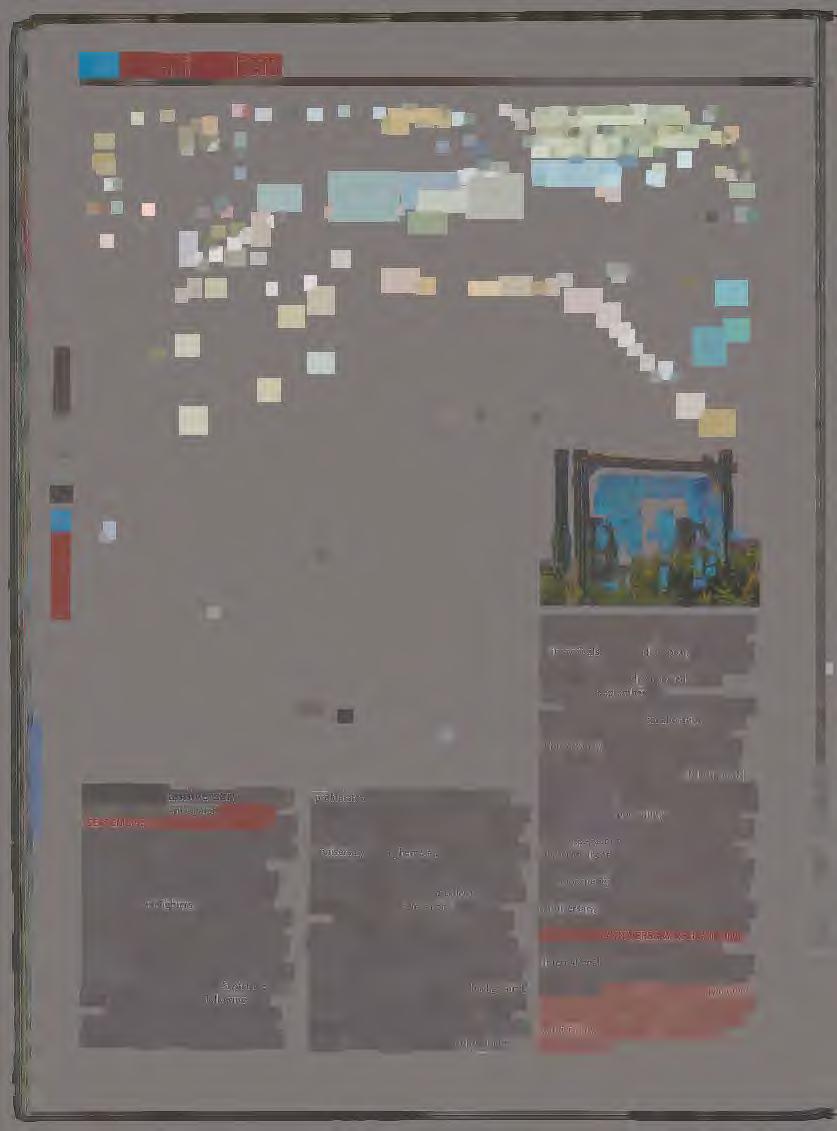
On the tenth anniversary of the 9/11 attacks, the highly anticipated NATIONAL SEPTEMBER11 MEMORIAL & MUSEUM (top and bottom left photos) opened in New York. The museum will house some of the memorial artifacts of the 9/l l attacks, including a salvaged staircase that was used to escape the fallen towers and the steel-beam cross that inspired firefighters. Designed by the architect Michael Arad, the memorial features two 30-foot waterfalls that line the footprint of the Twin Towers and plunge into the earth, invoking a sense of void and absence where the looming towers once stood. The memorial opened to victims' families on September l l, 2011, and to the public the following day. While this museum and memorial are perhaps the best-known public art projects dedicated to 9/l l, other important work has
proliferated. Tributein Light,by artists Julian LaVerdiere and Paul Myoda, is a set of two powerful lights that are projected vertically into the sky where the towers stood, every year on the anniversary. The ephemeral, ghostlike beams of light invoke the absent towers and their missing inhabitants as they rise skyward and reach for heaven. Due to funding problems, however, 201l was likely the installation's last year.
On a foggy day this past June, Chinese artist Liu Bolin created one of his signature "hidden" photos against the New York skyline where the towers once stood. Hidingin the City features Mr. Liu, who is painted from head-totoe in colors that exactly match the background, standing in front of the Freedom Tower and the space where the towers once stood. Liu had never worked in America before, but a "hidden" photo in honor of9/l l seemed appropriate:
Critics have long noted that Liu's work invokes the people who get lost in cities or countries -individuals who just disappear, as dissidents often do in his native China. The work honors the 3,000 lives that disappeared on the morning of September l l.
A public art project created by the Tribute WTC Visitor Center, in collaboration with the nonprofit Feel the Music and The Battery Conservancy, asked the people who live and work in Lower Manhattan to draw out their feelings about the 9/l l attacks. Throughout the month of July, tables with art supplies were set up in parks in Lower Manhattan and people were given the opportunity to draw or write on small pieces of Mylar. The drawings ranged from expressions of sadness and heartfelt remembrances to anger. "We wanted to give people who live and work in Lower Manhattan an opportunity to think about and share their thoughts as we approach the intensity of the anniversary," said Meriam Lobel, curator of the Tribute WTC Visitor Center. The pieces, called 9/11 TENTH ANNIVERSARY REFLECTIONS (bottom right), were woven together by international painter and muralist Tova Snyder into collages hung between poles of bamboo near the site. Photosof the NationalSeptember 11 Memoriala[ Museum by ZipporahYamamoto (top and bottom left). Photoof the 9/l l Tenth Anniversary Reflections © ValerieGhent (bottom right).
This summer, five adjacent homes in Seattle's North Capital Hill neighborhood were transformed into an art installation.
MAD HOMES was presented by MadArt, an organization that fosters community engagement in the arts through novel installations. The group decided that rather than present art on walls, they would transform the walls themselves into the objects of art. One artist, for example, tied two houses together with red ribbon. The house next door was wrapped in plastic sheeting and slapped with a shipping label and bar code. The five homes were open to the public from July 16 to August 7.
The project's unique location allowed artists to create new and distinct works that would be impossible to stage in a gallery space. It also captured an audience that might not normally attend a gallery show. In addition to staging installations, MadArt focuses on supporting local artists and giving them the space and resources to create work. Individual artists on the Mad Homes project included Laura Ward, Allyce Wood, Allan Packer, Troy Gua, SuttonBeresCuller (a collaborative group), Julia Haack, Luke Haynes, Jason Puccinelli, Elizabeth Potter, Ryan Molenkamp, Meghan Hartwig, and Amanda Manitach. Photo (above) courtesyMadArt, (right) by www.wil/austin.com.
Some large, colorful sea creatures welcomed visitors to the Marine Mammal Center in Sausalito, California, this past summer. But while the critters came from the sea, they originated in factories across the world. The creatures in WASHED ASHORE: PLASTICS, SEA LIFEAND ART were made from plastic trash that washed up on the ocean shore.
Artist Angela Haseltine Pozzi began collecting ocean trash along a 20-mile stretch of shore near her Oregon home in 2009. She and several volunteers eventually collected over 7,000 pounds of plastic waste, including flotsam that had traveled many thousand of miles: She found water bottles from the Beijing Olympics and detergent bottles from Russia and England. Pozzi, who is also the executive director of the Artula Institute for Arts and

Environmental Education in Bandon, Oregon, has devoted her career to the problem of plastic pollution in marine ecosystems.
The show includes 16 large-scale sculptures built entirely out of ocean trash, including Whale Bones(right), which is about 12 feet high. She made the pieces large to highlight the equally huge problem of plastic marine pollution. Americans use about a billion disposable plastic shopping bags a year, and many of them wind up in storm drains and rivers that flow to the ocean. Scientists have identified a floating mass of plastic in the ocean that is double the size ofTexas.
This was the sixth time WashedAshore had been exhibited since 2010. For updates on the global tour, visit: www.washedashore.org.
Photo by Sue Lentini Stewart.
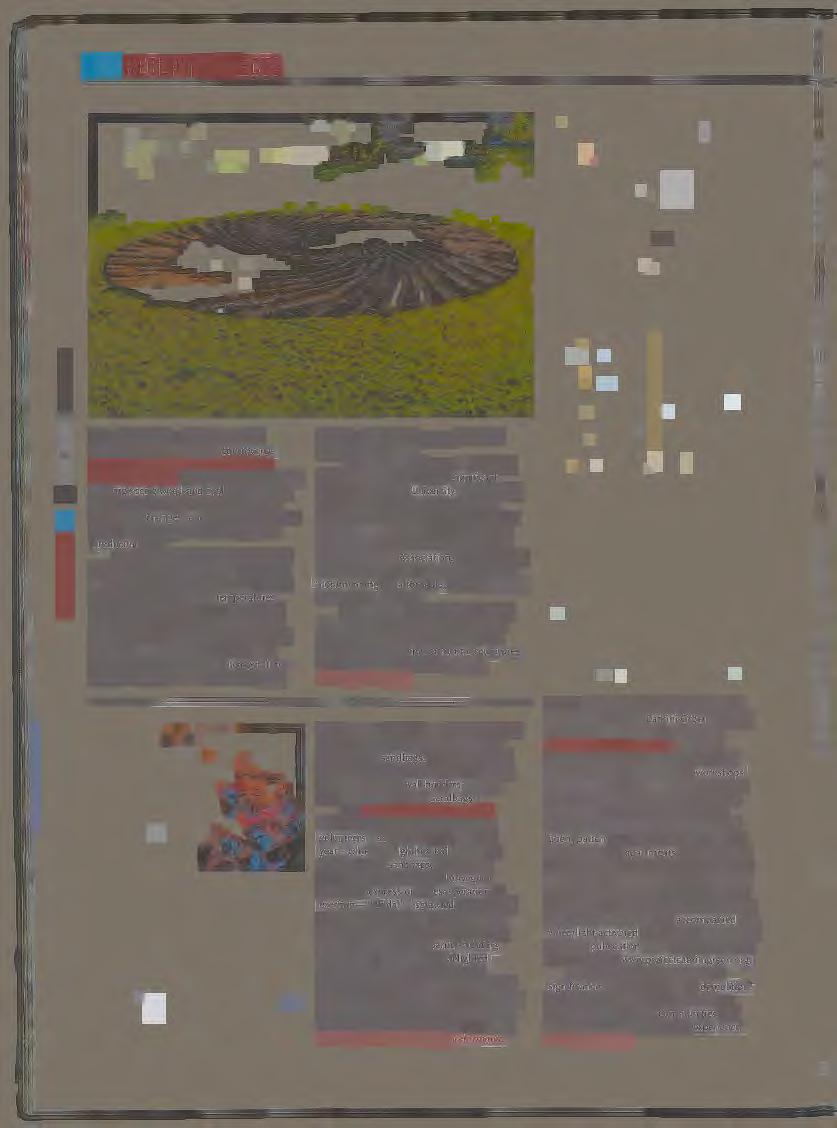
An art installation on the University of Wyoming campus is causing controversy. CARBON SINK: WHAT GOES AROUND COMES AROUND, by British artist Chris Drury, is a large-scale wood-and-coal land sculpture that invokes a link between human activity and climate change-and that has upset some people in Wyoming, the nation's top coalproducing state.
The piece is a swirl of logs and coal laid together on the ground. The logs were felled by pine beetles, insects that used to be killed off by the below-zero winter temperatures in the Rocky Mountains. But as the winters have gotten warmer due to climate change, the beetles have survived. When burned, the lumps of coal, adjacent to the felled logs, contribute to the Earth's rising temperature. Drury had hoped that the work would spark
debate on the college campus, but didn't expect a full-out fight.
Coal mining is big money in Wyoming and the industry has donated significant amounts ofit to the University. The sculpture has been up for the past three years and while time and weather are expected to wear it down slowly, it won't be soon enough for coal industry insiders. The president of the Wyoming Mining Association, Marion Loomis, has threatened to erect a nearby installation "commending the affordable, reliable electricity that comes from coal."
The sculpture was paid for by a public grant through the Wyoming Cultural Trust Fund and a private donor. Drury is a land artist who has built environmental sculptures across the United States and Europe.
Photo by Chris Drury.
Every spring in the Red River Valley, residents prepare for potential flooding by readying thousands of sandbags. In the past several years, artist Michael Strand has been trying to lighten sandbag wall-builders' psychic load by adding art to the sandbags.
The FARGO SANDBAG PROJECT is the work of Strand and thousands of volunteers-as many as 5,000 this past year-who paint lighthearted pictures or phrases on the sandbags. Examples of some of the art include the Norwegianinfluenced expression for exasperation or exertion-"Uff da!"-scrawled across a bag, or a pink robot drawn by a second grader. The artist hopes that as these bags pop up during the long hours of barrier-building, people will be surprised and delighted, pointing the artwork out to the other volunteers around them. He likens the bags to SO-pound greeting cards that lift the spirits of tired, cold, and wet volunteers. This year, volunteer artists decorated over 9,000 bags. Photosby Dan Koeckand Kay Beckermann.
Jan Tichy and Efrat Appel turned the demolition of the last Cabrini-Green high-rise last March into a public art project. For PROJECT CABRINI GREEN, the artists, together with students from the School of the Art Institute of Chicago, held workshops in which they helped youth from the CabriniGreen area to write and record poems. The artists then translated 134 of the poems into visual patterns of blinking lights. Each poem-pattern LED light was then put in one of the empty 134 apartments of the high rise. As the building was demolished over the next four weeks, the blinking lights were gradually erased with the building. A live-feed video of the project was shown at the Museum of Contemporary Art, Chicago, and accompanied by a voice/light-activated model of the high-rise and a printed publication of the poems, which can now be heard at www.projectcabrinigreen.org.
The project aimed to highlight the significance of the moment of the demolition, while enabling young people to reflect on the social issues in their communities and empower them through creative experience. PhotosbyJan Tichy.
The recent remodel of San Francisco International Airport's Terminal 2 (T2) included three large-scale artworks for the glass fa~ade, entry lobby mezzanine, and post-security area, and two other interactive works were commissioned for the children's play areas. For the glass fa~ade that flanks either side of the pedestrian bridge and main entry, the Arts Commission and the Airport chose a work by Norie Sato. Her finished piece, AIR OVER UNDER, explores flight's inherent, often-contradictory qualities. The piece, which is composed of 120 laminated glass panels each measuring 4 by l 0 feet, is both ephemeral and symmetrical, abstract and pictorial, natural and man-made. The piece's aim is to capture the sense of being both over and under clouds while in a plane, yet what the viewers see depends on their angle and distance from the work. From one viewpoint the painting looks clear; from others it is more abstract and atmospheric. The colors, too, change gradually from blue to green on one side and blue to purple on the other side. Photo by Bruce Damonte.
In April, Iowa added another prestigious bridge to its already wide selection. Spanning the Des Moines River between the towns of Woodward and Madrid, the HIGH TRESTLE BRIDGE, created by artist David Dahlquist, melds industrial materials and contemporary design. It is also the final link in the 670-mile-long trail system that connects Des Moines, the capital, to the other areas in Central Iowa.
The bridge is flanked by angled cribbing on both sides. The cribbing is spaced 110

"Hey, men of Atlanta, you are lookin' good 1" On Monday, March 21, male pedestrians at the corner of Edgewood Avenue and Park Place in Atlanta, Ga., were in for an unexpected earful. Artists Stefani Byrd and Wes Eastin installed I GO HUMBLE, an interactive video installation that was meant to raise awareness of street harassment. The installation allowed
four members of a local improv troupe-two women and two gay men-whose images were projected on large screens on the corner, to observe the crowd and catcall the men. The group hoped to use humor to raise awareness of this behavior, which can be uncomfortable for the women who are more typically on the receiving end. Byrd and Eastin's work often
feet apart at one end of the bridge, but the sections get closer together as the bridge extends across the river. The visual effect of the decreasing space between the cribbing is the illusion of descending into a mine shaft. Two 36-foot-tall stone monoliths stand on either side of the bridge and form an enormous V that accentuates the entrance into the river valley. The pillars were layered with more than 16,000 custom-glazed ceramic tiles that were made to look like coal. Photo by Kun Zhang.
focuses on "empathy training" where audiences are put on the receiving end of playfully staged inappropriate behavior.
The project was supported by the Digital Arts Entertainment Lab at Georgia State University and Flux Projects, which supports artists in creating temporary public art throughout Atlanta. Photos© 2011 Stefani Byrd+ Wes Eastin.
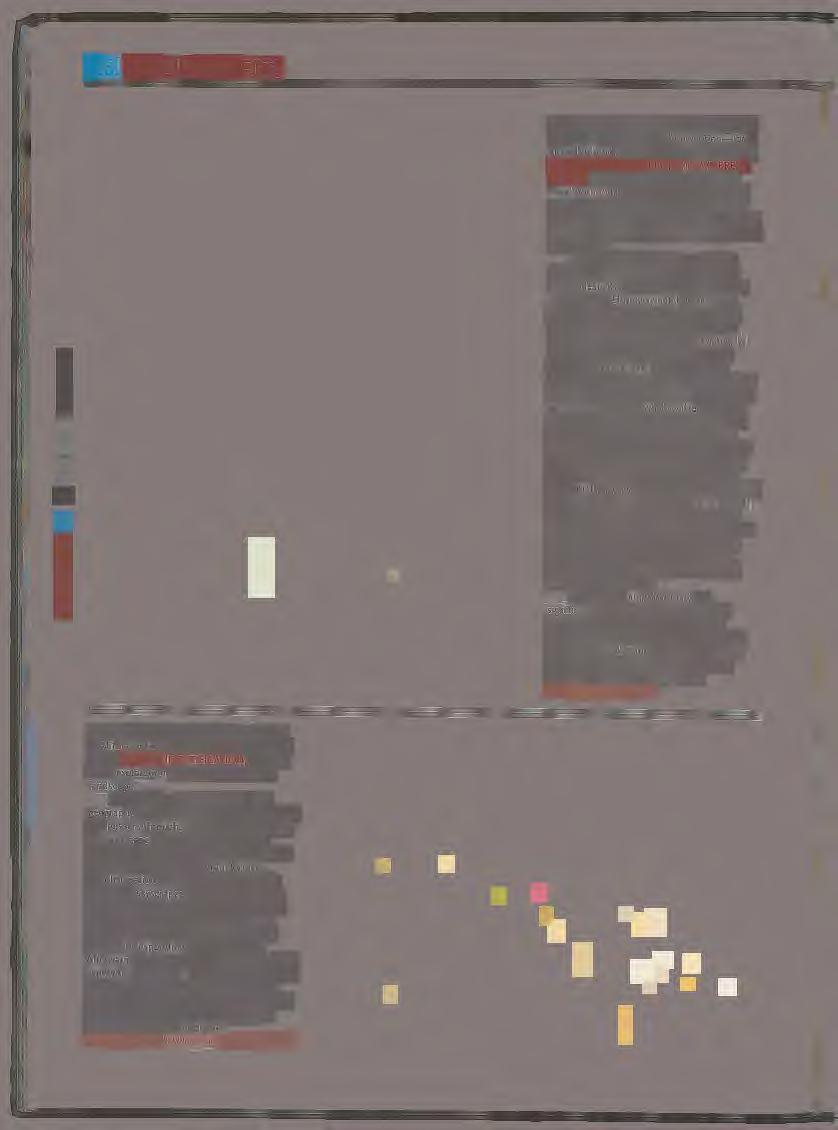
During the Northern Spark public art festival in Minneapolis in June, The Notion Collective staged STATION IDENTIFICATION, an interactive exploration of the Twin Cities' radio landscape.
Radio plays an important role in the geography of modern cities. For many residents and passers-through, it's not maps that shape the landscape in people's minds, but the radio dial. To explore this connection between radio and place, the artists transformed the observation deck of the Foshay Tower, a downtown skyscraper, into a radio compass. Visitors walking through the space were able to scan the radio dial with their feet, while radio receivers were placed in the direction of their corresponding broadcast tower. Afterward, visitors were able to respond to their experience by voicing it on a temporary Internet radio station located in the Foshay.Anyone with access to the Internet and speakers could then listen to the program inspired by this specific location and experience. Photoby MichaelEckbladjTheNotion Collective.
Artists Richey Piiparinen and Melissa Daubert decided it was time for an intervention-for a neighborhood. Their urban art therapy project THE W83RD STREET PROJECT-WHERE IS HOME? is built on the idea that cities and neighborhoods have emotional lives of their own, and that they must be tended to. If you construct buildings on psychic junk and expect change, the theory goes, you will only get more of the same.
The idea for the project came after a natural gas explosion (that was later ruled arson) destroyed a block on West 83'd Street in the Detroit Shoreway neighborhood of Cleveland, Ohio. The block became a highprofile example of the corrosive effects of neglect. To "intervene" and help psychically repair the block, the artists first obtained access to a condemned and abandoned house three lots away from the explosion site. They then turned the home into an interactive installation. They cut window-like views into the house from the outside that showed old studs and the peeling layers of the house. They also installed an eye made of cardboard at the top of the house. The idea behind the eye was to literally put a face to the house. Other installations were staged in the driveway, and yet another part of the project happened at a nearby church, where the artists asked visitors the question: "Where is home?" Later the visitors' silhouettes were drawn on the walls and their responses to the question were stenciled into thought bubbles above their silhouetted heads.
Neglect and abandonment are significant problems in the rust belt. The intervention was meant to address the sadness, danger, and damage caused by the loss of this block-and the loss of so much more across the region. Cities, the artists seem to be saying, are mortal, too. PhotobyJules Dornback.
Followingthe successof an installation by artistTakashi Murakami in 2010, the seventeenth-century ode to opulence, Palace Versailles, invited French artist Bernar Venet to temporarily install a number of monumental sculptures in the palace gardens.
Venet designed a series of seven large, Corten steel sculptures that were installed at different spots on the surrounding grounds from June through November.
Last August, a quiet field just outside Hamburg, Germany, was transformed into a tiny subterranean city. NORDKREUZ, which was brought to life by the Berlin-based artist EVOL, was installed as part of the annual MS Dockville Arts & Music Festival.
The miniature city, a few short city blocks of paper-and-stencil skyscraper facades, had streets just wide enough for people to walk through, giving visitors the feeling of being giants in a miniature land. At night, the miniature subterranean streets were illuminated, literally bringing underground nightlife to life. Because the tops of the "buildings" were ground height, the structures seemed to have green rooftops and lofted gardens-two trends in urban green construction in recent years.
In the past, EVOL has transformed urban objects into miniature buildings, but this time the artist inverted that usual approach and transformed the rural countryside into a miniature city. At the end of the festival, the stenciled building facades were removed, and the small-scale city returned to the dirt forever. Photos© EVOL.
A native Frenchman, Venet is interested in the relationship between art, landscape, and architecture, and was excited to install work at Versailles. "It was an amazing backdrop for my sculptures," says Venet. "Versailles, as I see it, is all about wide-open spaces and perspectives that stretch as far as the eye can see. It is the perfect venue for my sculptures-and a real challenge to take on such a sublime, grandiose milieu."

In the Place d'Armes, one of the individual works, 85.8° ARC X 16, consists of a set of arcs that, from one angle, visually encompasses Louis XIV's equestrian statue, and from another, frames the chateau itself. Pictured above is ARCS EN DESORDRE: 5 ARCS X 5. The exhibition received more than six million visitors while it was open.
Photo byJerome Cavaliere,courtesyArchives BernarVenet.

As part of the third annual Sculpture by the Sea exhibition in Aarhus, Denmark, this past June, British architect and designer Mark Nixon installed the kinetic sculpture CHIMECCO.
The piece is a large-scale wind chime made with 600 gold-anodized aluminum pipes and attached to the underside of a bridge nestled in the woods near the sea. The pipes are each 50mm in diameter but vary in length (and, accordingly, pitch) from 120mm to 3,750mm, a range of lengths similar to traditional small-scale wind chimes. The chimes could be "played" by manipulating spring-loaded nodes on the surface of the bridge.
Nixon wanted the sculpture to operate on three levels-as a catalyst for conversation and play; as a piece that slowly reveals itself as people cross the bridge with the wind chimes hidden below (or, if there is no wind that day, a piece that never reveals itself); and as playable through both human (the nodes) and natural (the wind) movement.
The piece was installed through July, but those who still wish to experience the sights and sounds can visit this panoramic website that captures the chimes in action (http:// fvlmedia.panodep.dk/sbts207 7/vtour/m3.htm).
Photos by Aja Barby Ortenblad.
A long, winding, multicolored bridge that stretches between two parks on opposite sides of the Rhein-Herne Canal has sprung to life.
The bridge, designed by Tobias Rehberger, was completed and illuminated this past July. The lights highlight the varied rainbow colors of the bridge and its lofted, ribbon-like quality. The bridge is long-406 meters-but feels light as air thanks to an innovative minimalist design. The name of the bridge, SLINKY SPRINGS TO FAME, highlights the other distinct feature of the structure: the slinky-like spiral that encases the walkway. The name was an actual advertising slogan for a toy slinky in the 7940s. Rehberger is a native of Germany and his work has been recognized in international showcases, including the prestigious Venice Biennale. Photo by Roman Mensing/ artdoc.de.
To celebrate Buenos Aires being named the 207 7 World Book Capital by UNESCO, Argentine artist Marta Minujin created the TOWER OF BABEL, a spiraling tower structure made from books from all over the world. The tower, which is composed of 30,000 books donated from libraries, individual readers, and more than 50 embassies, reaches 82 feet high and took weeks to complete.
Built-in scaffolding that lined the cascade of books allowed visitors to ascend the tower. The walk was accompanied by music composed by Minujin and the recorded sound of her voice saying the word "book" in several different languages. Minujin has built largescale structures out of books in the city before: in 7983 she constructed a full-scale model of the Parthenon using books banned by the military dictatorship then in power.
When the Tower of Babel was taken down at the end of May, book lovers were allowed to take one book each. The remaining books will be used to create a new archive, The Library of Babel, in Buenos Aires. Photo by Gustav's/Ffickr.
If passersby thought they saw something unusual on the electronic billboards at the Burrard Street Bridge in Vancouver in April, they were right. DIGITAL NATIVES used an electronic billboard near the bridge to flash brief, artist-written messages in between the static advertisements that normally rotate on the billboards every l 0 seconds. The messages related to the location and history of the area near the billboard, and the nature of digital language and translation. The installation coincided with the 125th anniversary of the city of Vancouver.
The messages were meant to be an exploration of language in a public space, and a forum for exchange between Native and non-Native communities (the Burrard Street bridge is located in Squamish Nation territory). Artists and writers from across North America contributed messages, sent in the form of tweets, to appear on the billboard; First Nations youth were encouraged to tweet messages for possible publication. Sixty messages were chosen in all.
The project was organized by the Other Sights for Artists' Projects, a collective of Vancouver-based individuals with expertise in curation, project management, presentation, delivery, and promotion of temporary art projects in public spaces. Photo by Barbara Cole.
In April, Australian artist Konstantin Dimopoulos transformed the Garden City Community Park in Vancouver, British Columbia, into a forest of bright blue trees. THE BLUE TREES was constructed as part of the Vancouver Biennale. Dimopoulos and volunteers arranged 21 unplanted red alder trees in the park and then painted all the bark blue. The pigment remained on the bark for several months and then naturally faded away. The trees were planted on Earth Day, becoming a permanent part of the park. The artist later installed similar works in nearby Port Moody and West Vancouver.
Dimopoulos describes the work as "social art action" and he hopes that the blue color, one not naturally associated with trees, will help spark people to think about the important role trees play in human survival -and encourage discussion of how the earth's forests are disappearing. Dimopoulous, an Australian, first installed a series of blue trees in Melbourne, Australia, several years ago.
Photo by Clayton Perry.
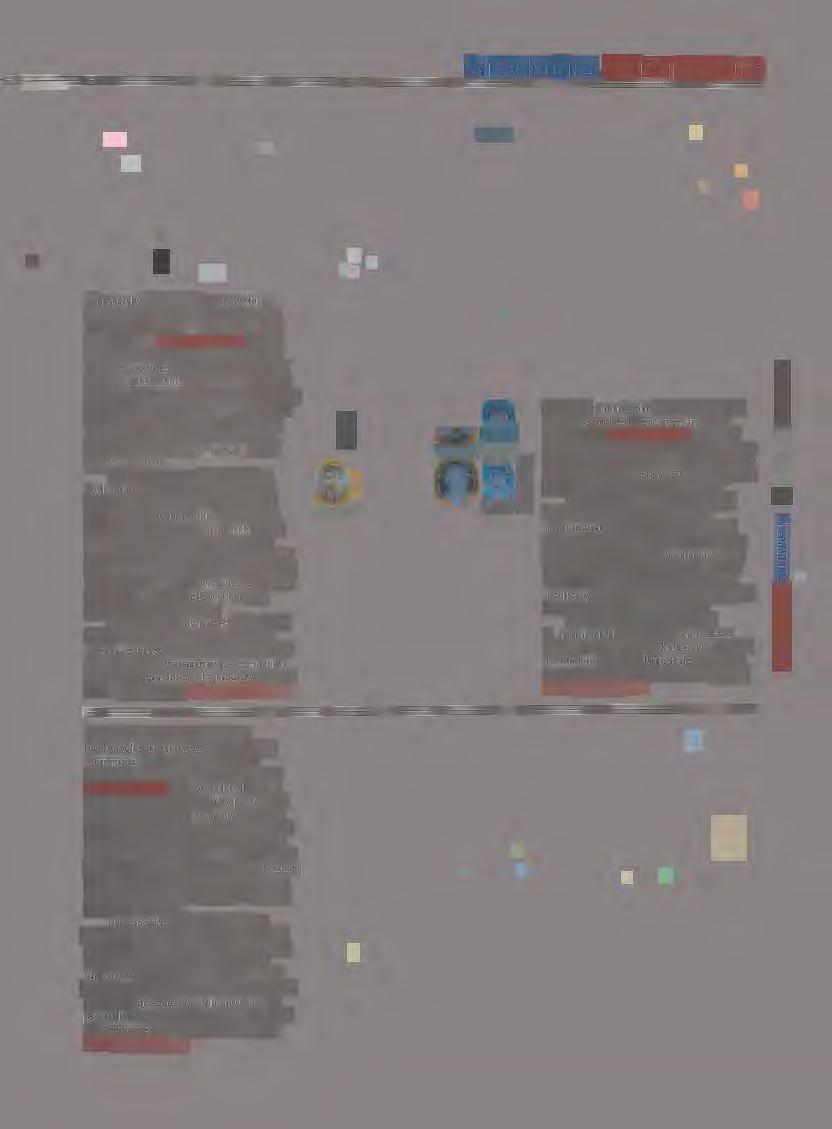
Artist and humanitarian activist Alayna Wool recently completed a documentary photo project called LIVING HISTORY in Rabinal, Guatemala. The project, a 490-foot photo montage covering a cemetery wall, pays homage to those who died in Guatemala's genocide of the 1980s. Many families had few survivors.
After helping survivors locate photos of their lost family members through identification centers and a public right-toobtain law (that many families were unaware of), Wool used an exterior architectural wrap made by 3M to create the montage of more than 2,000 photos. Members of the village frequently pass by the wall of the cemetery and are now able to see their loved ones.
Wool says that the installation is a "monumental project that encompasses history, cultural aspects, photography, and the community, all in one large-scale piece." She won a Woman of PeaceAward for the project.
Photos by Alayna Wool.
